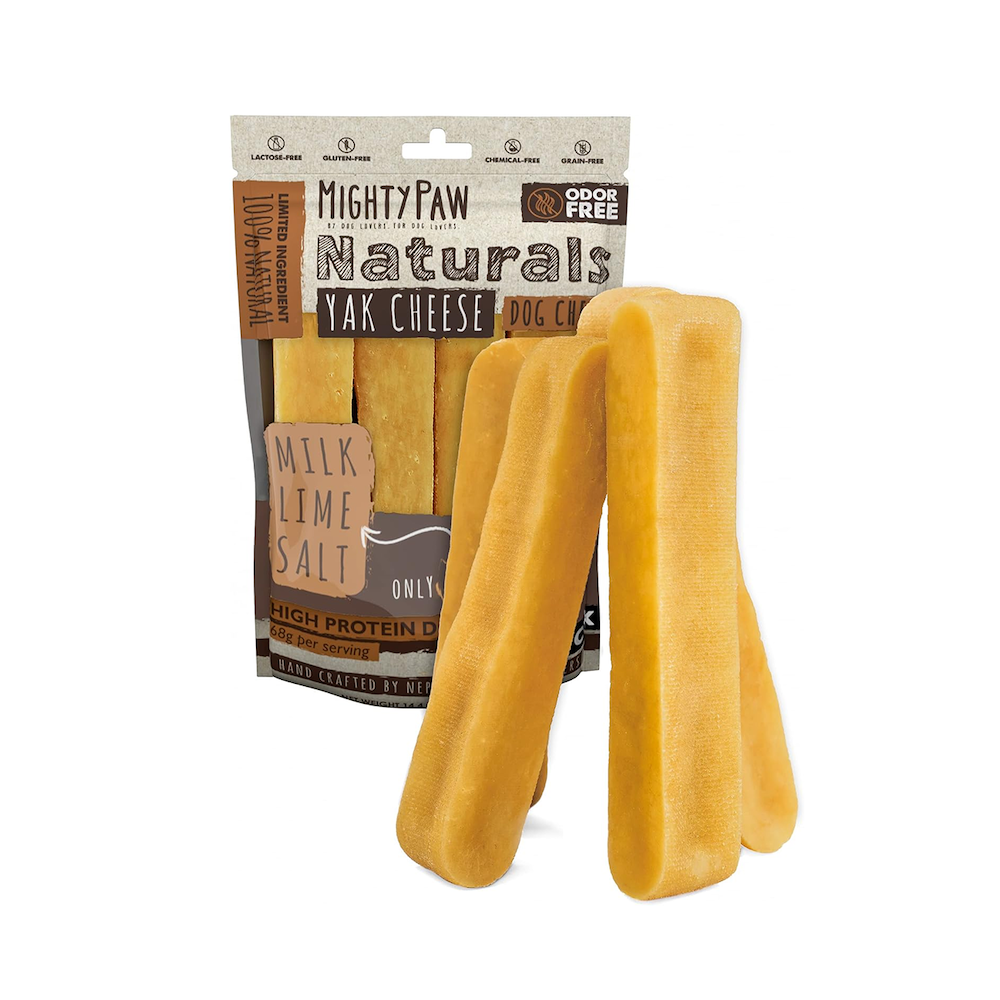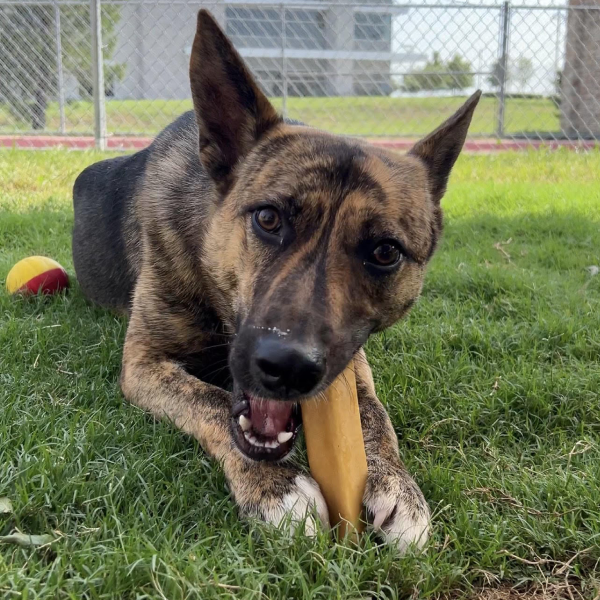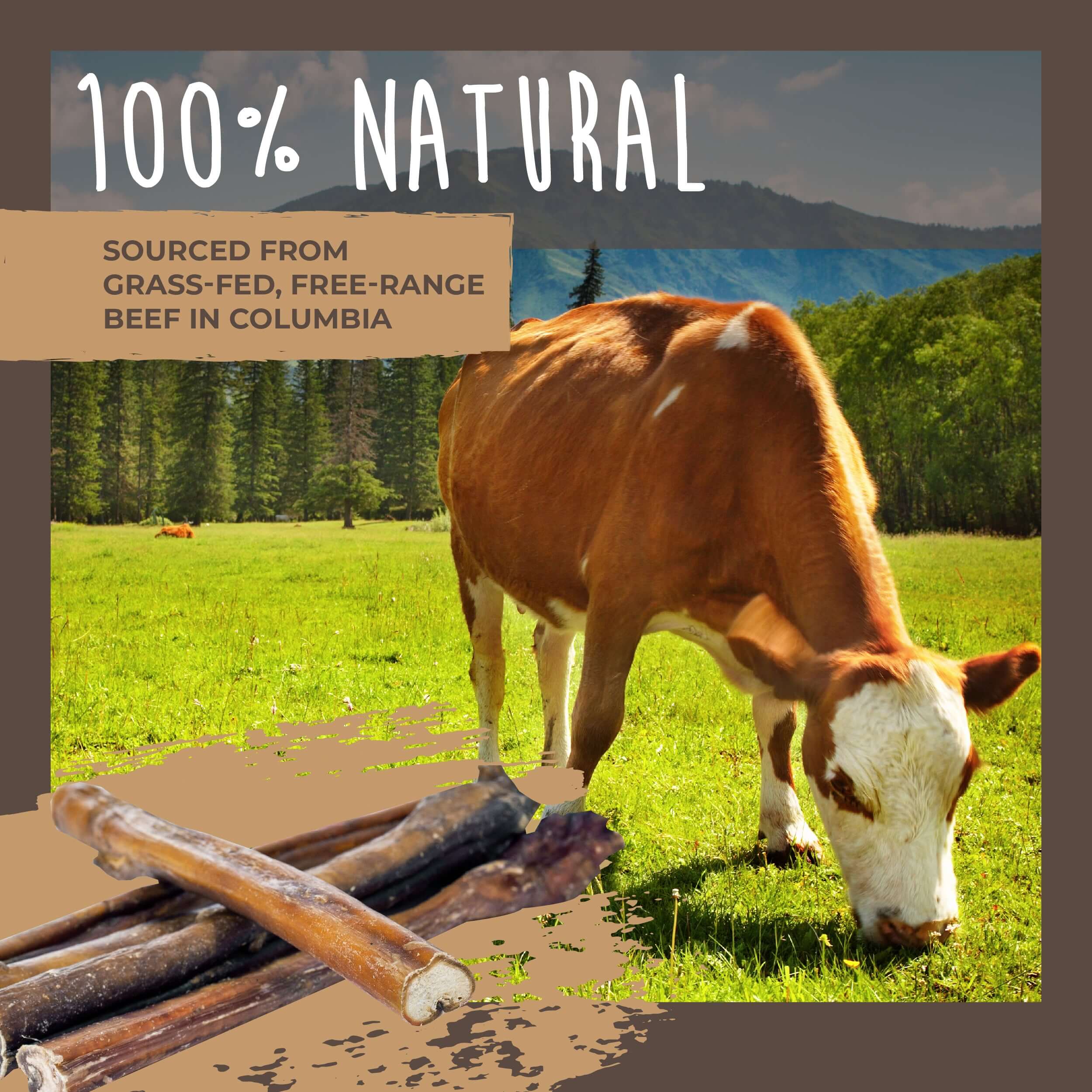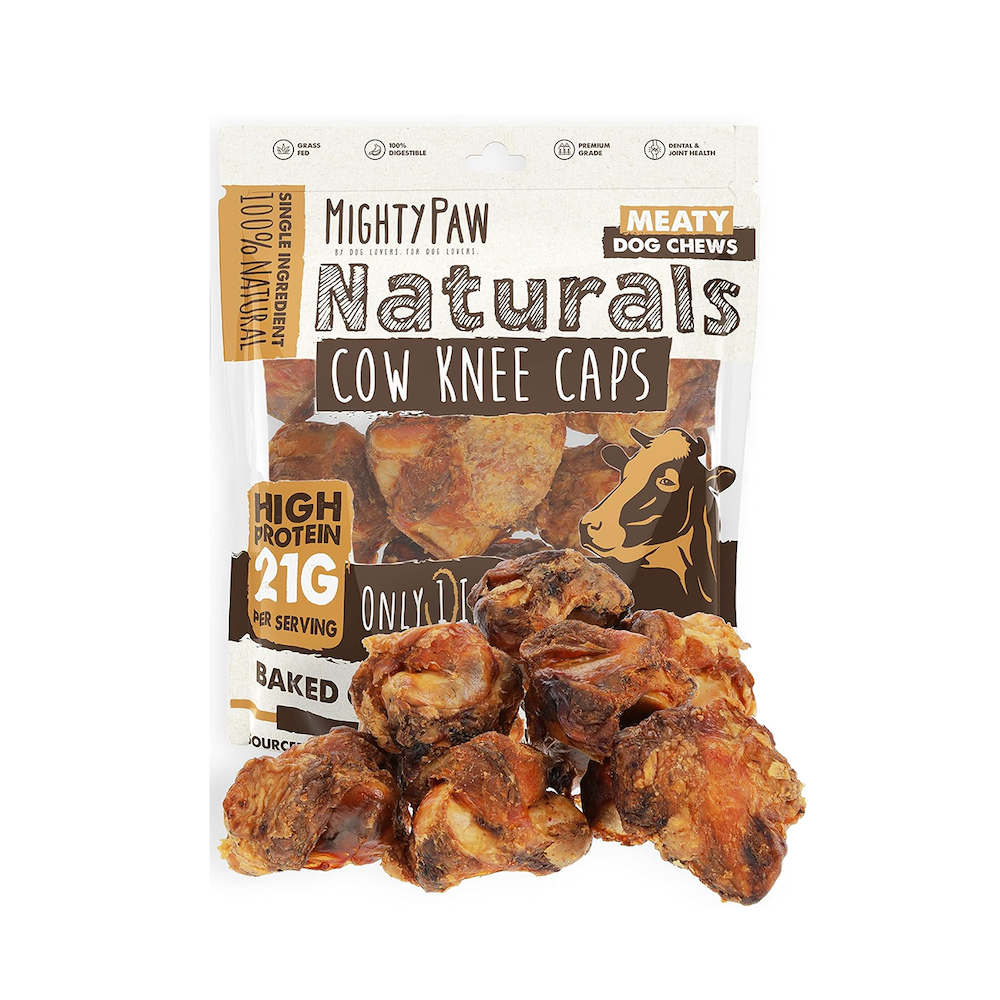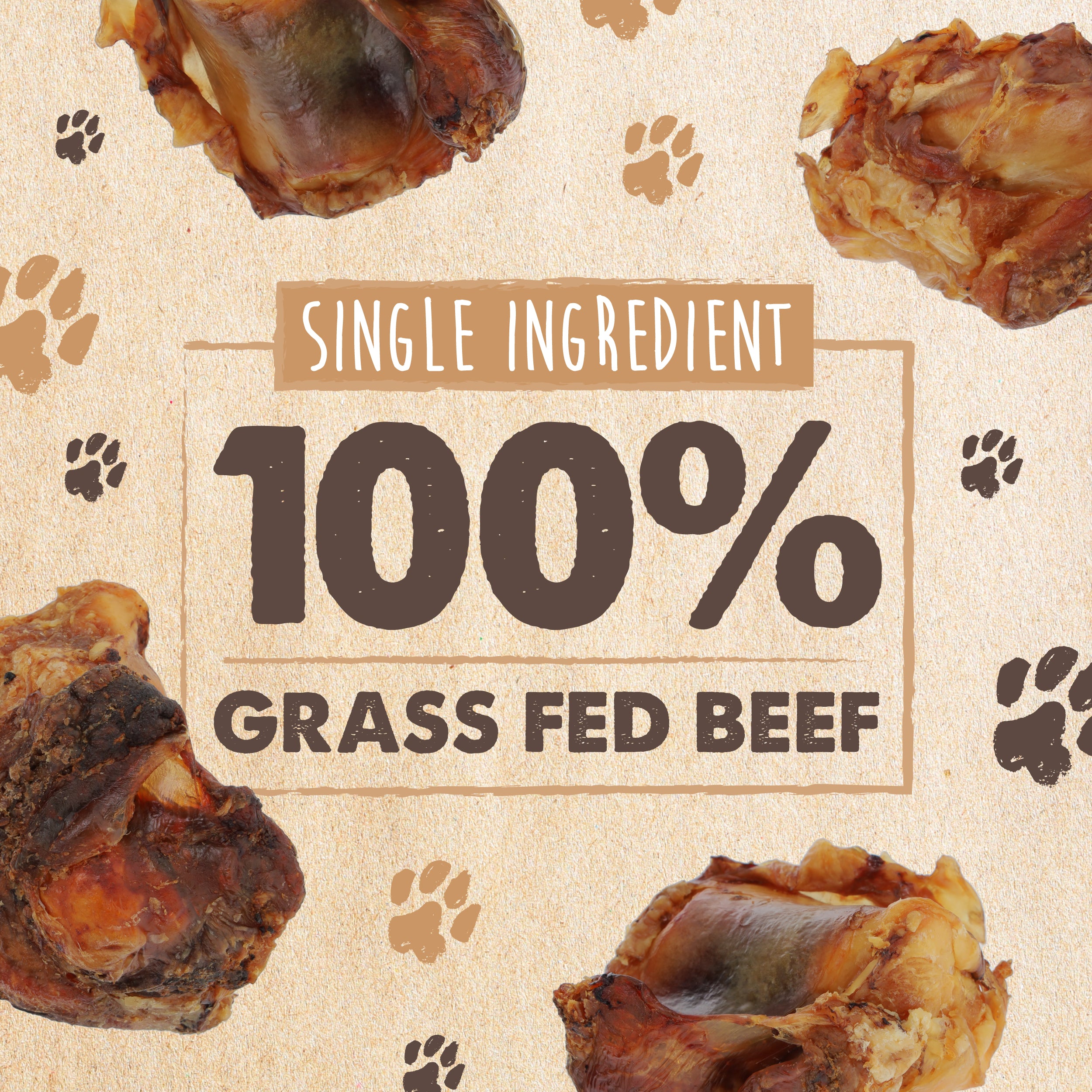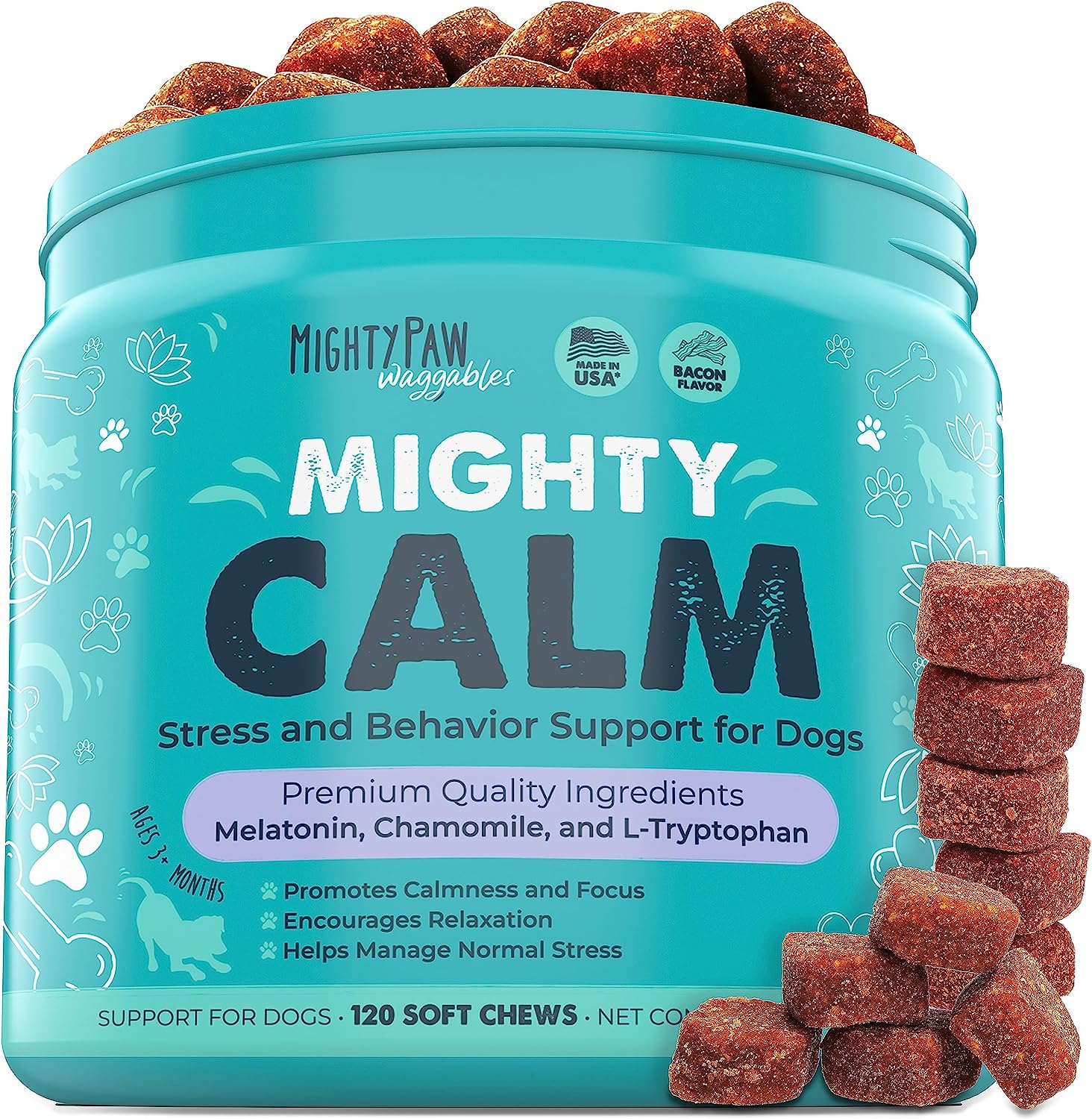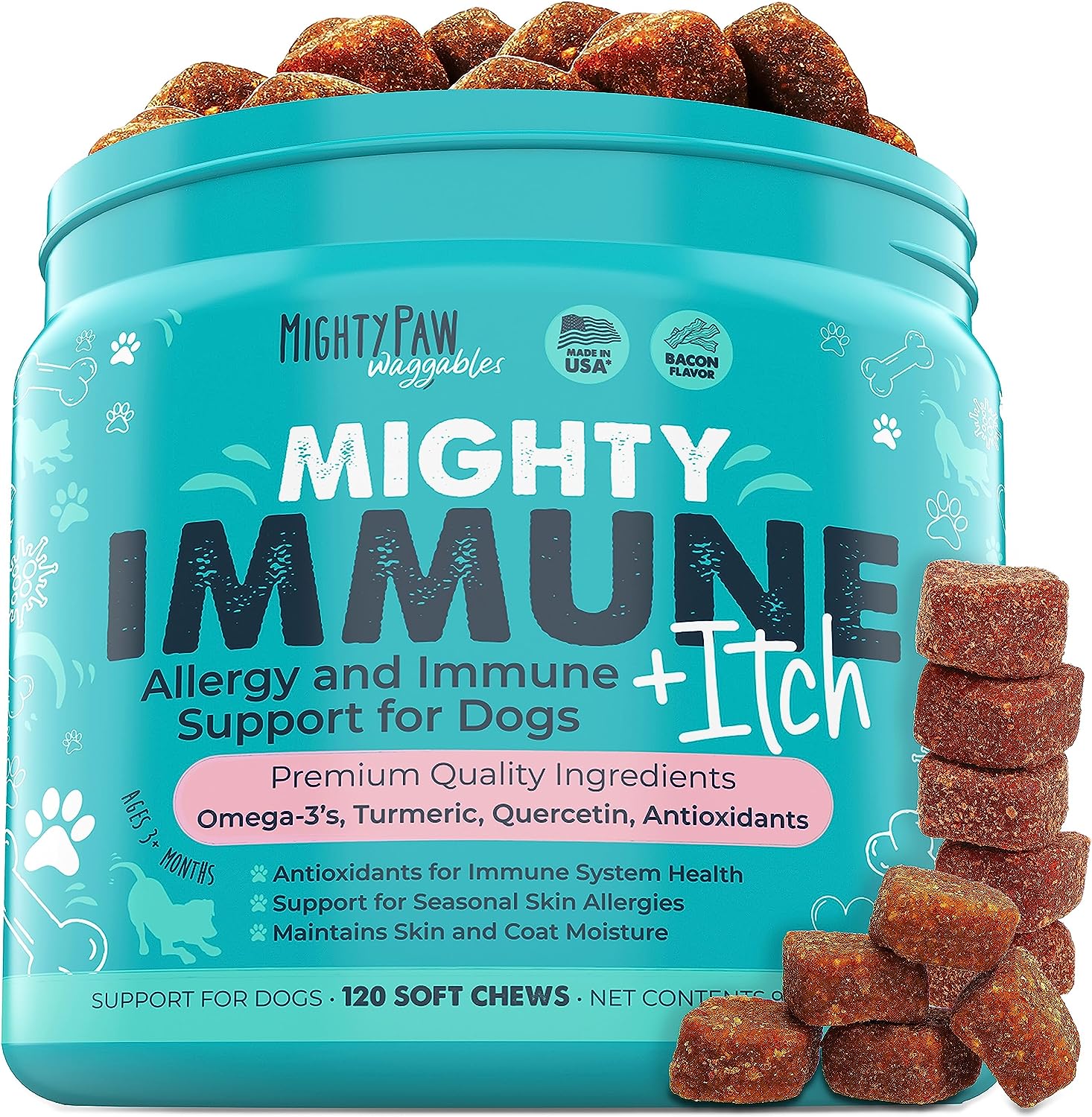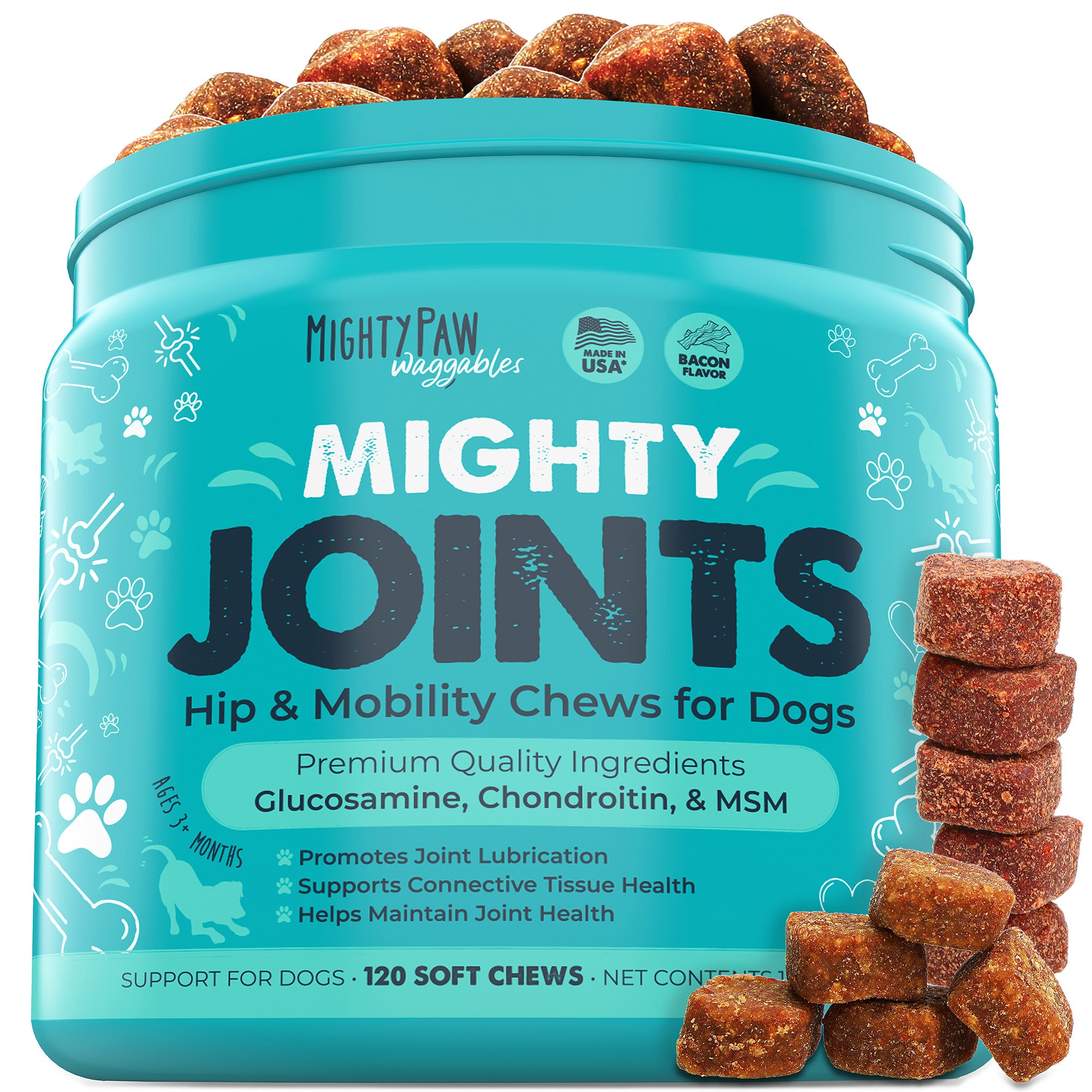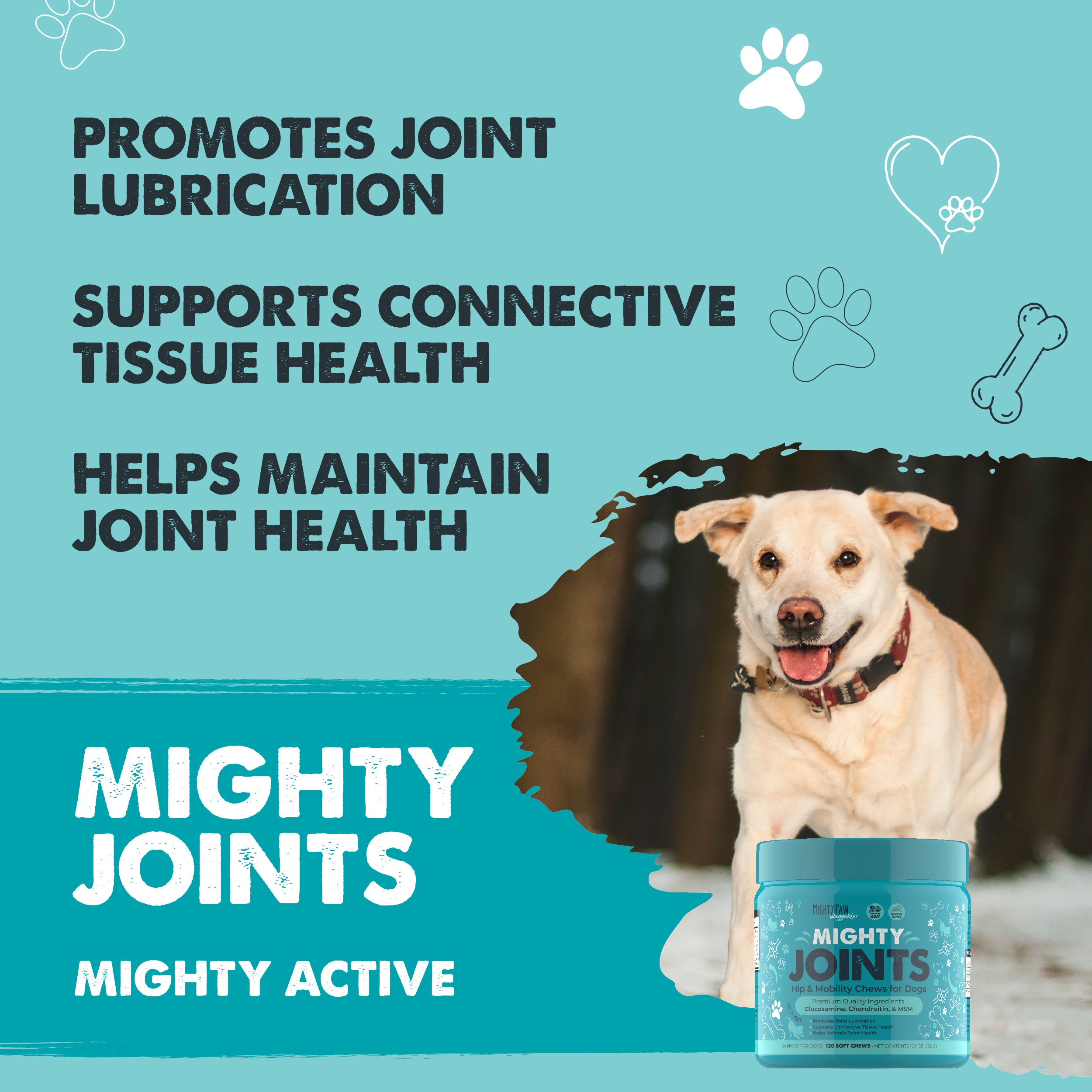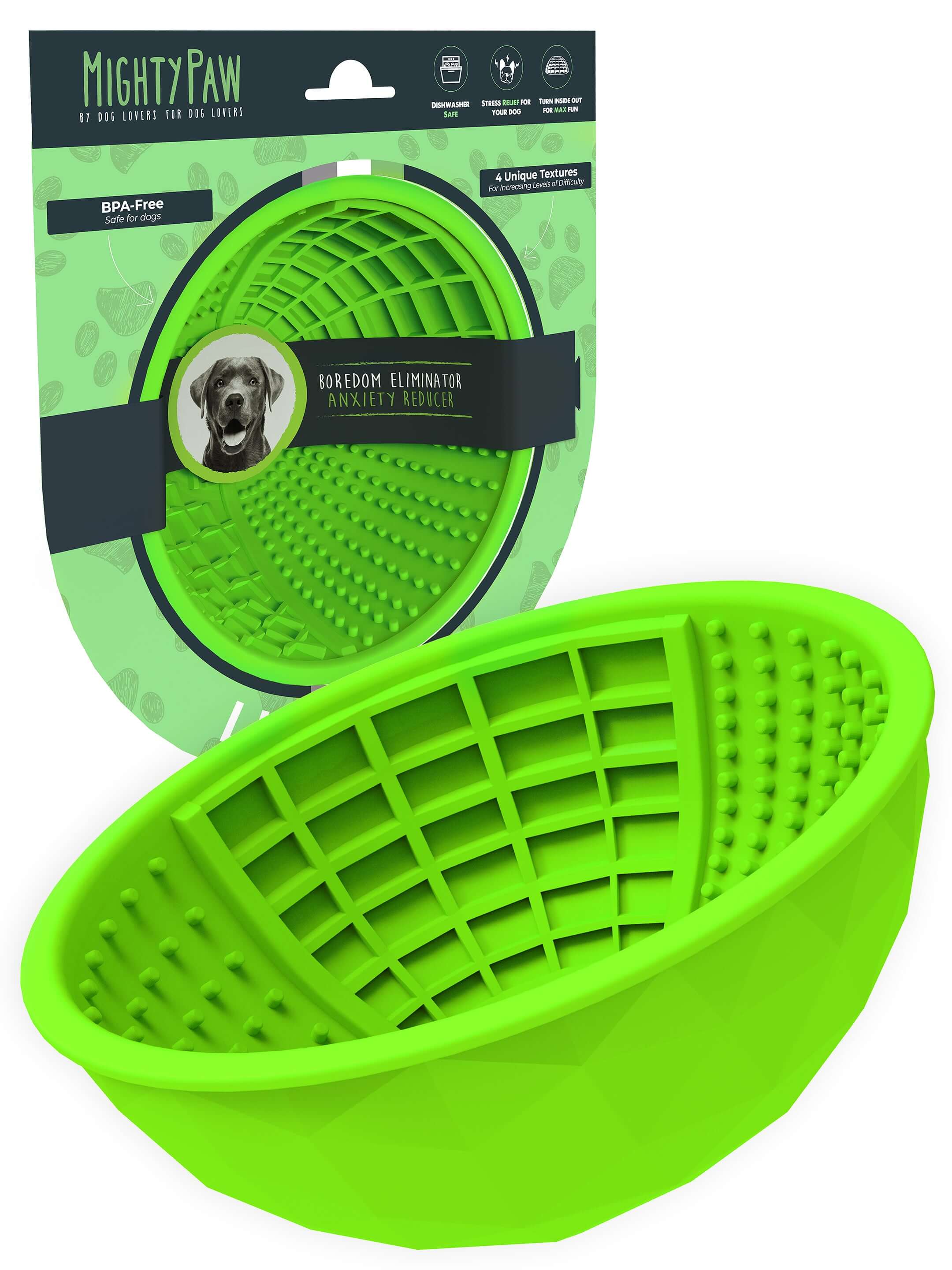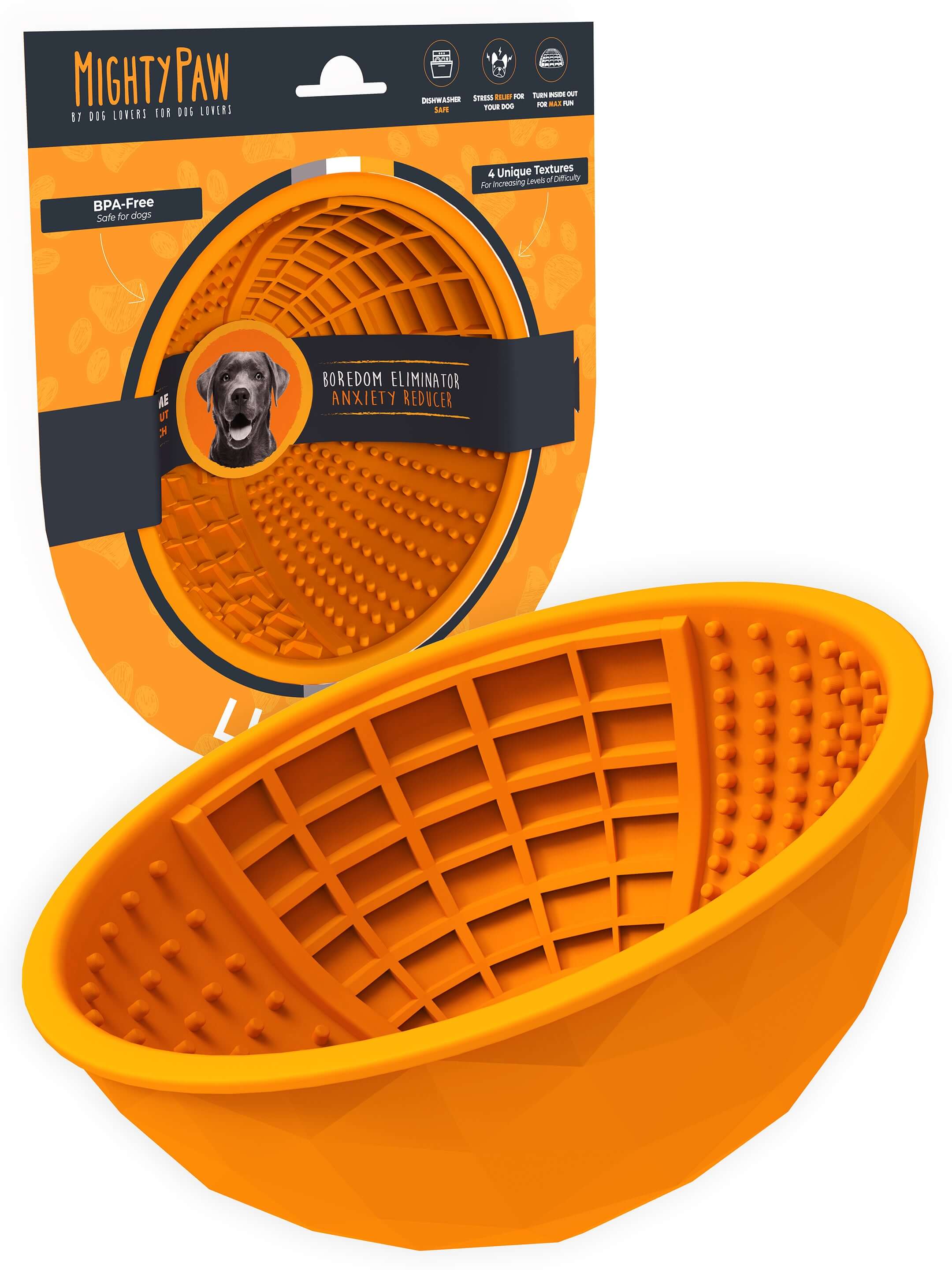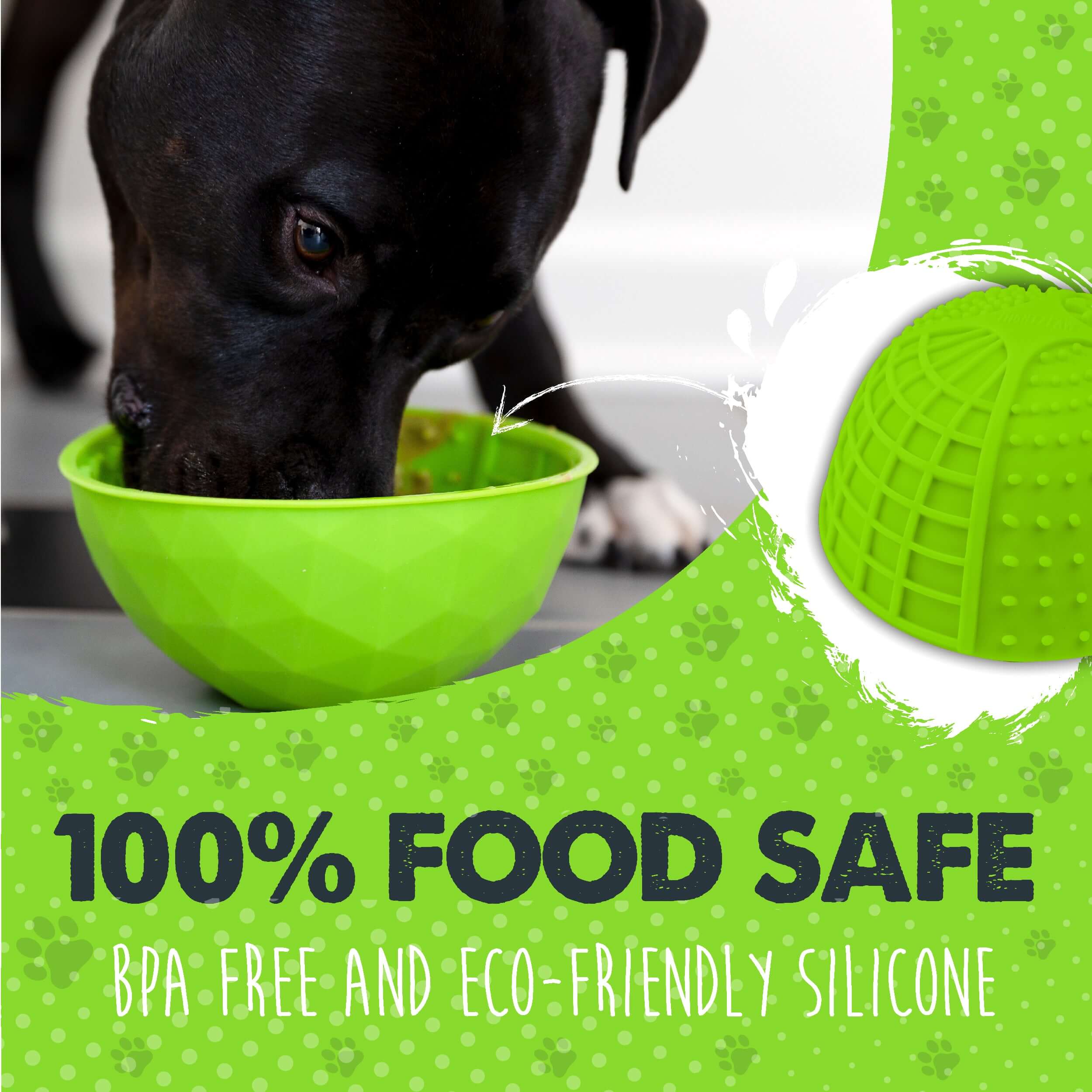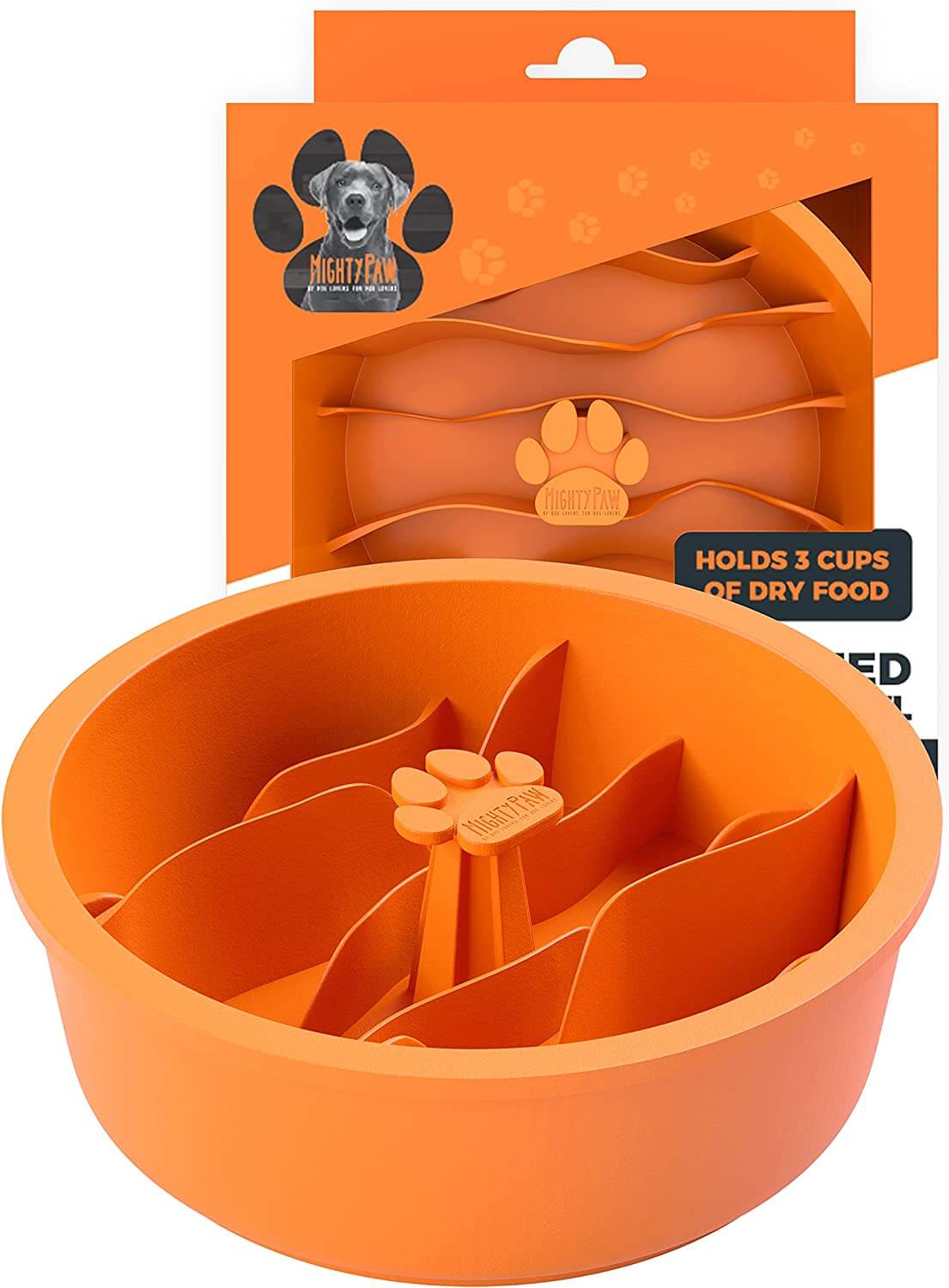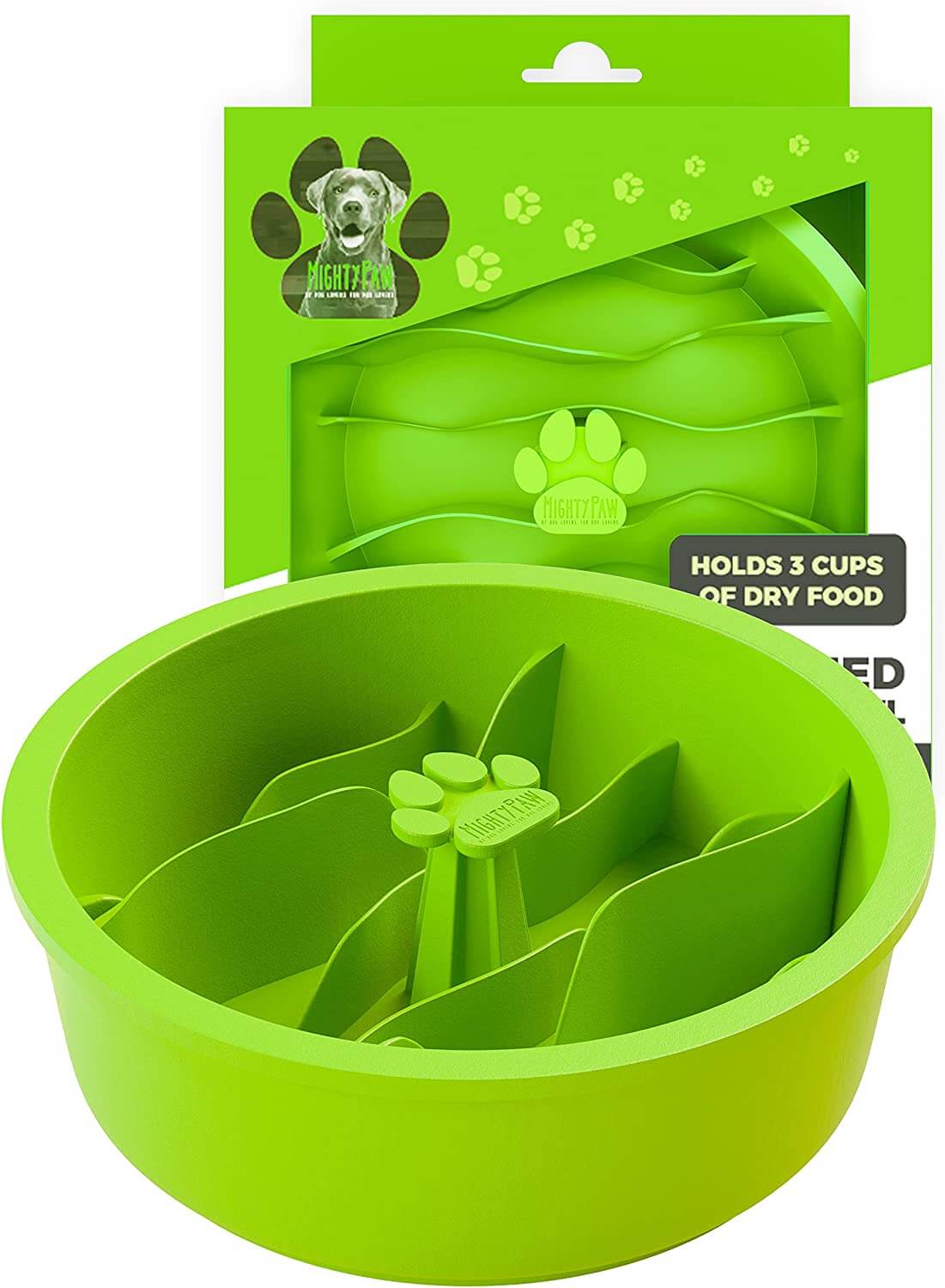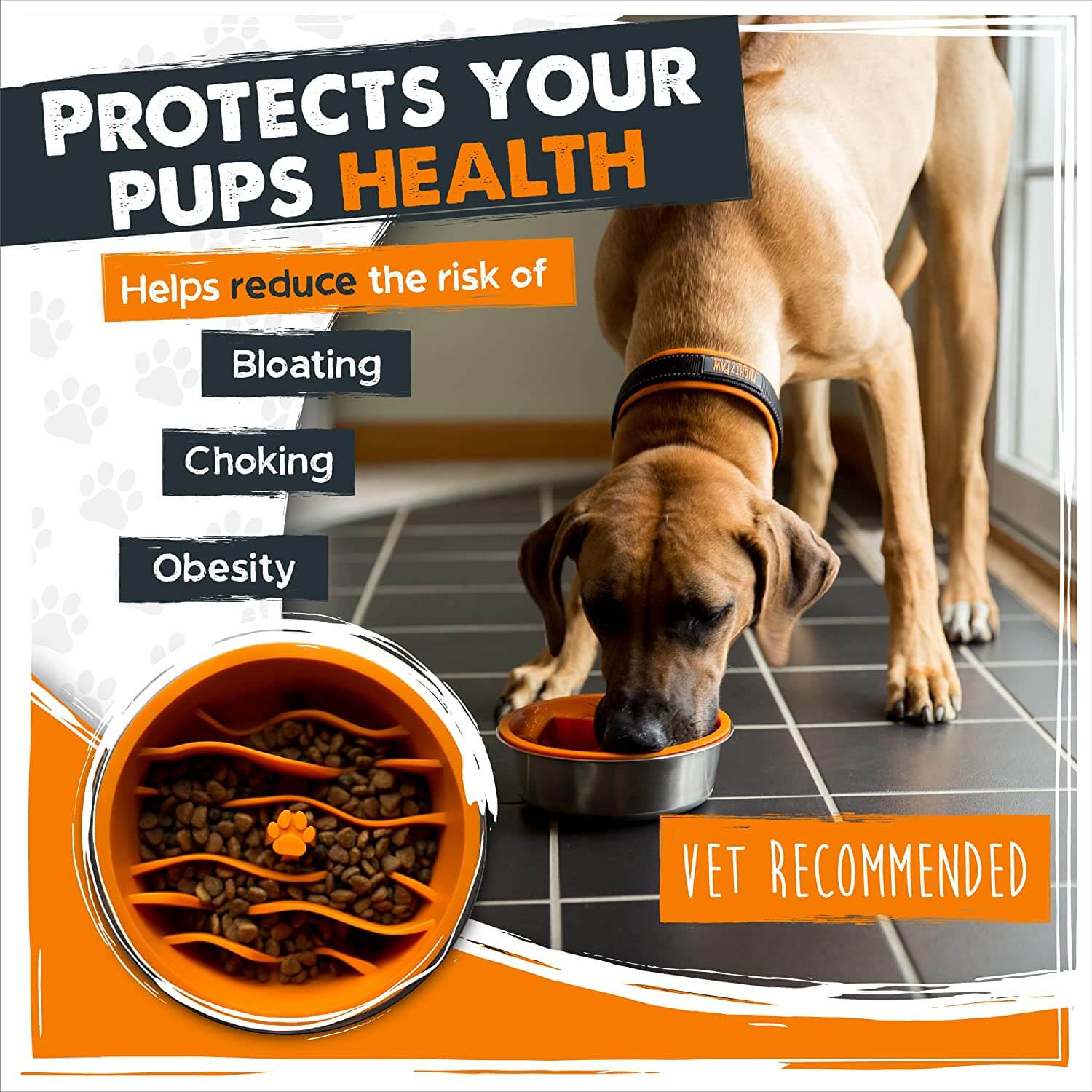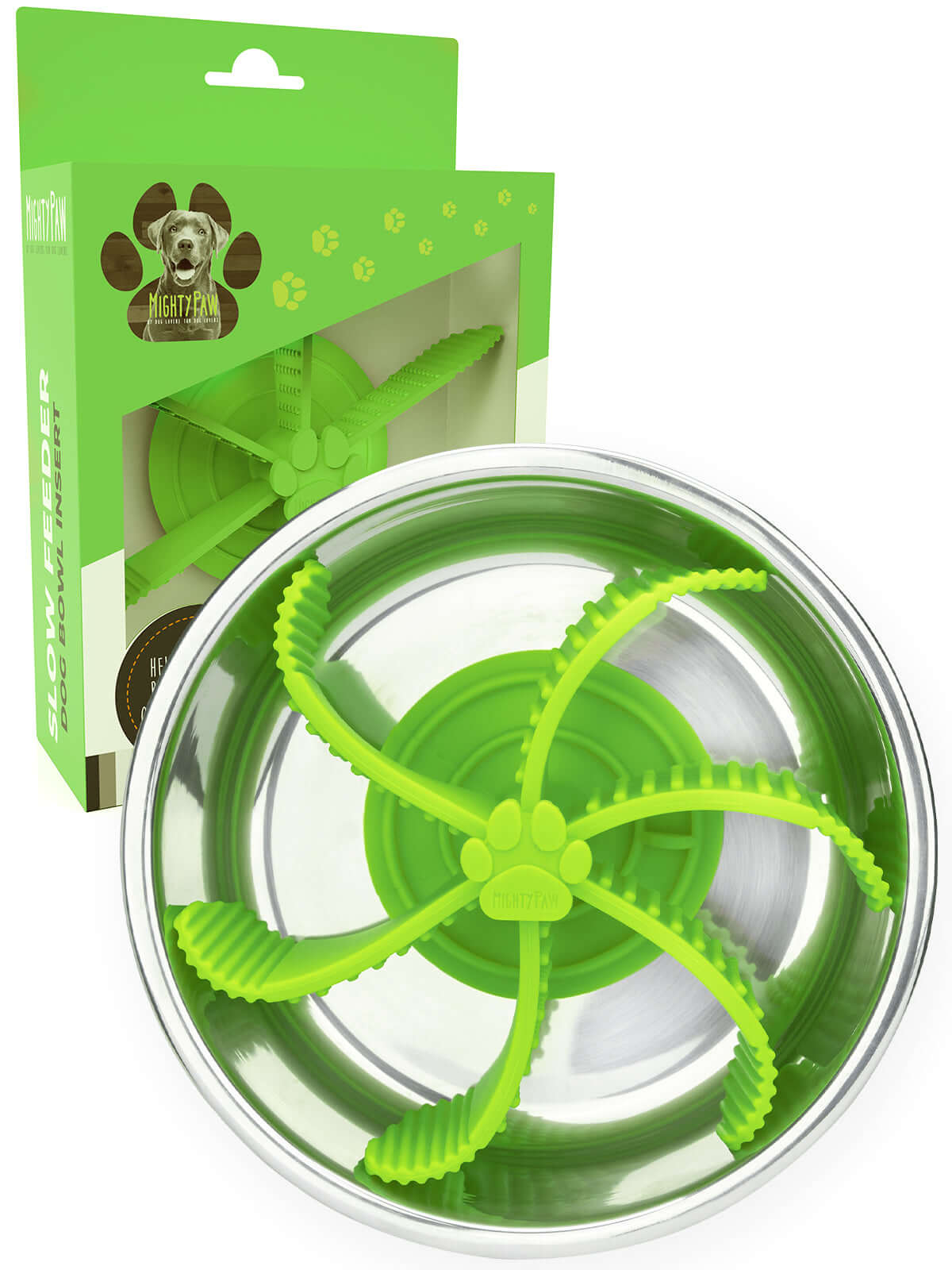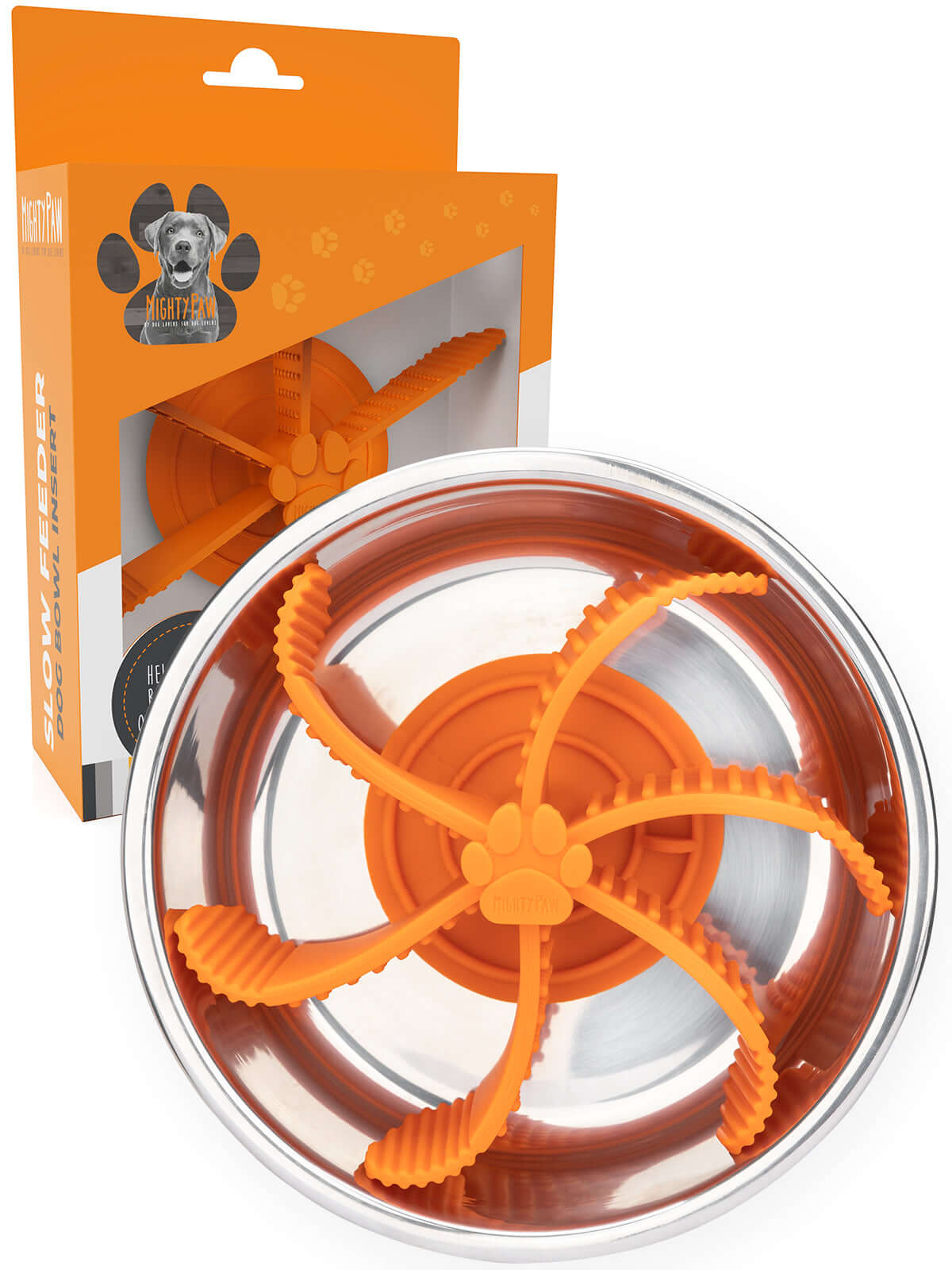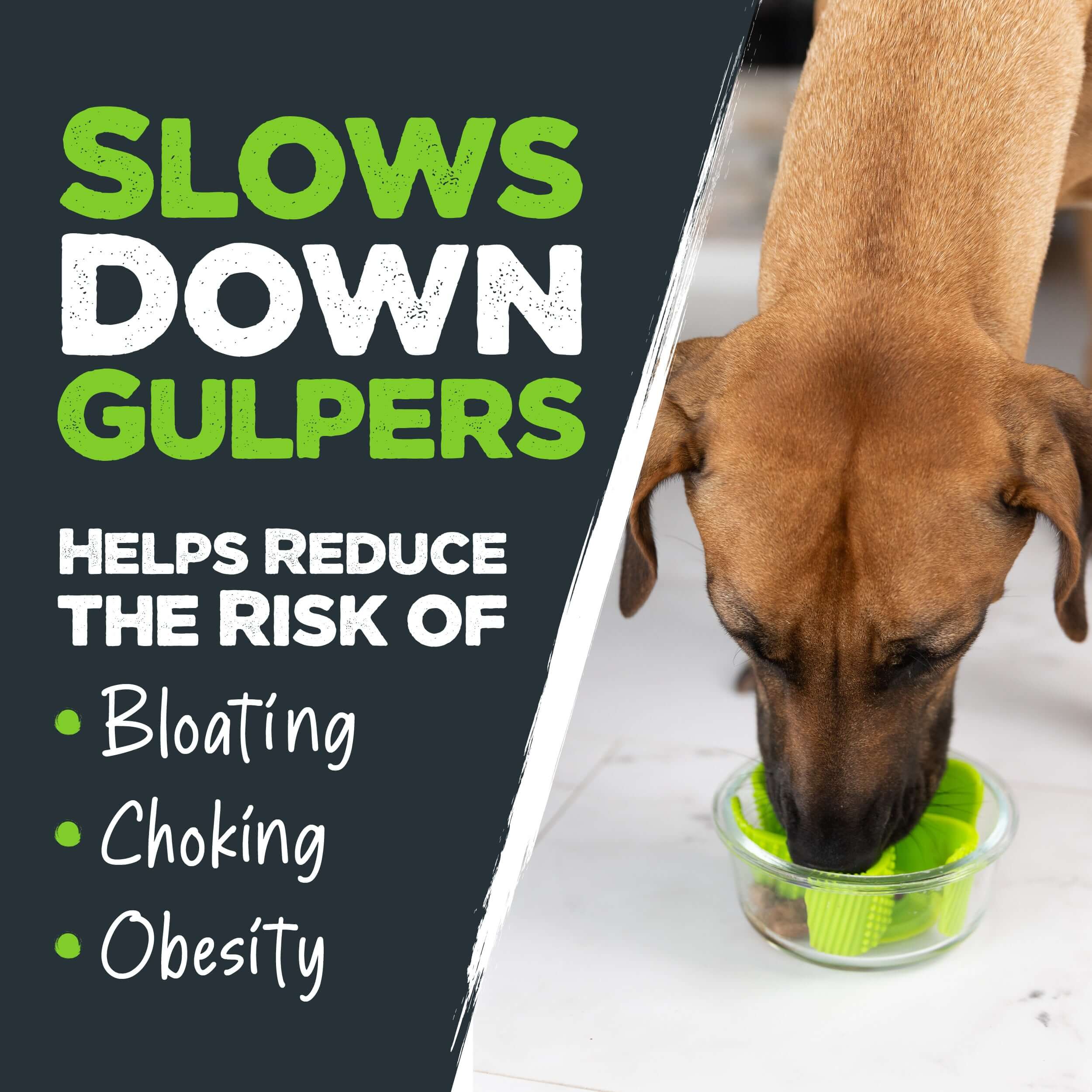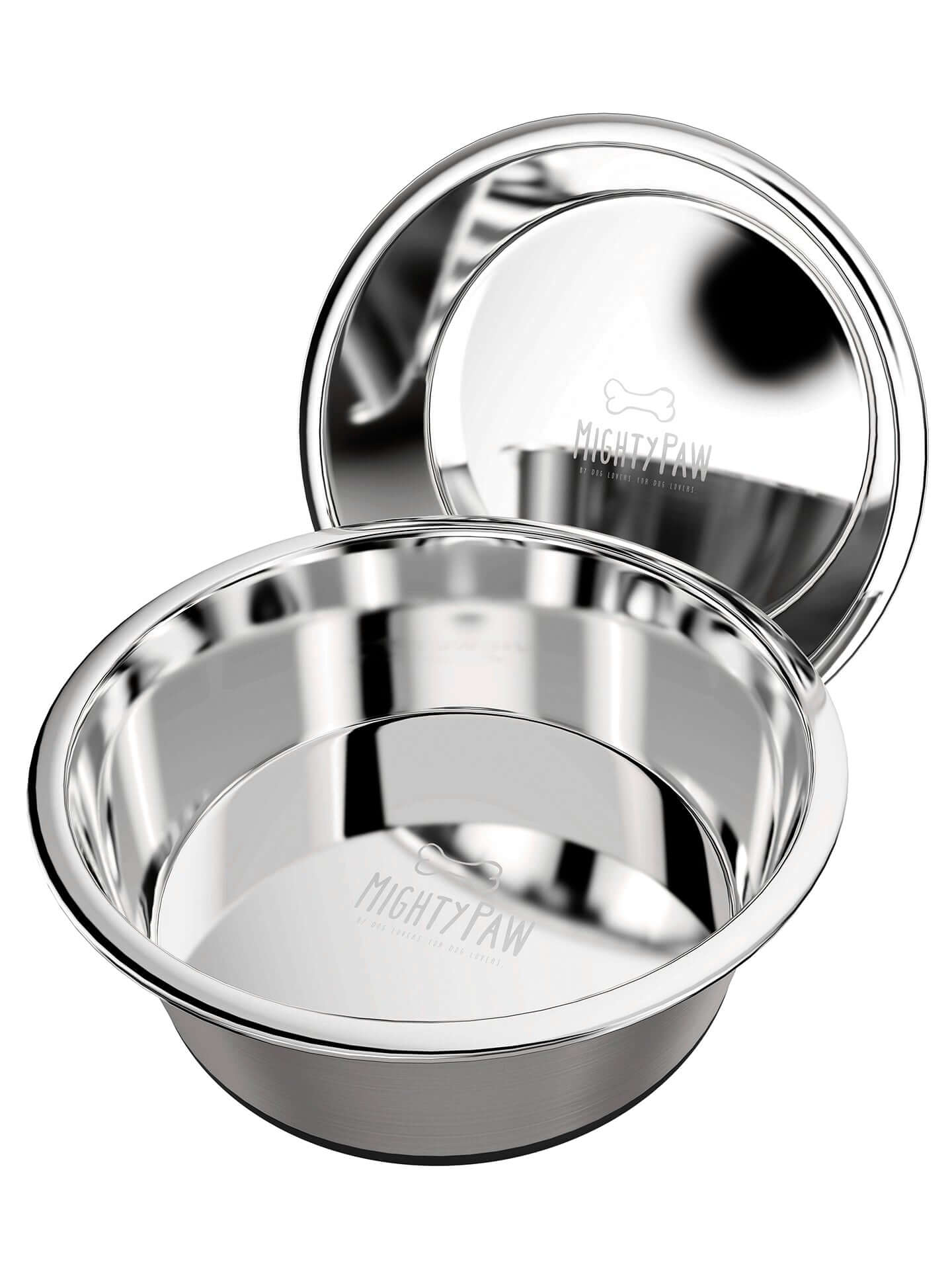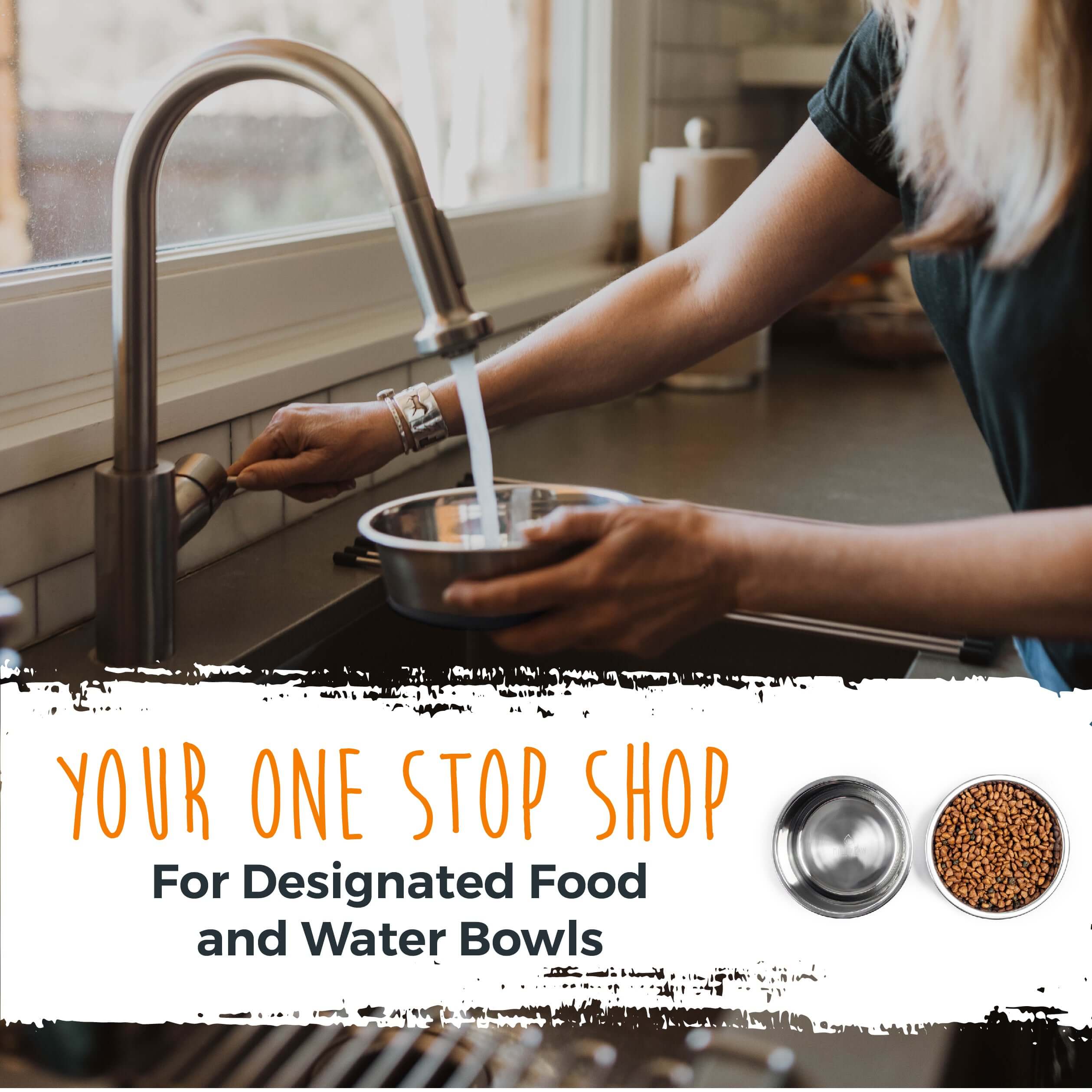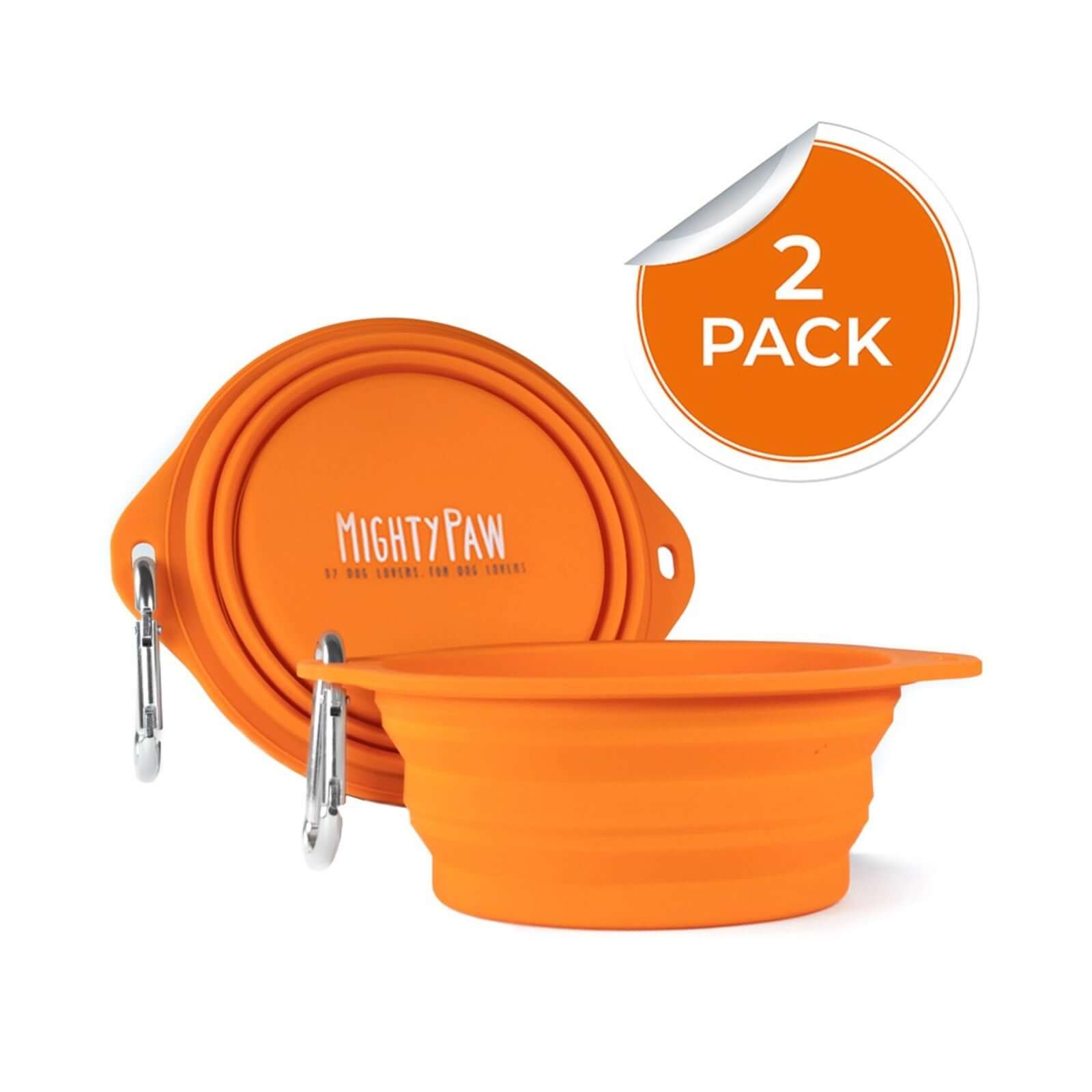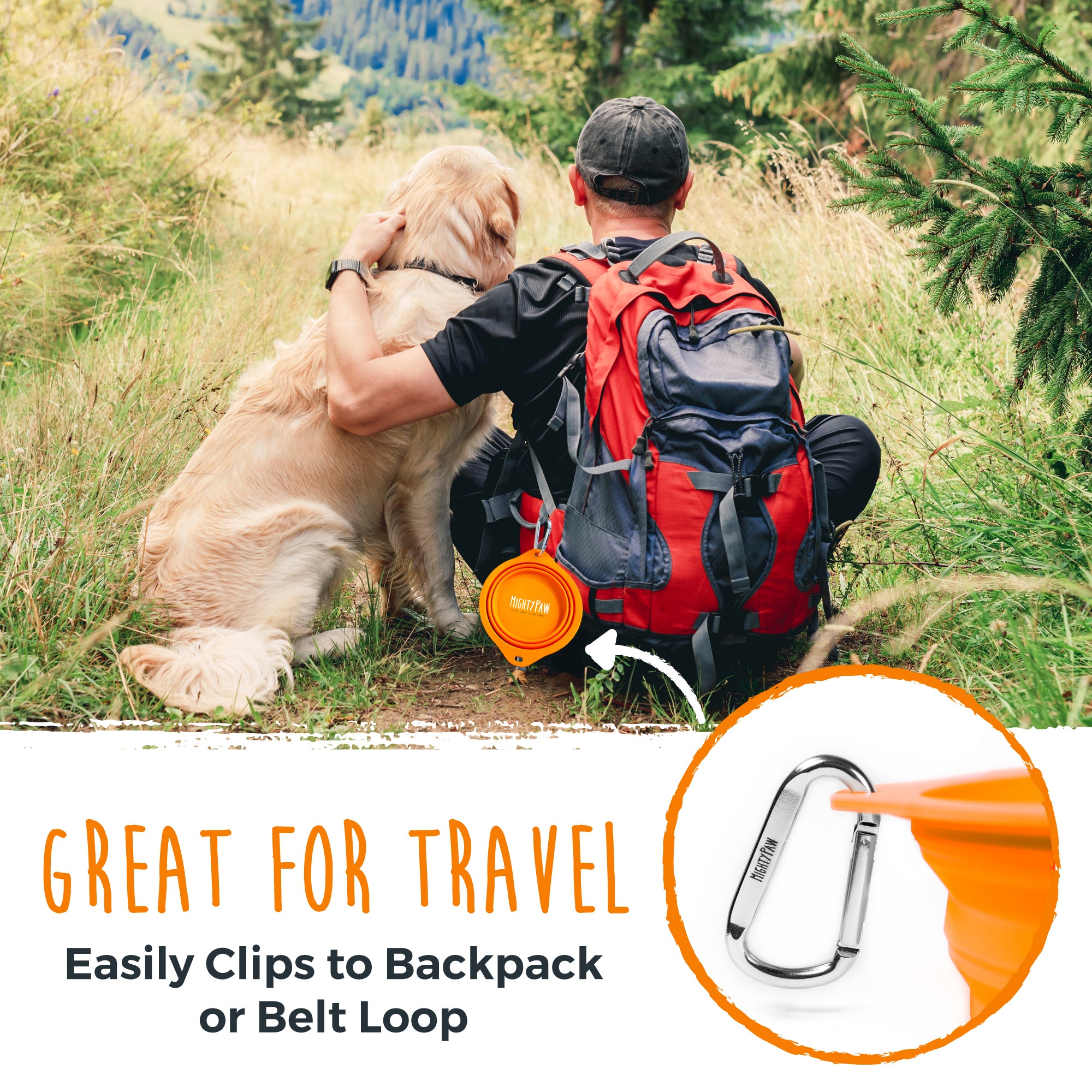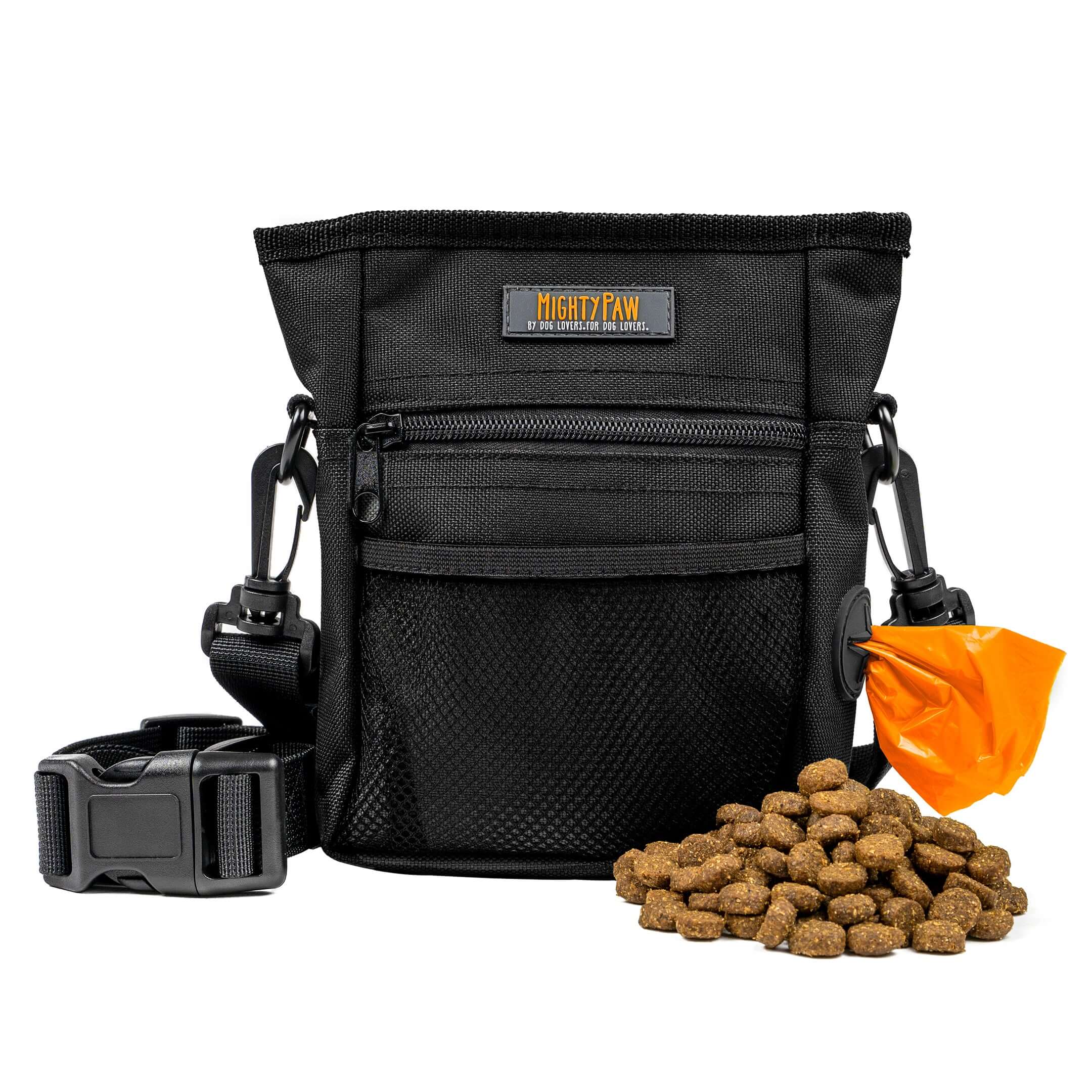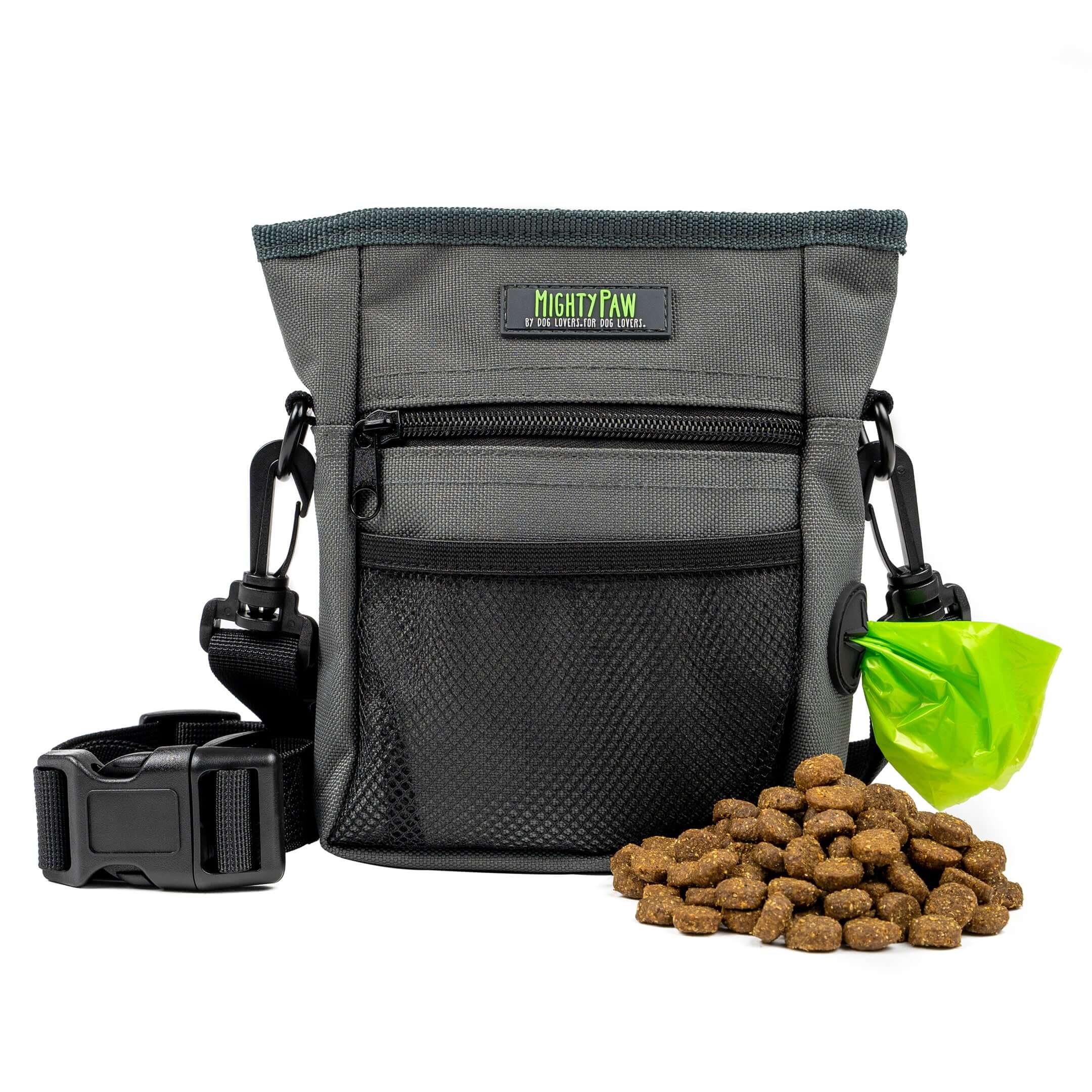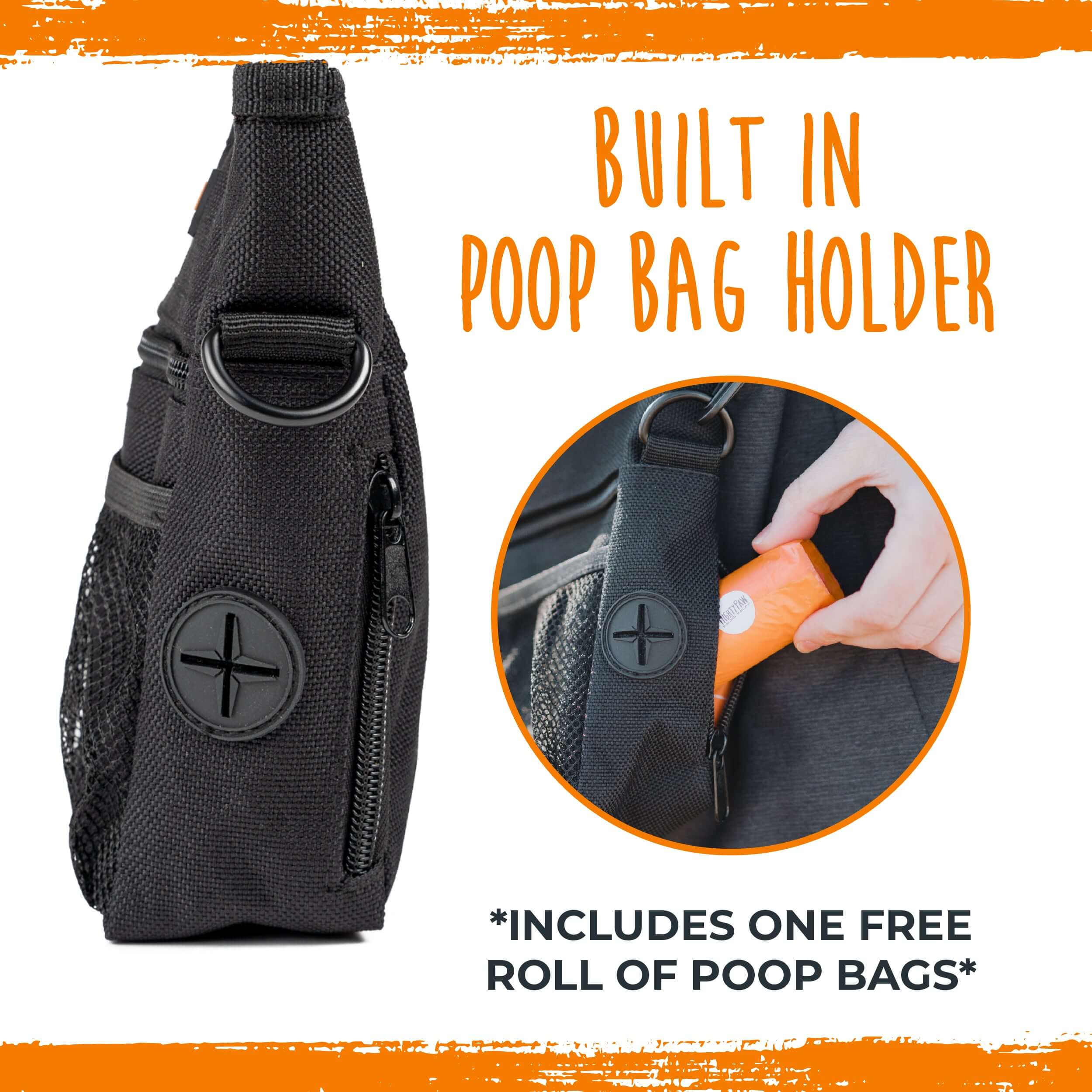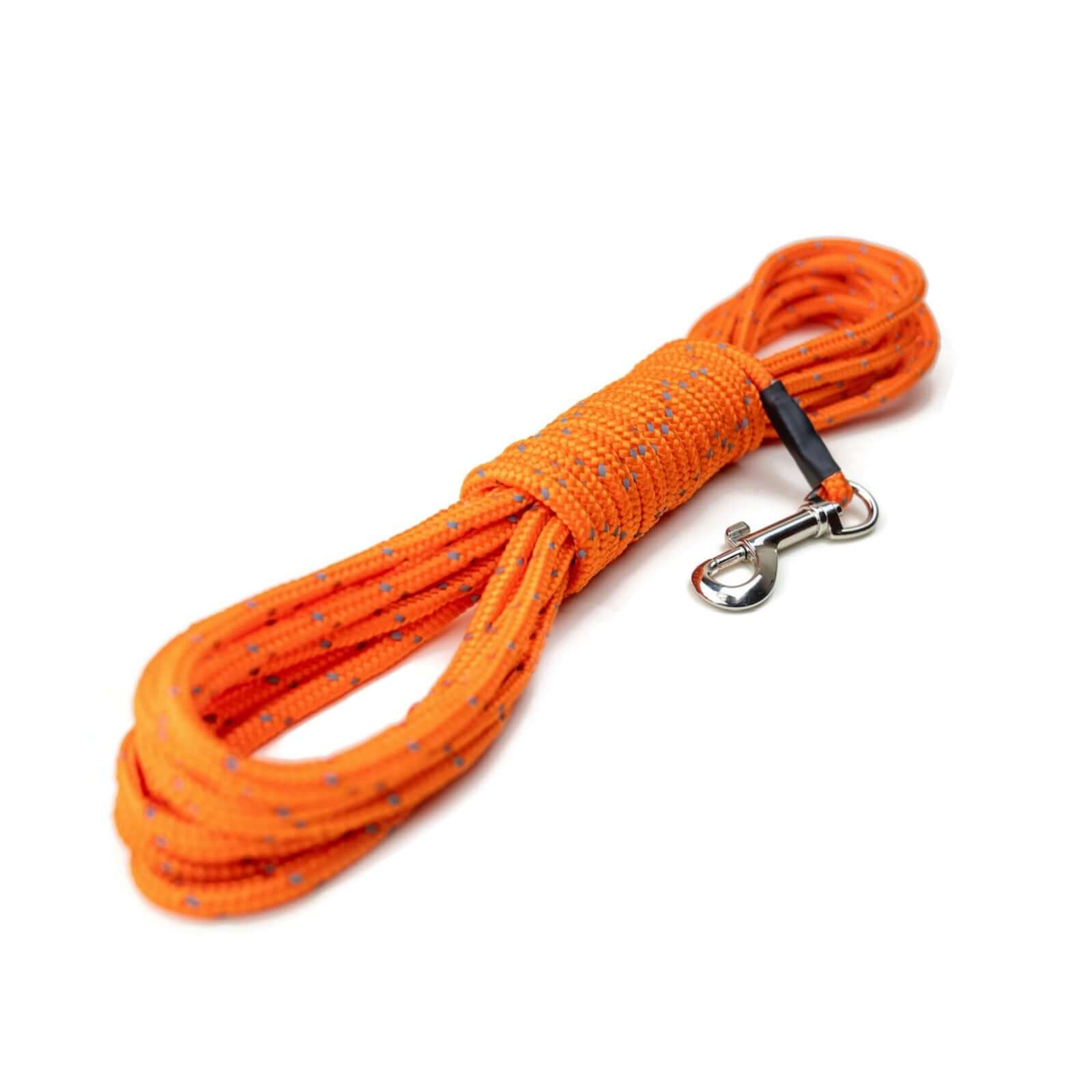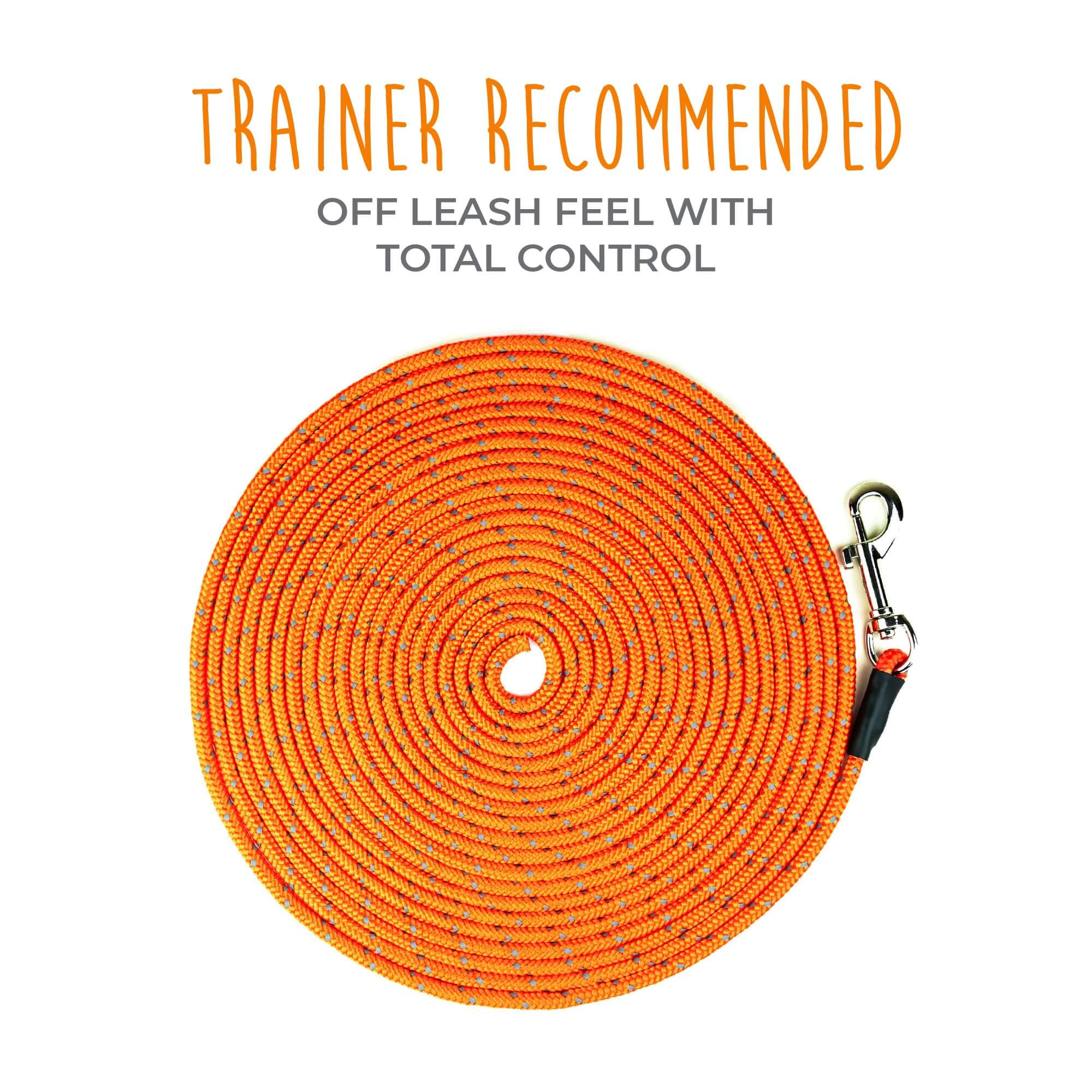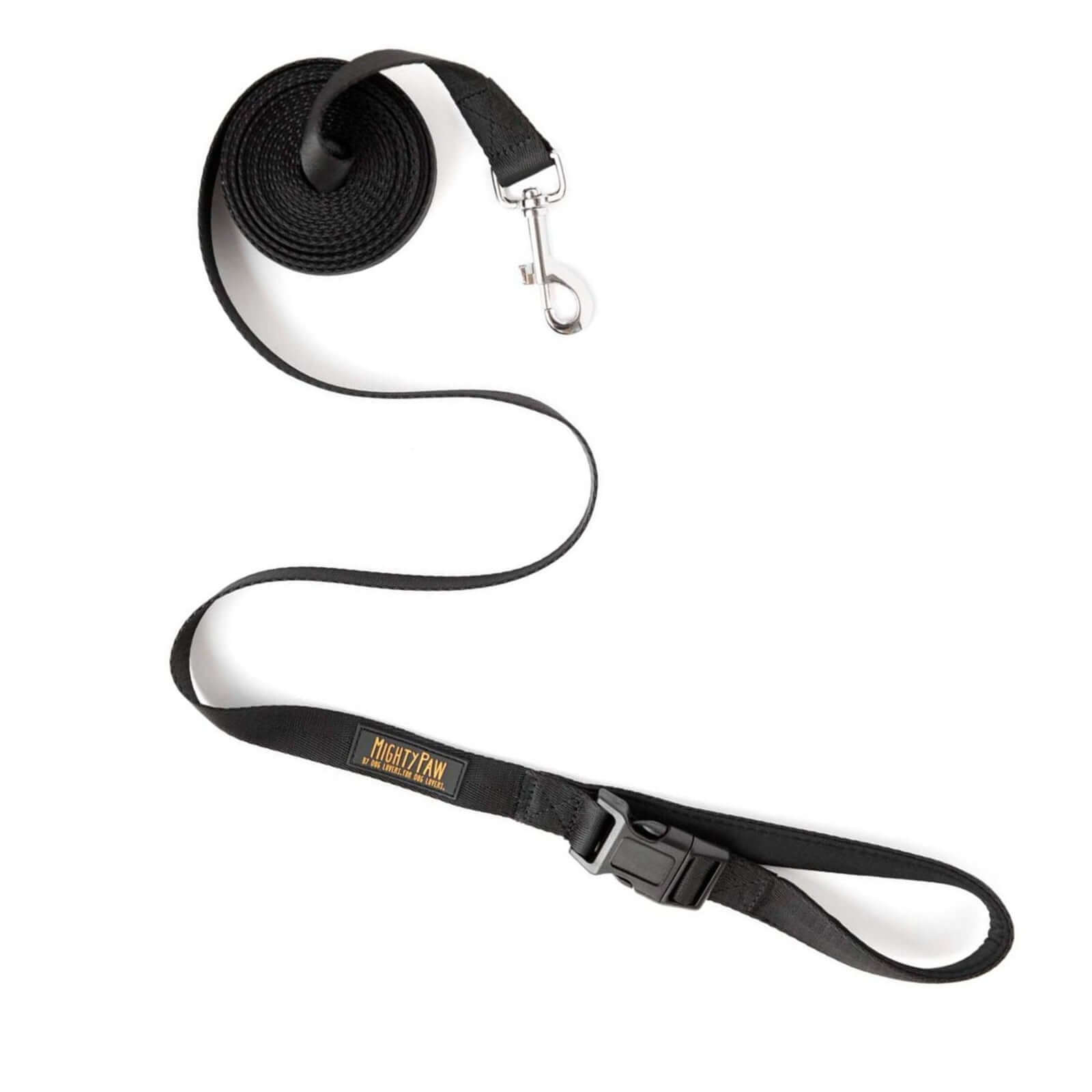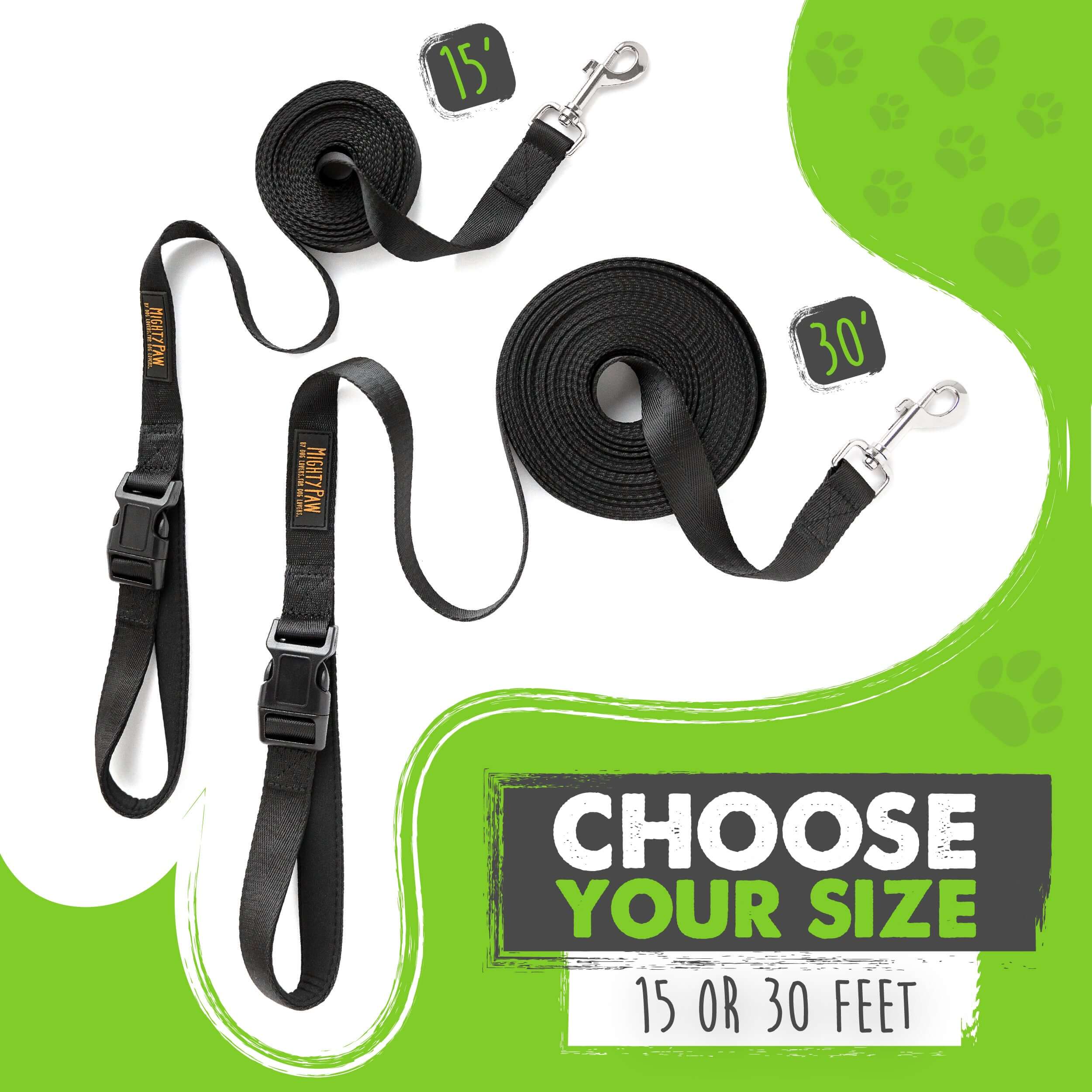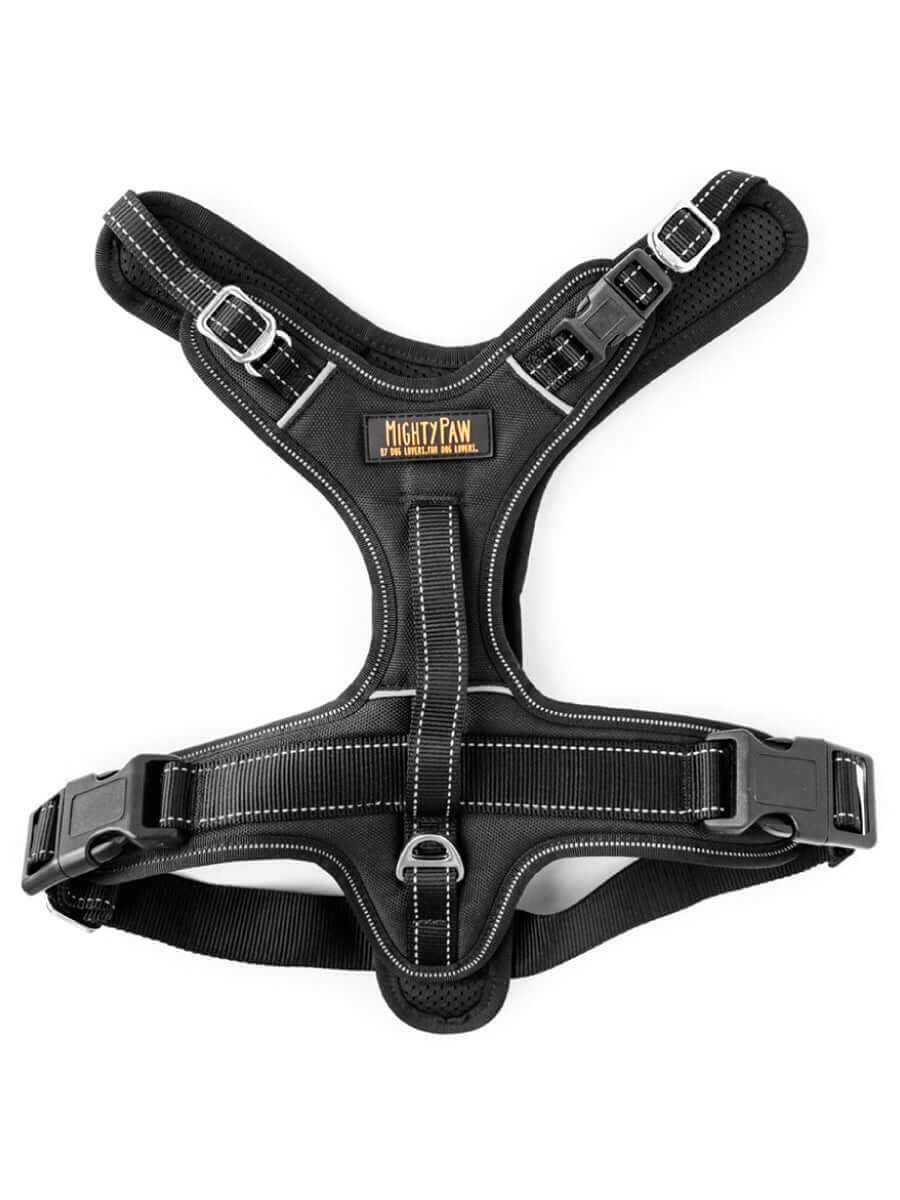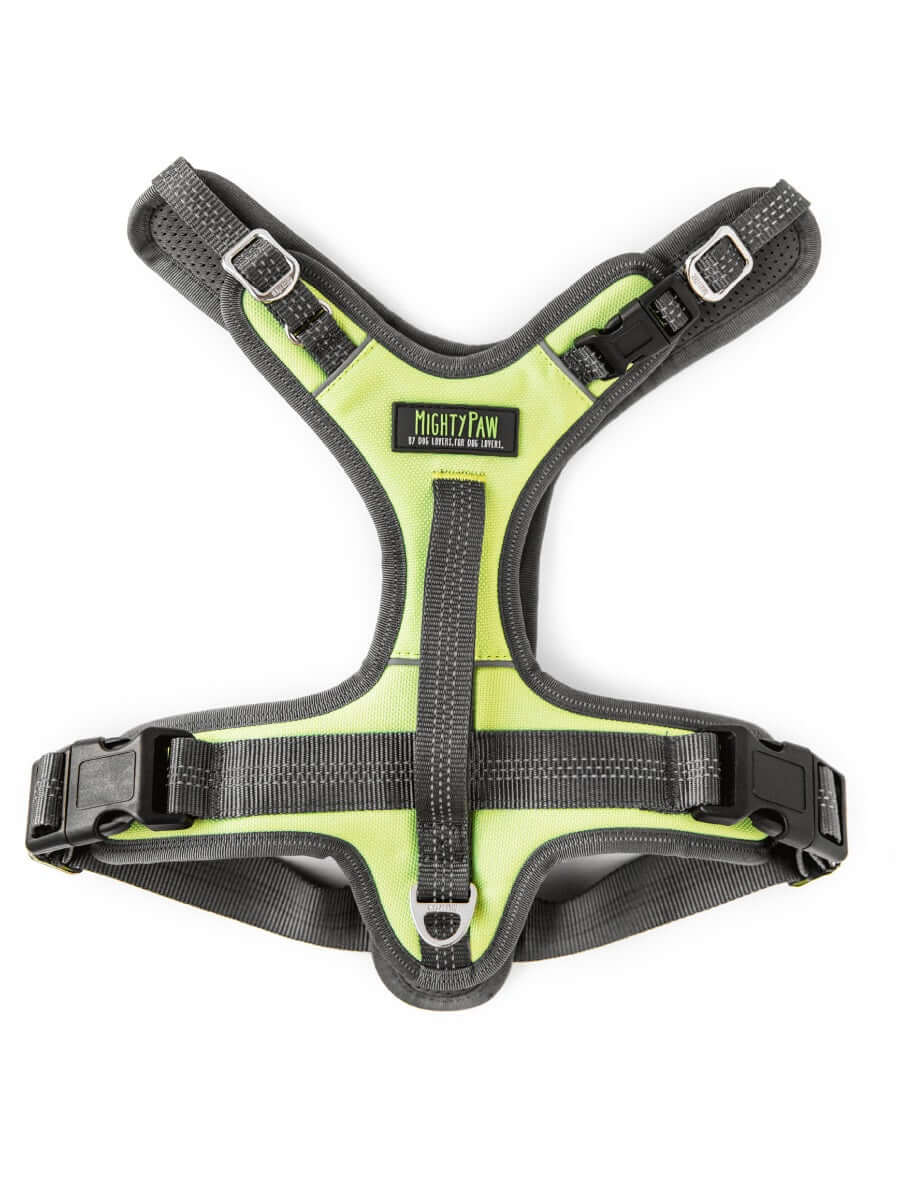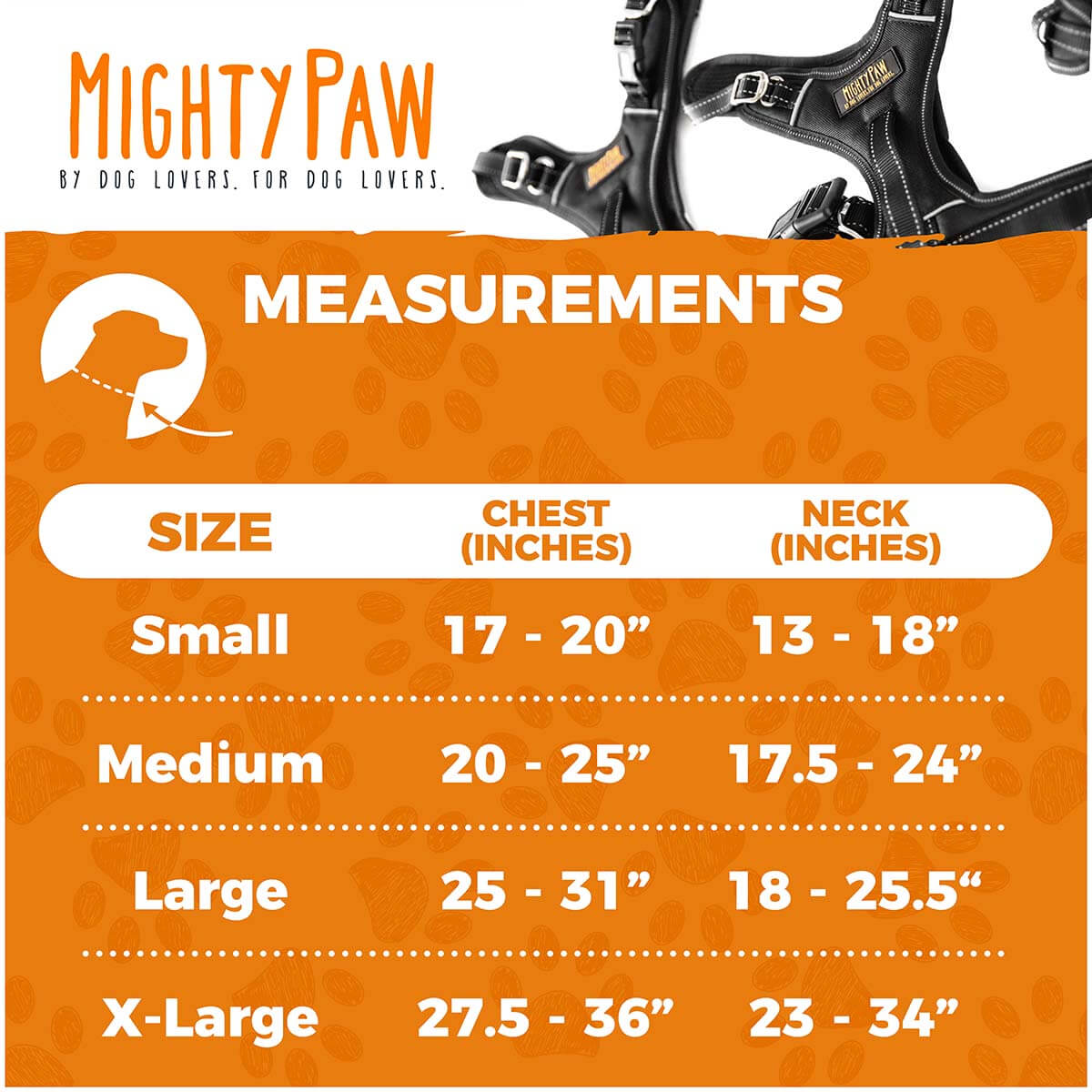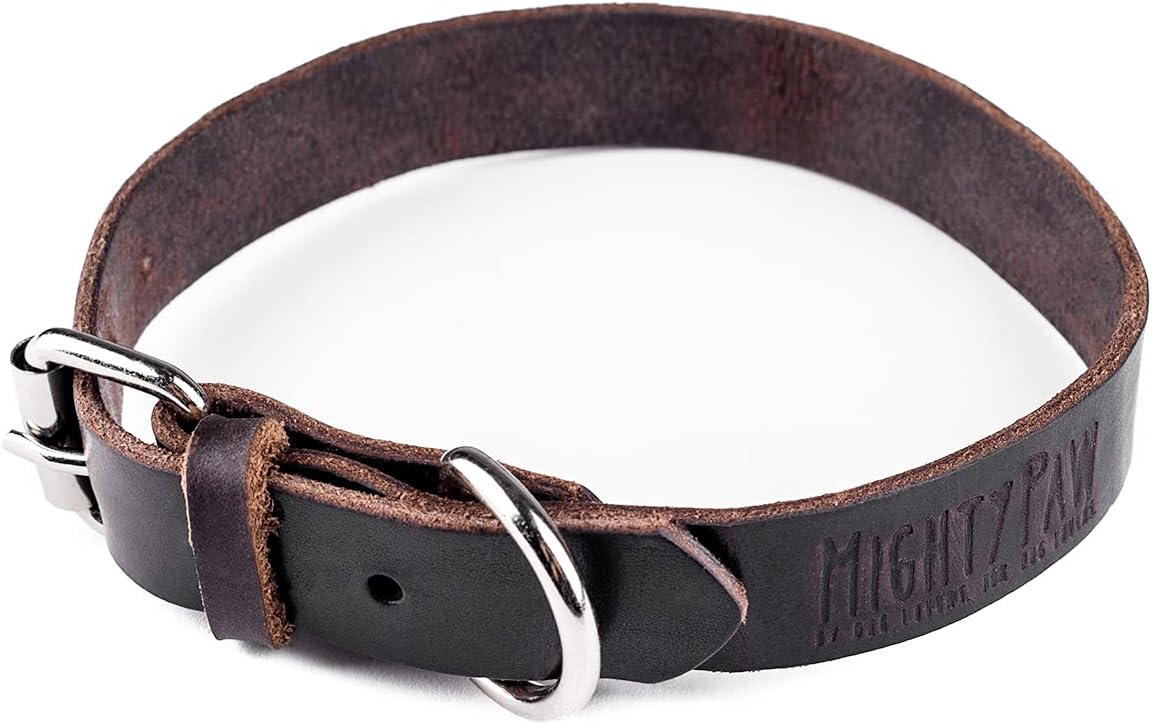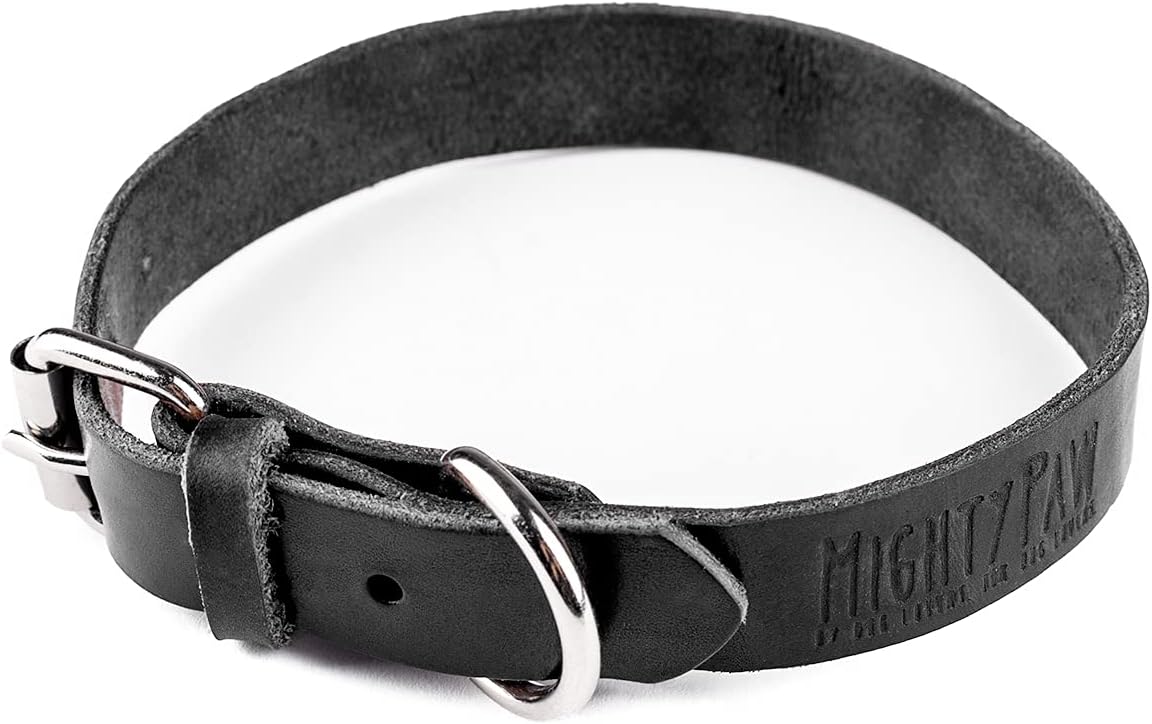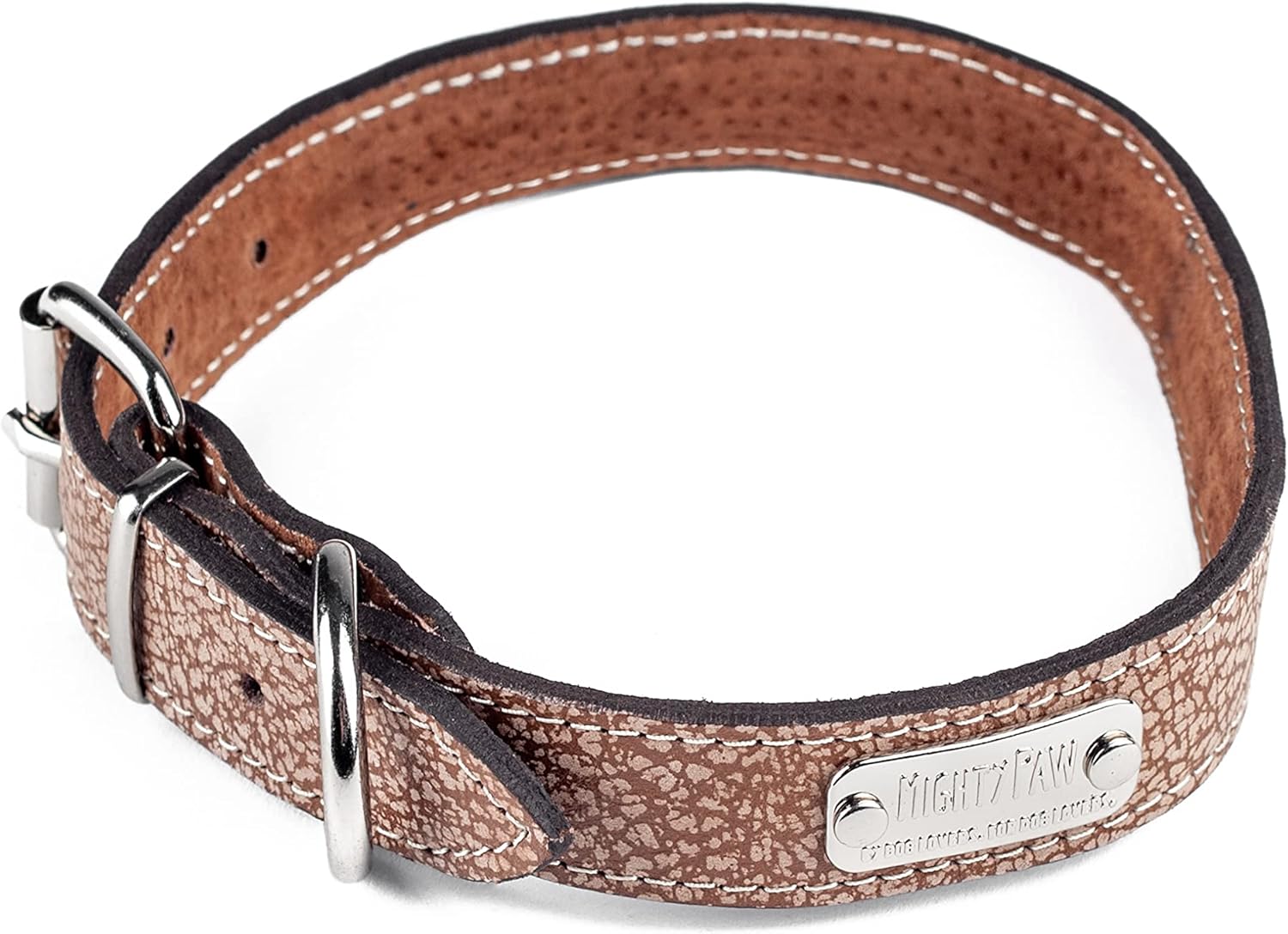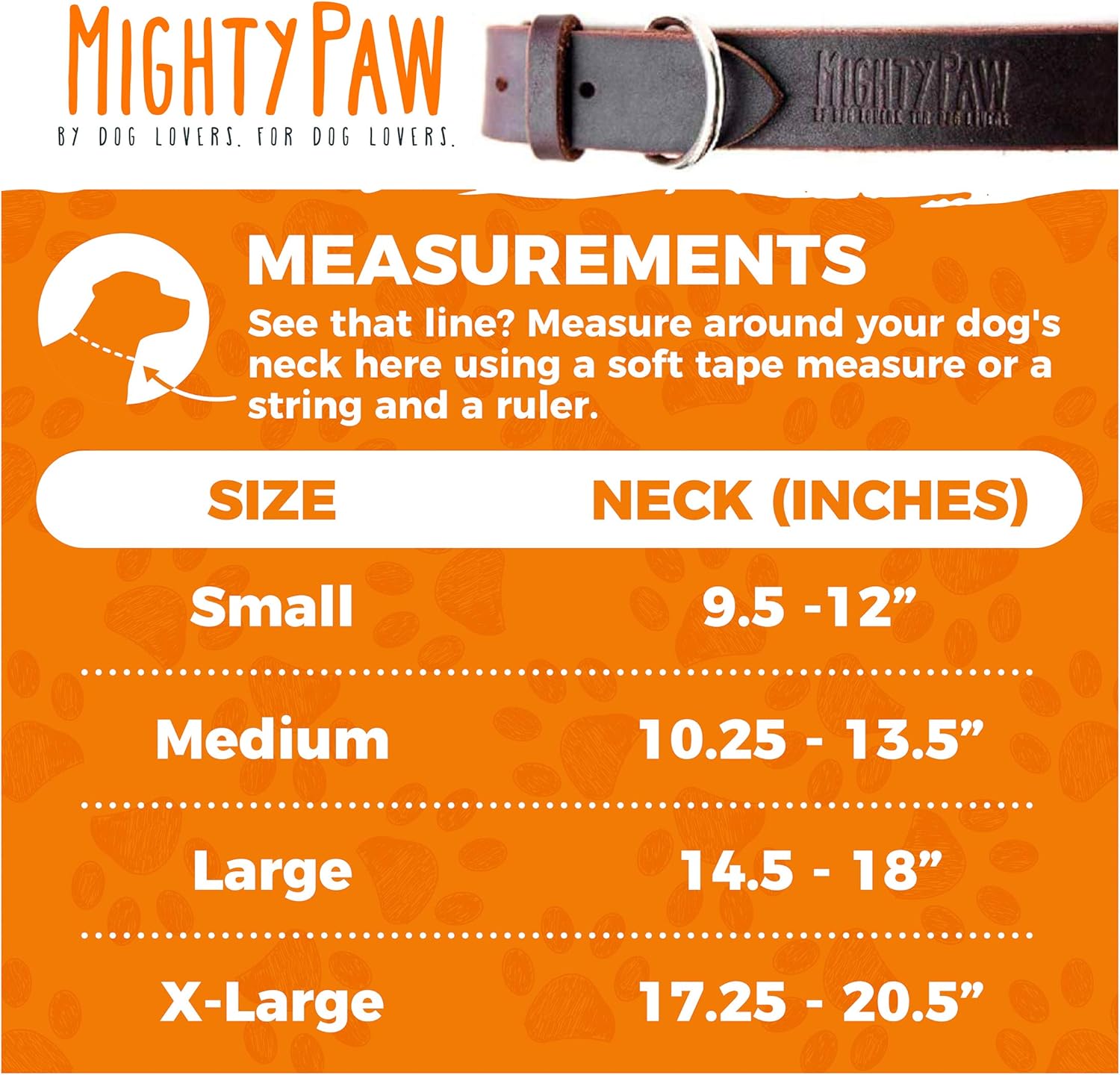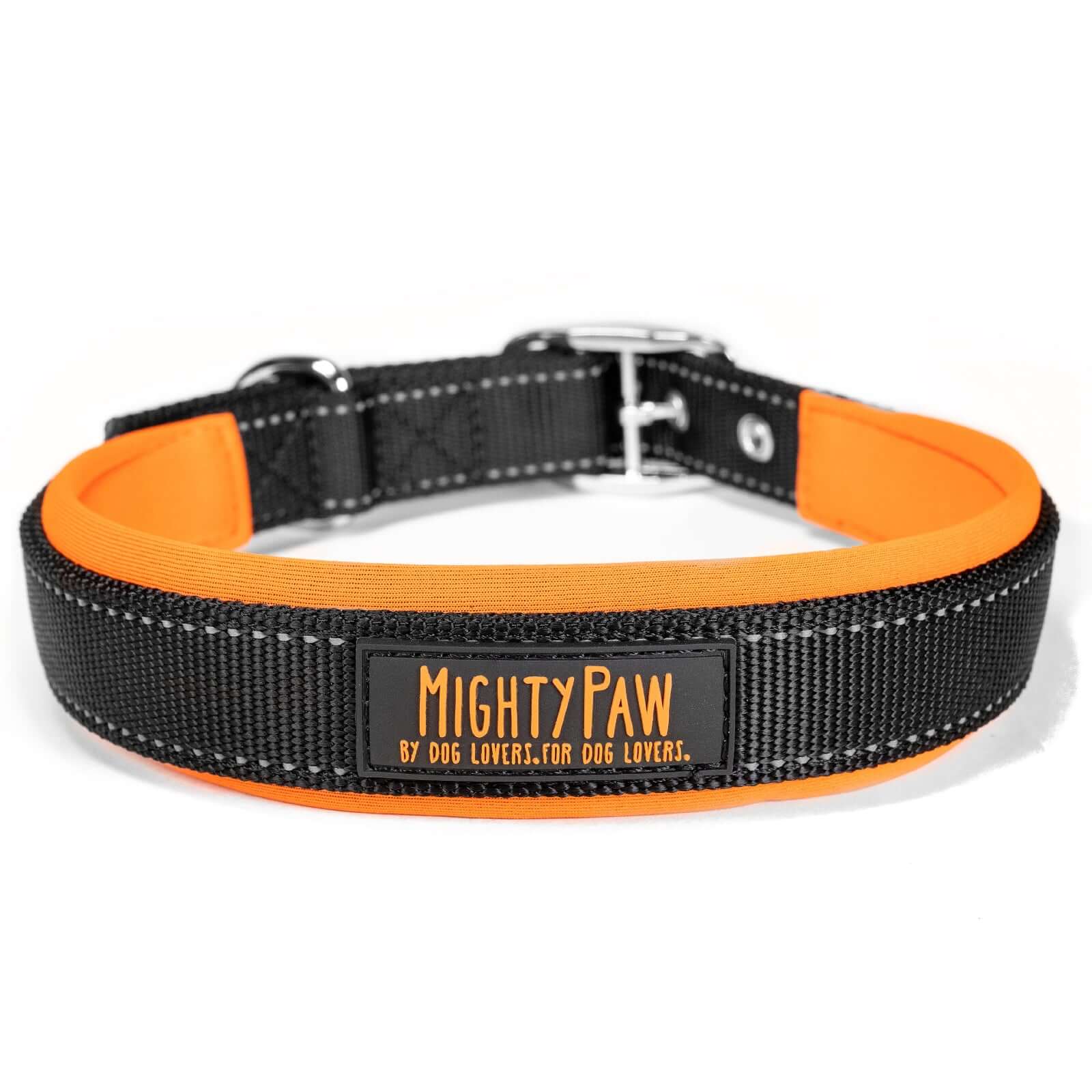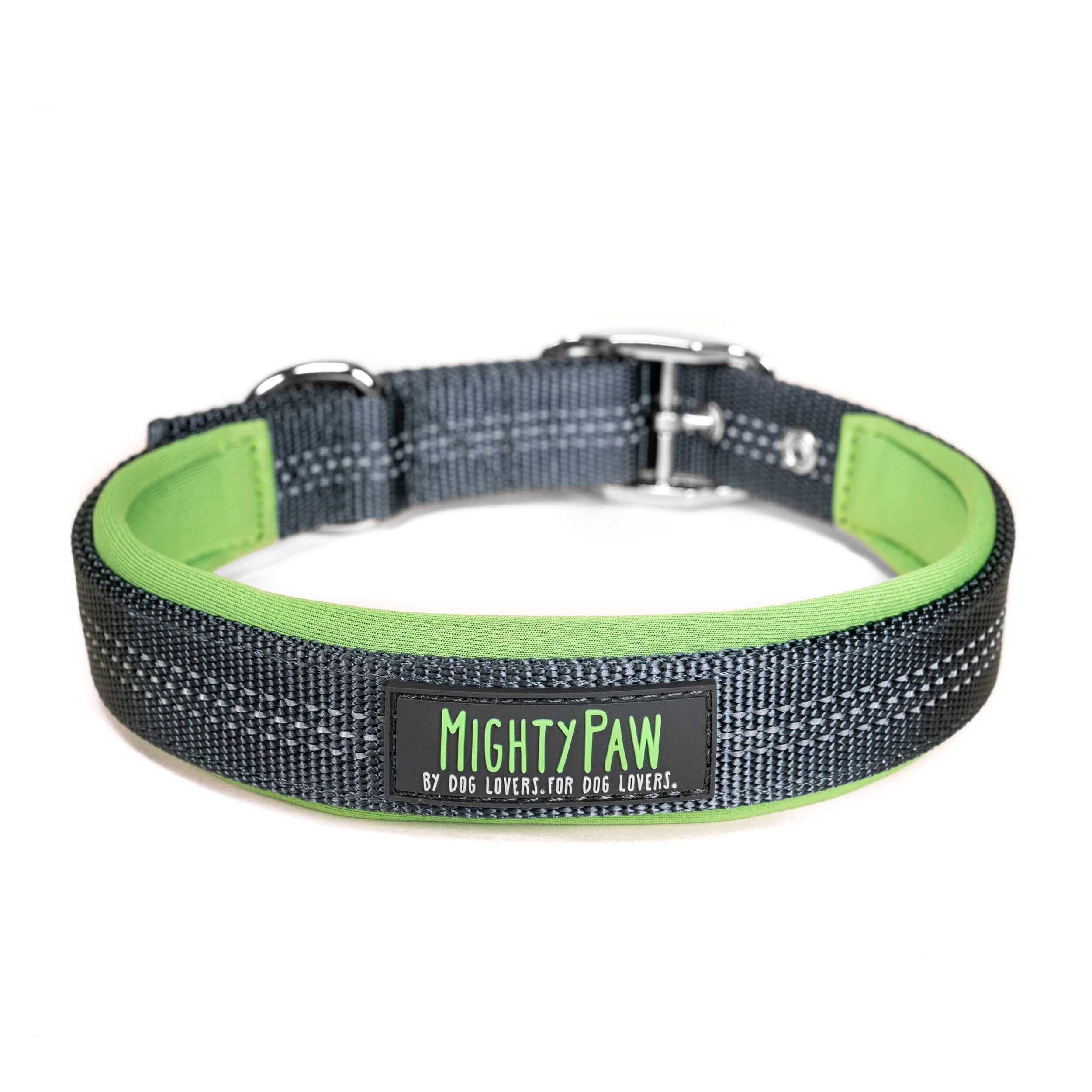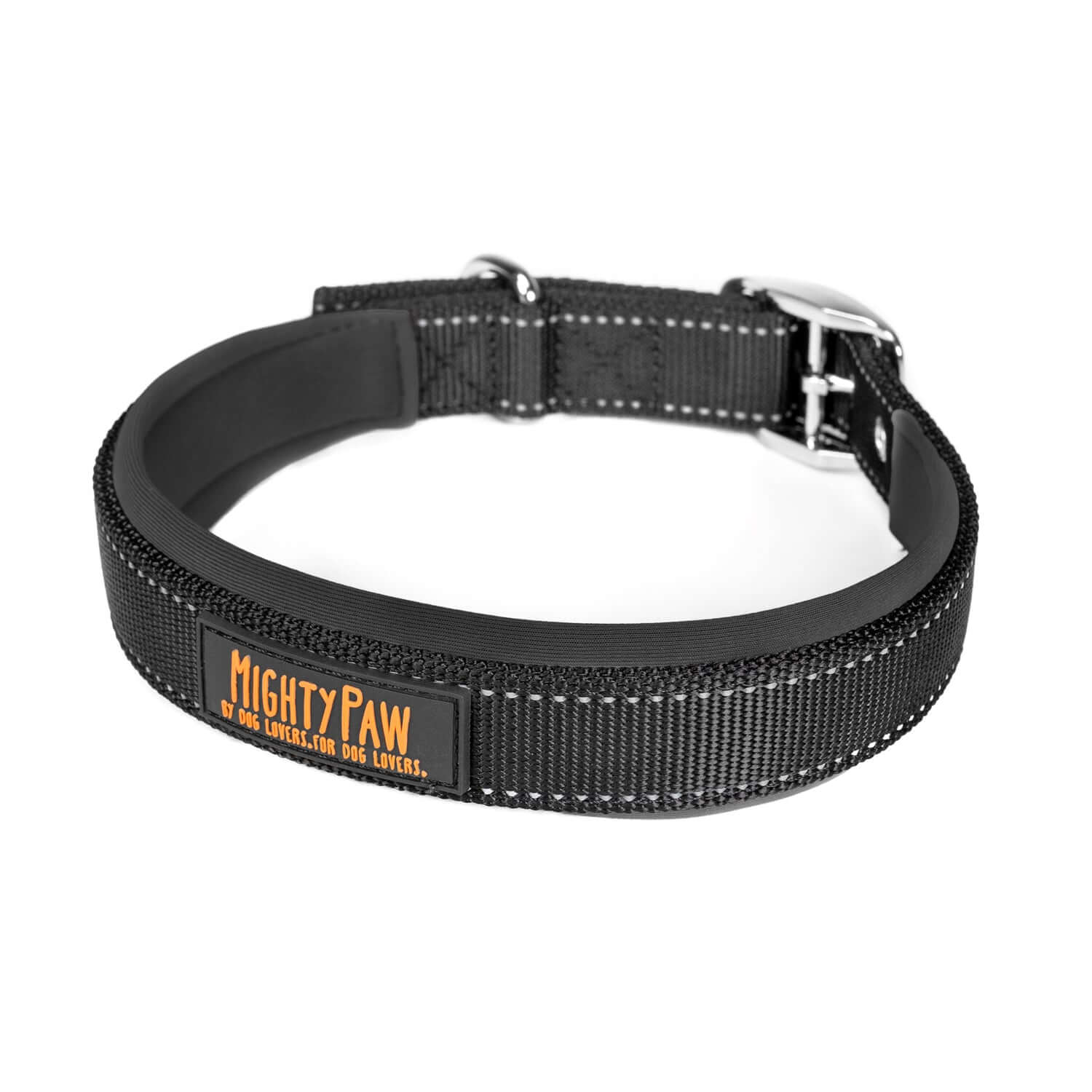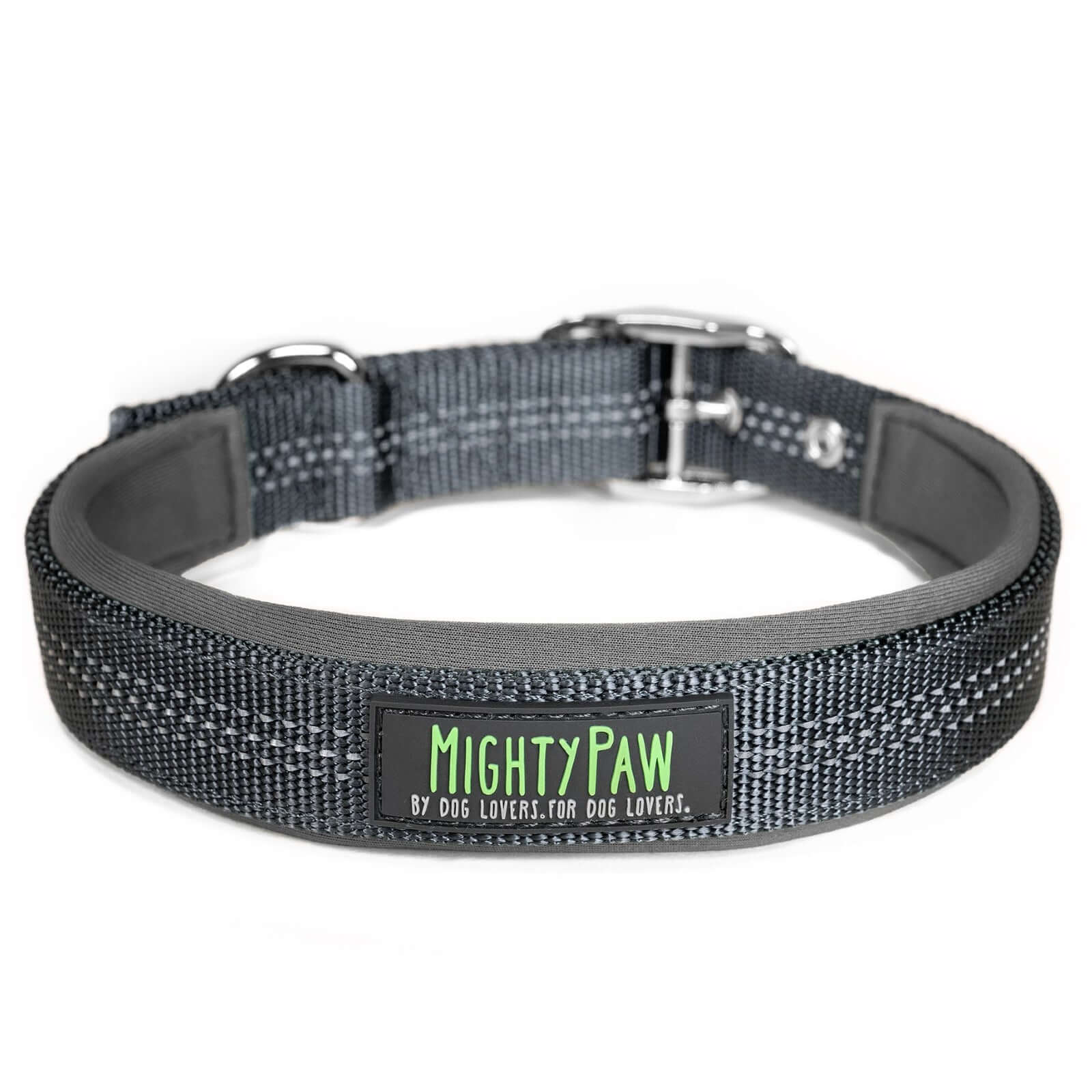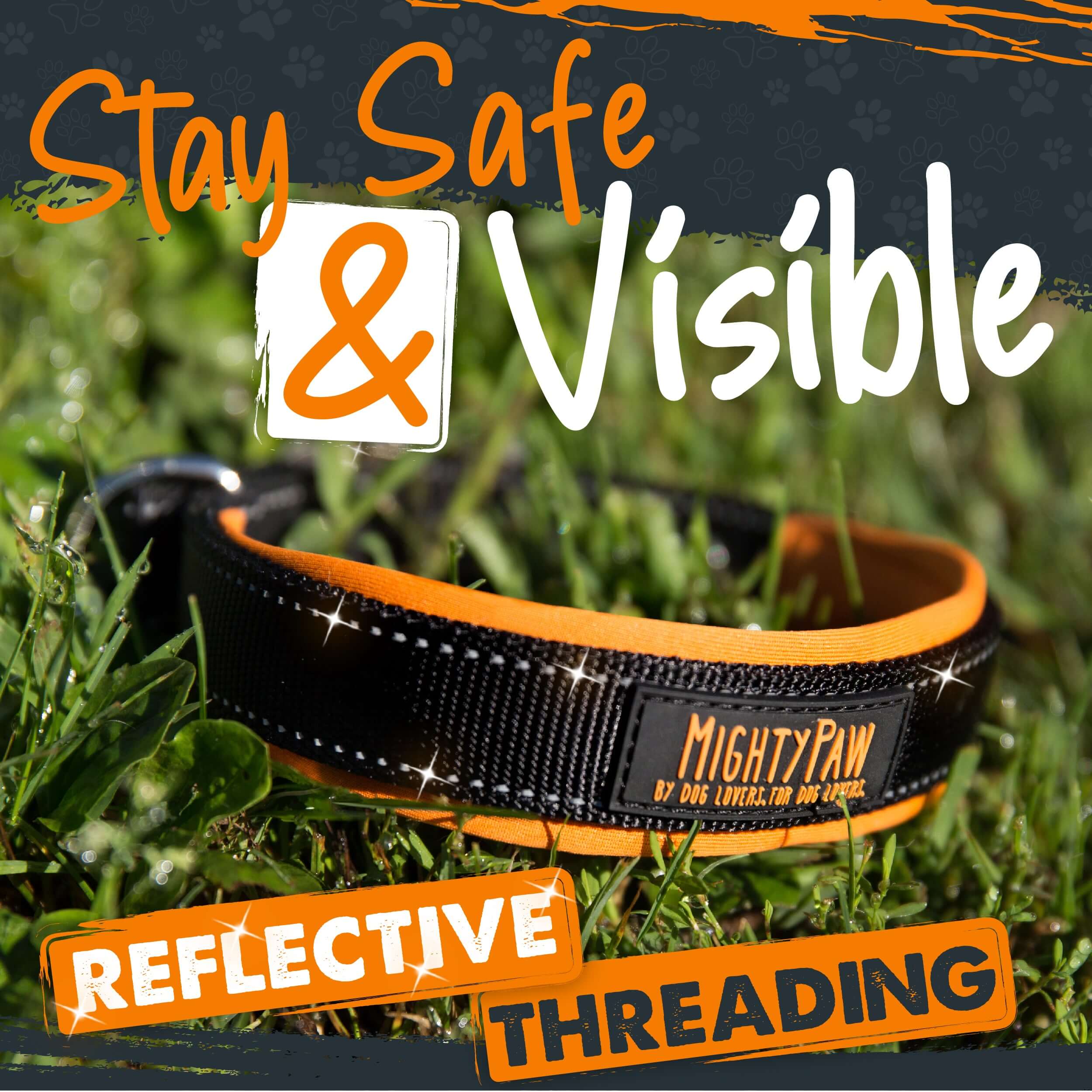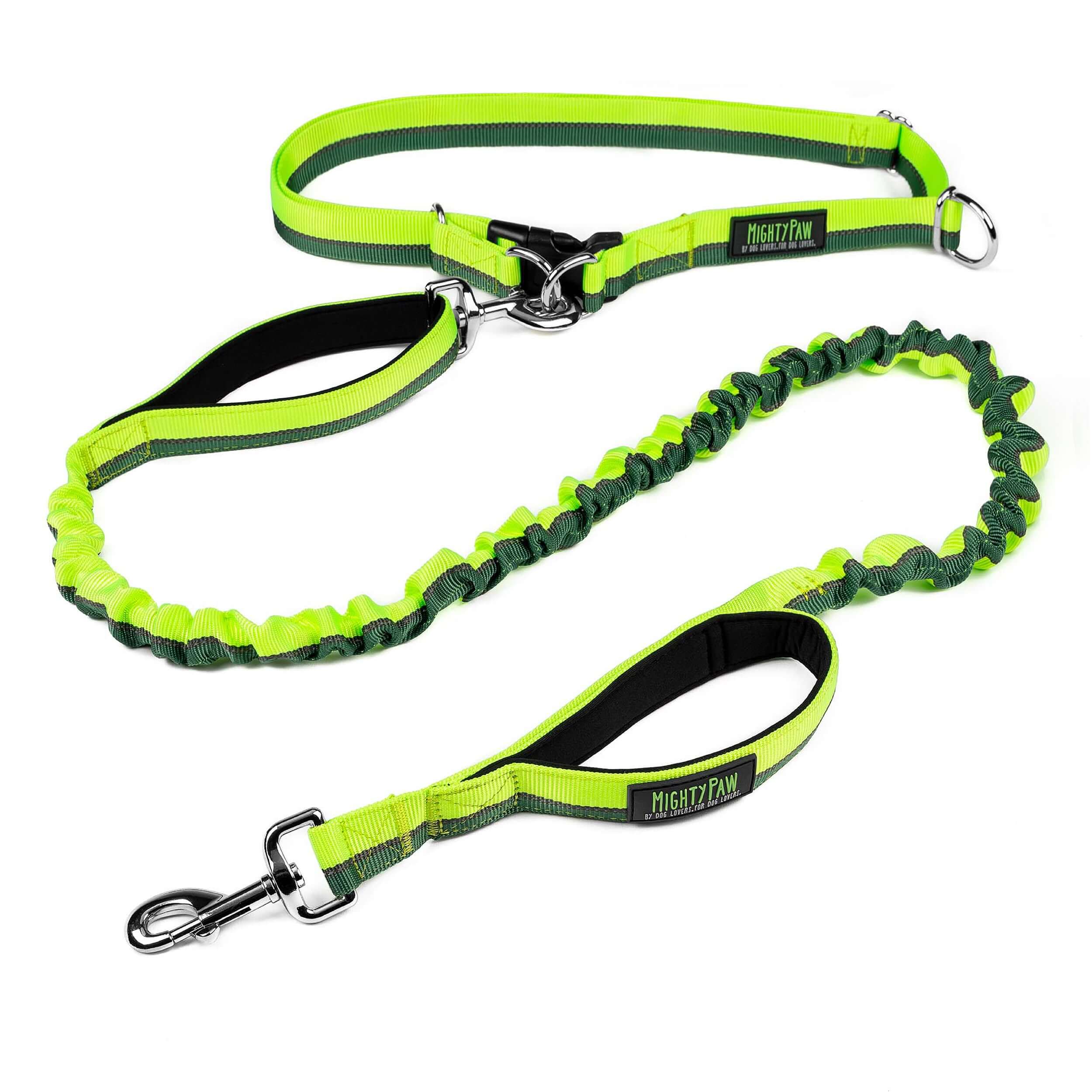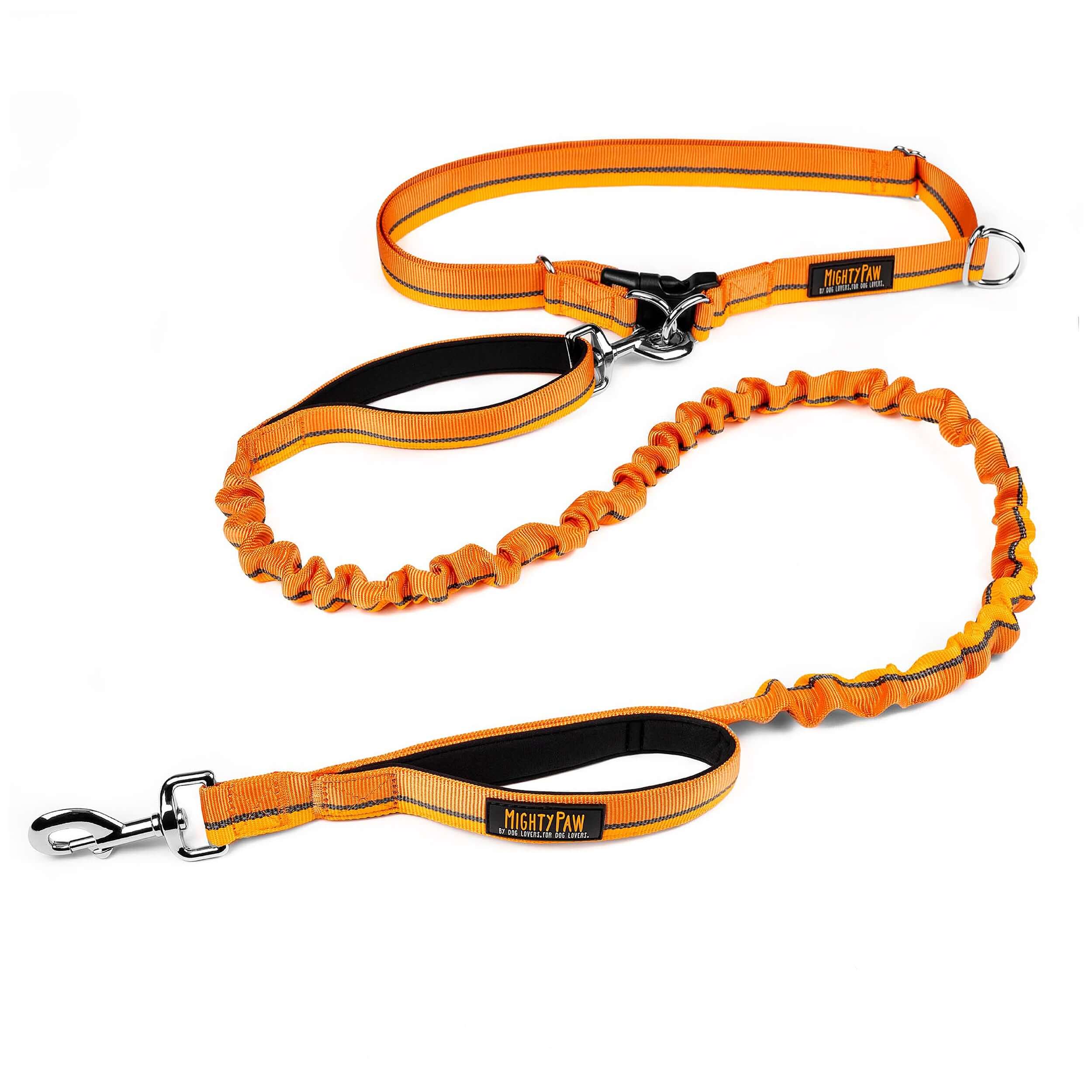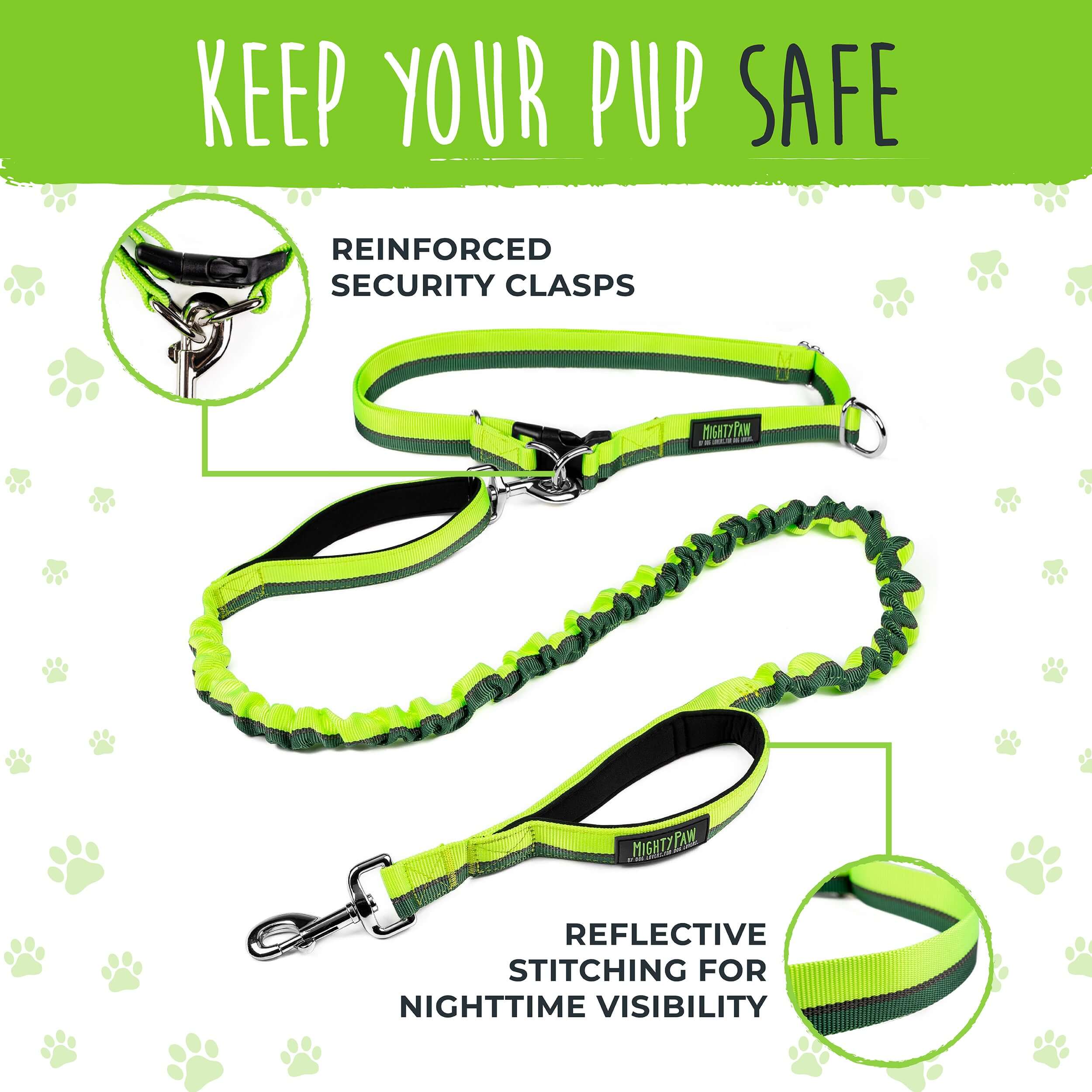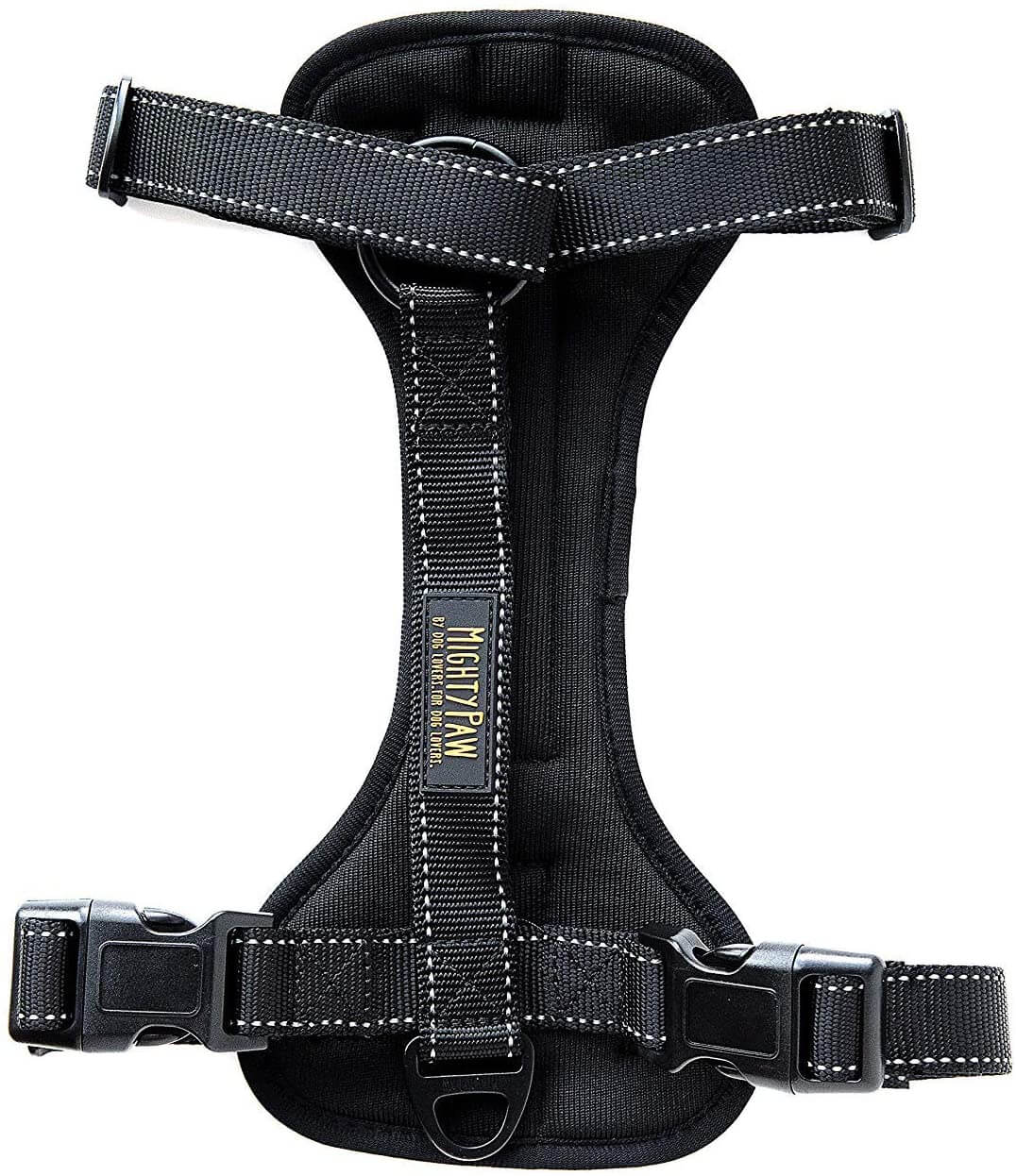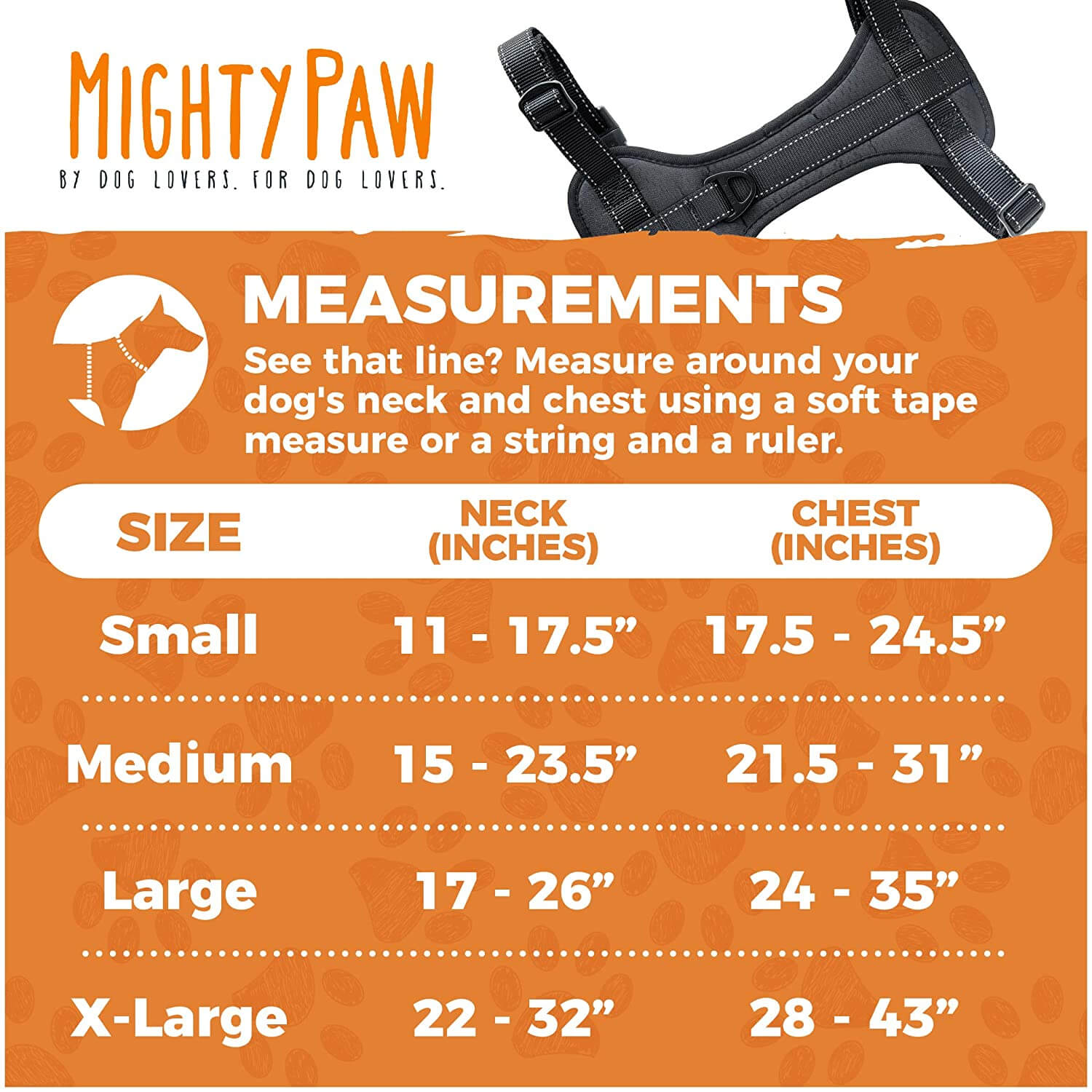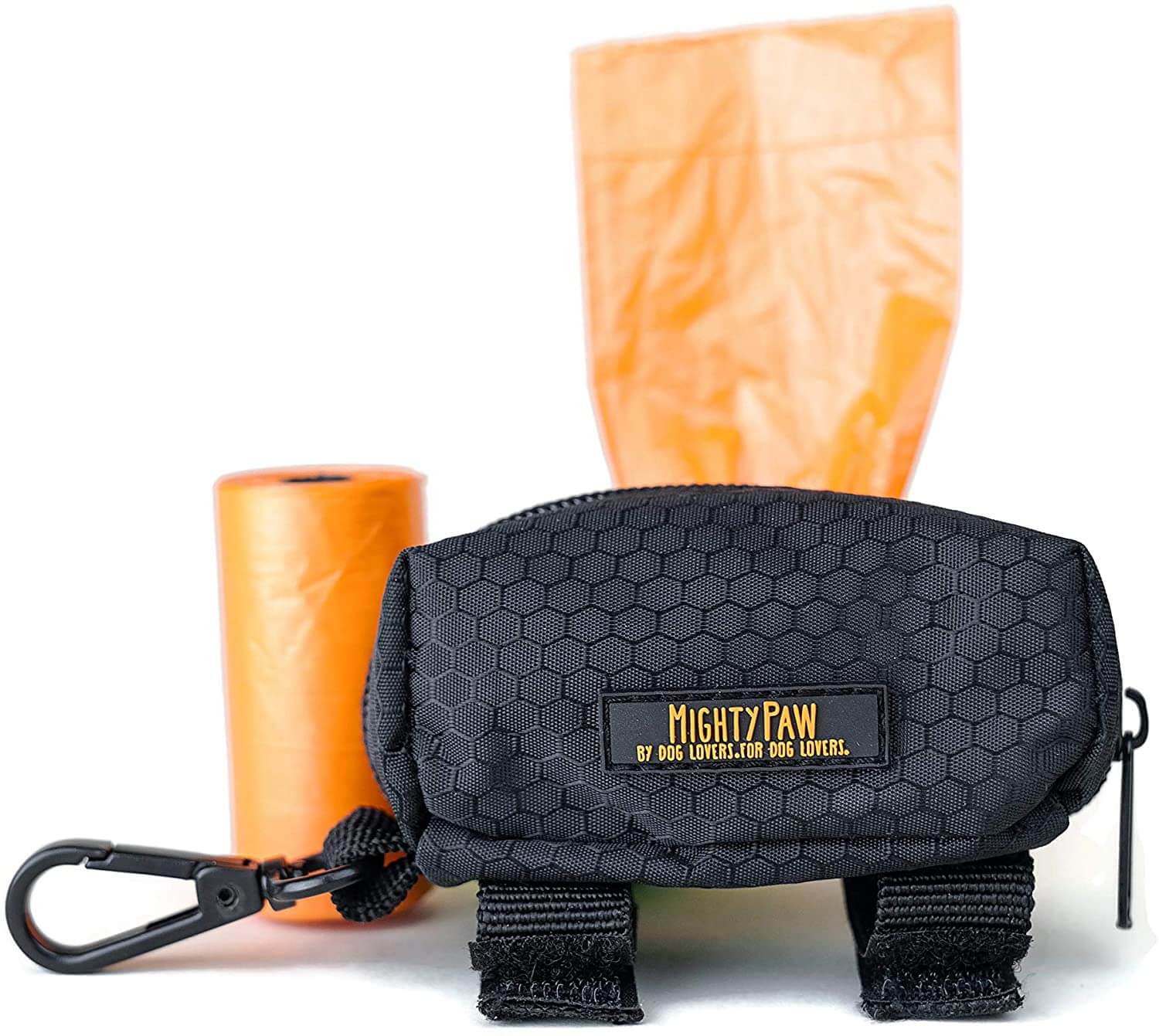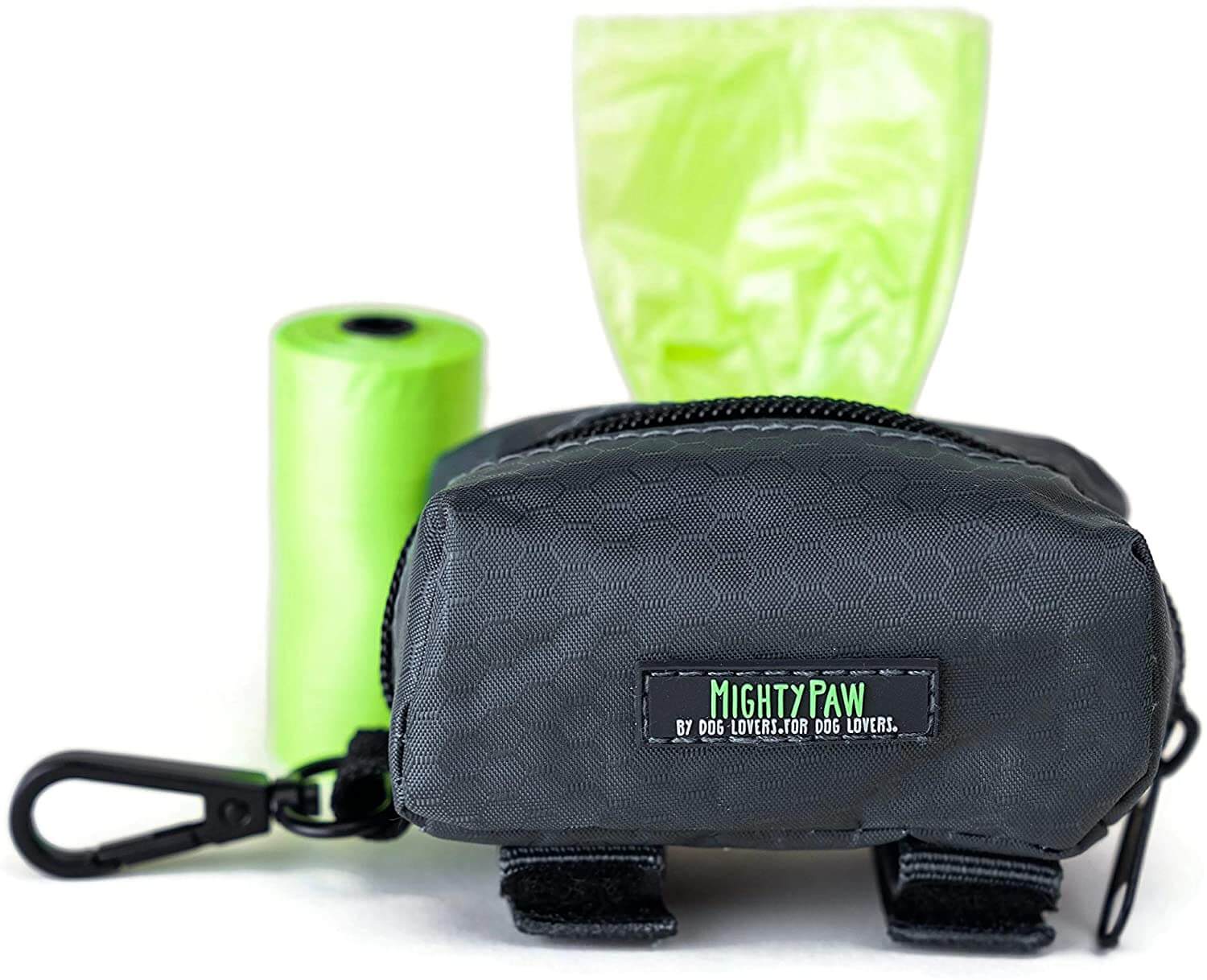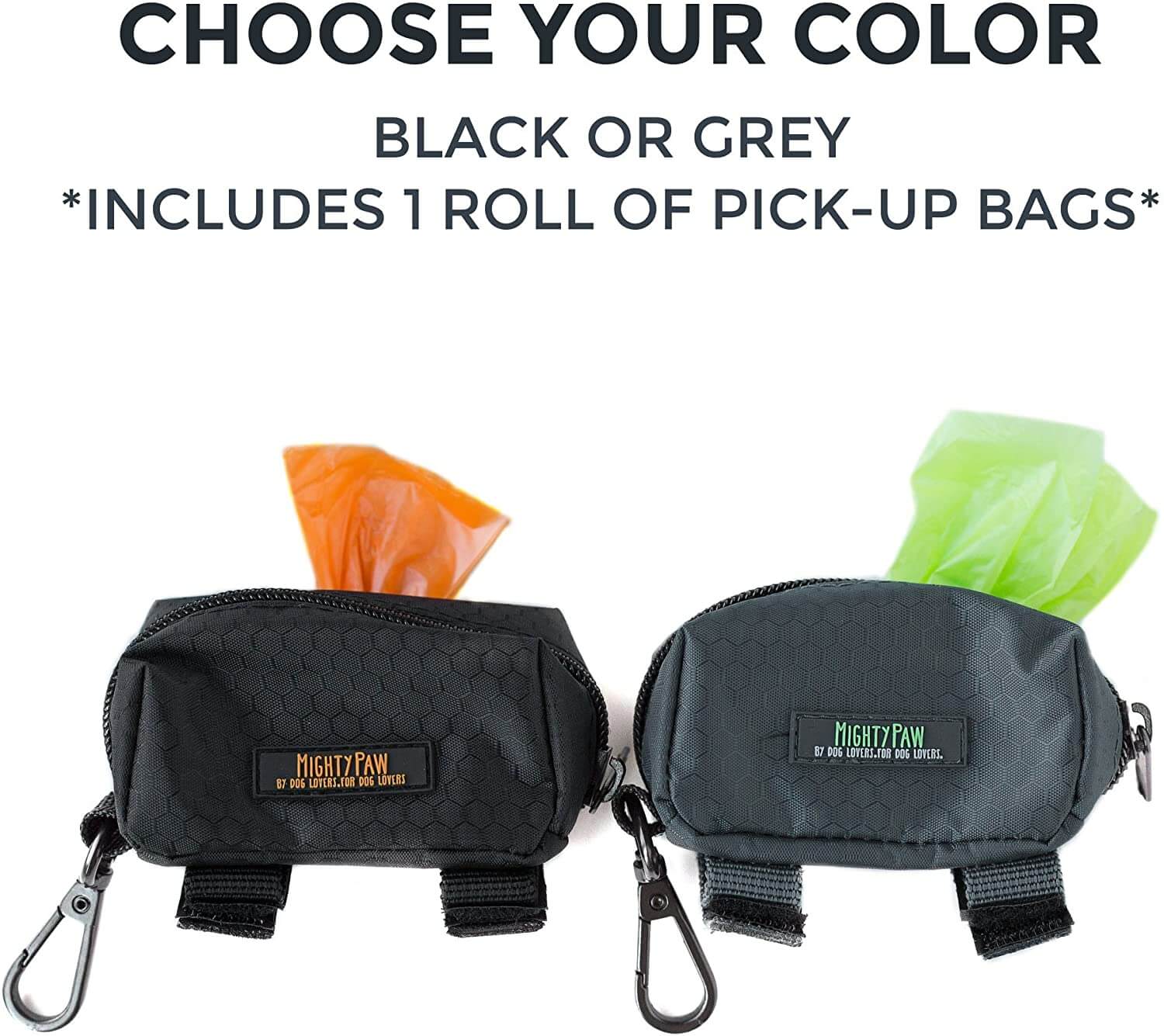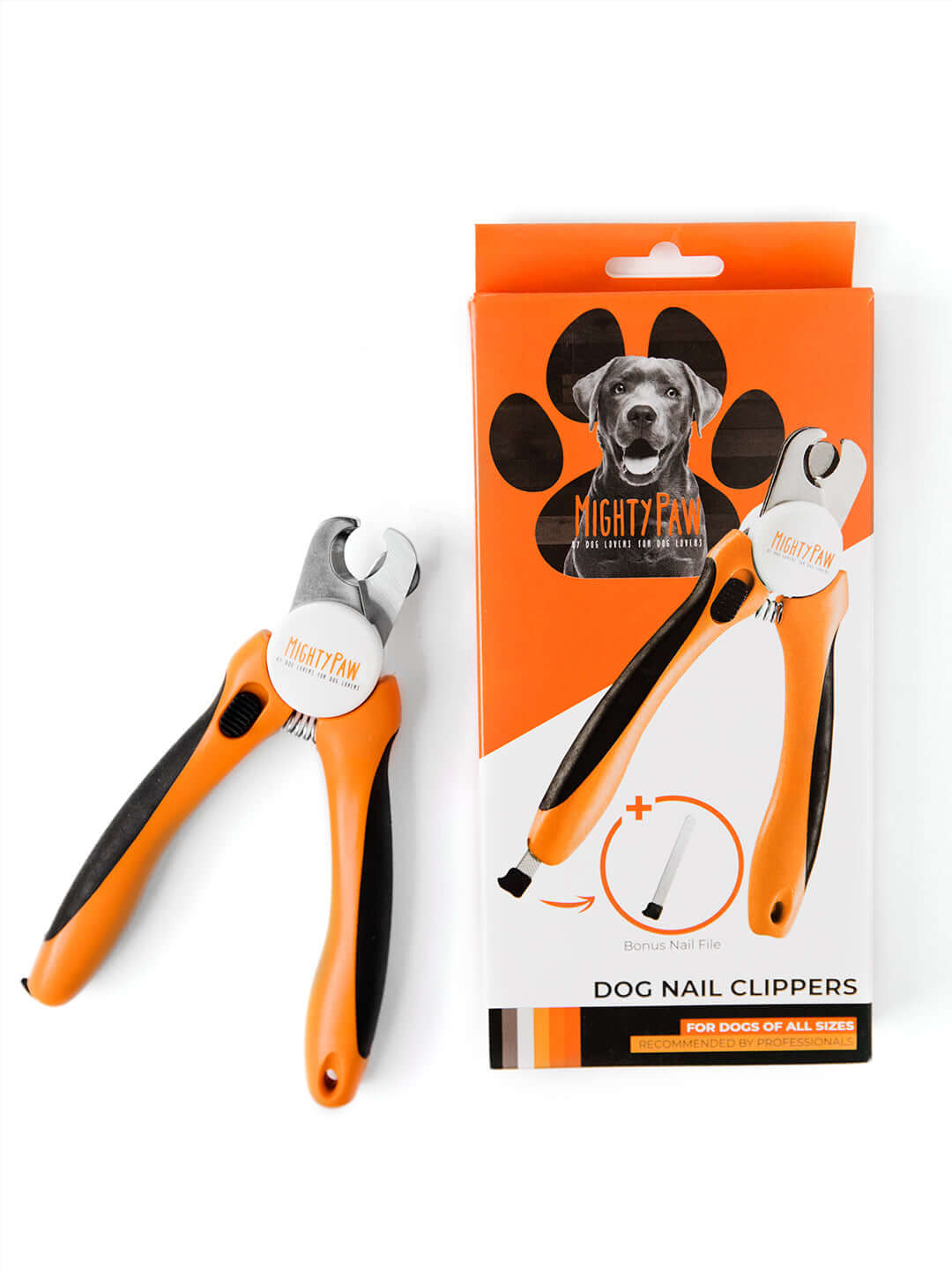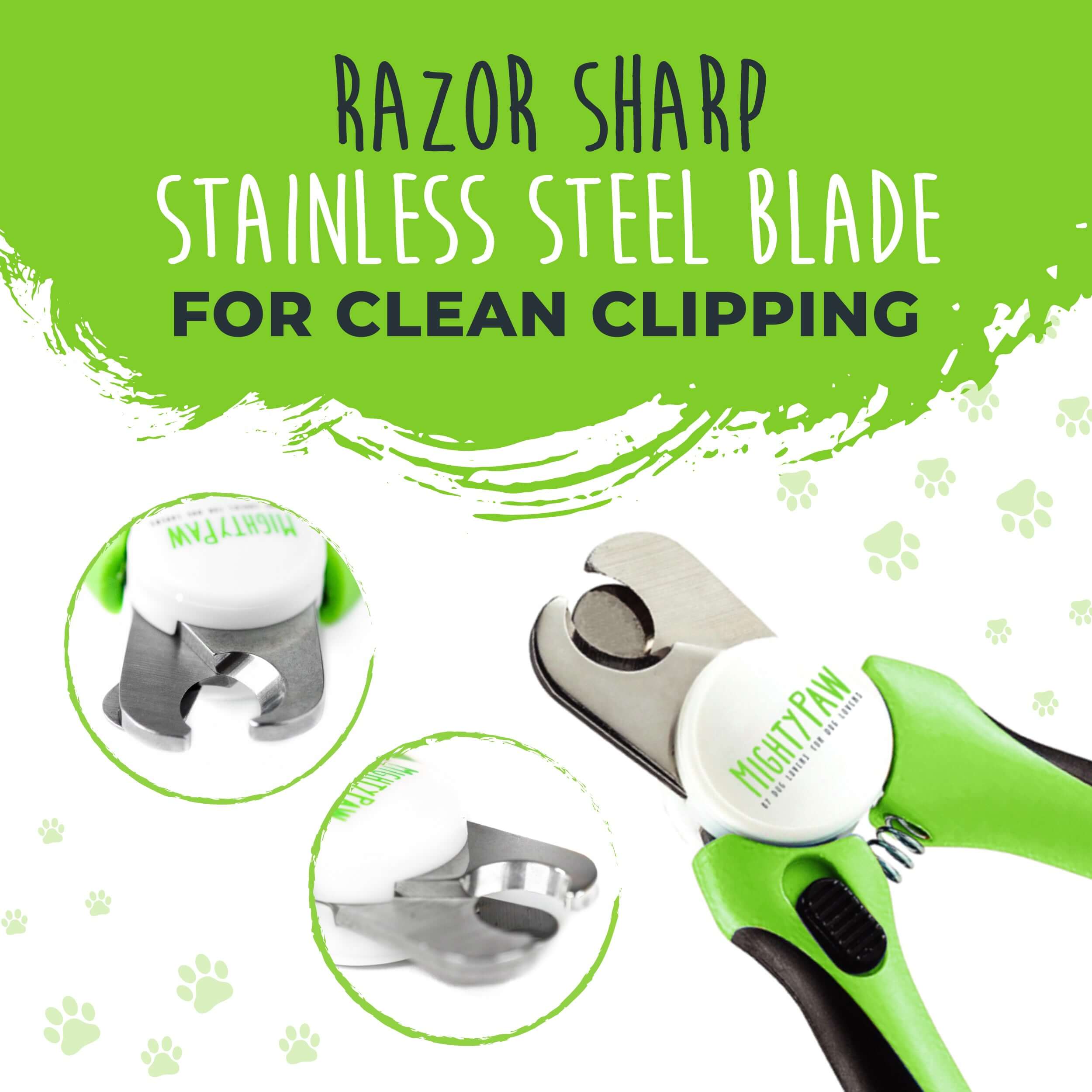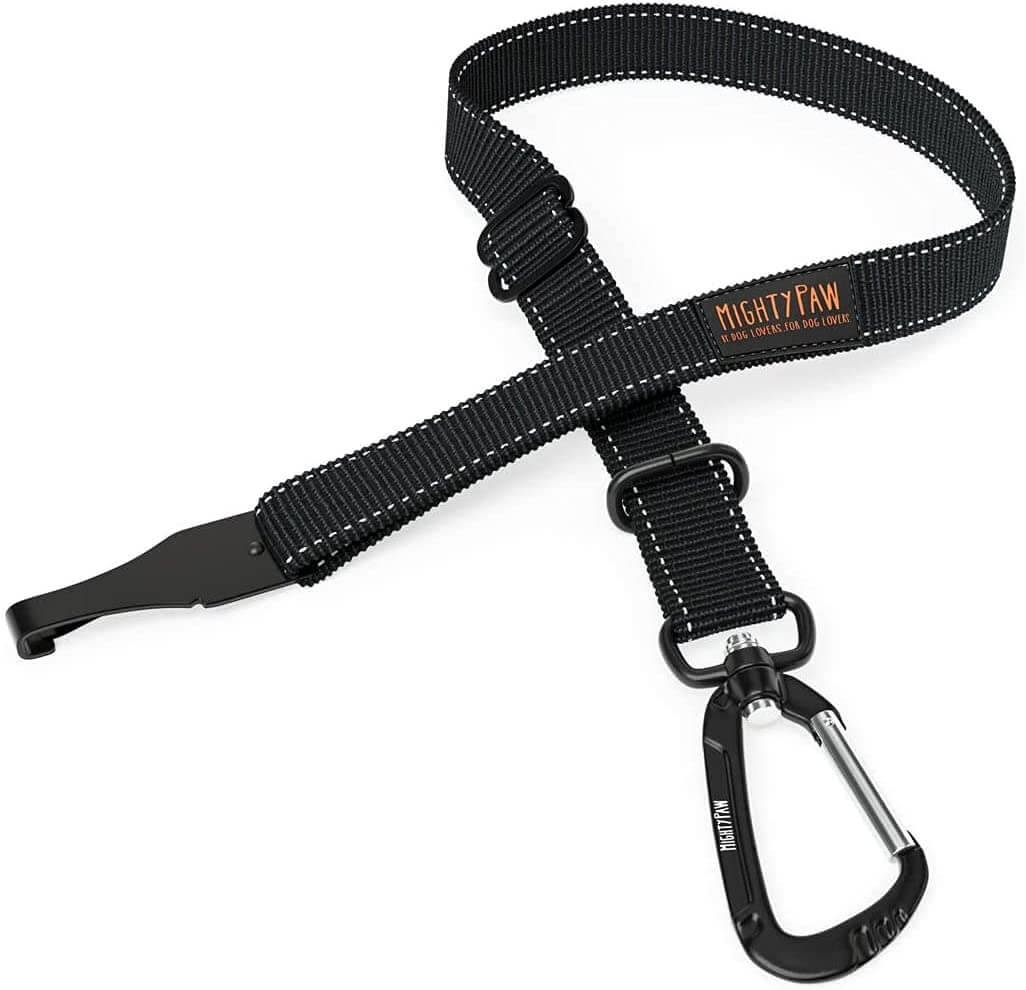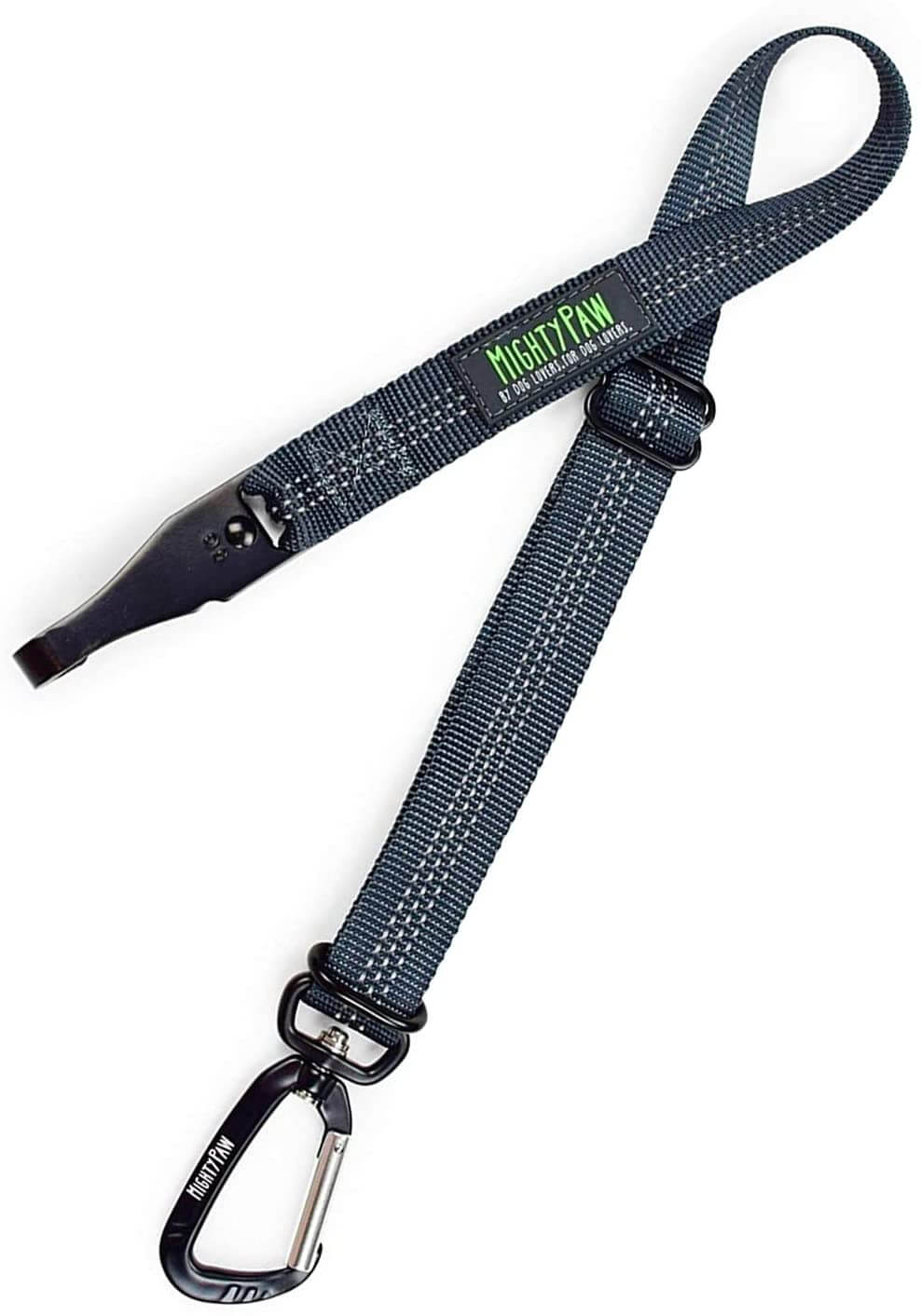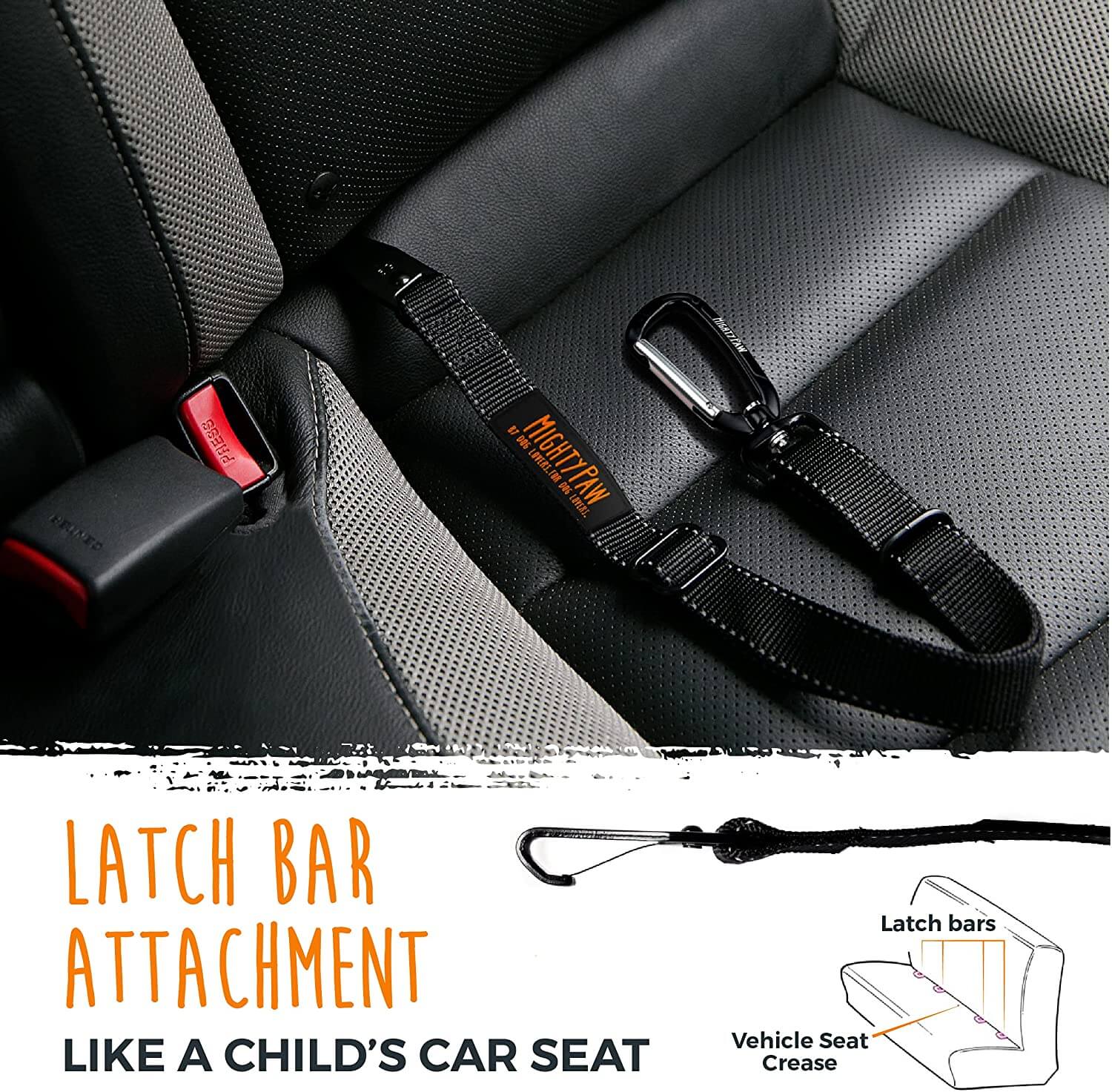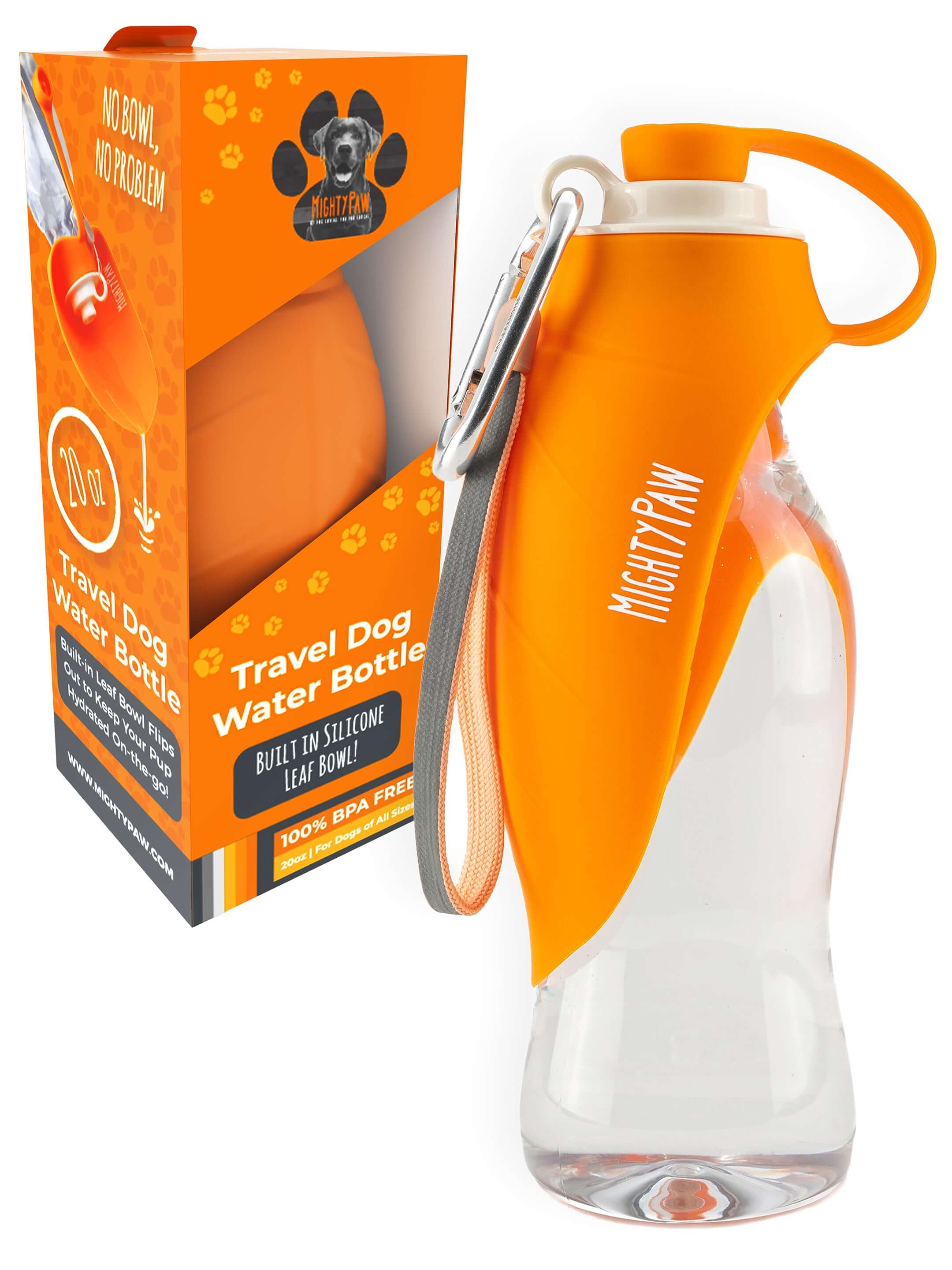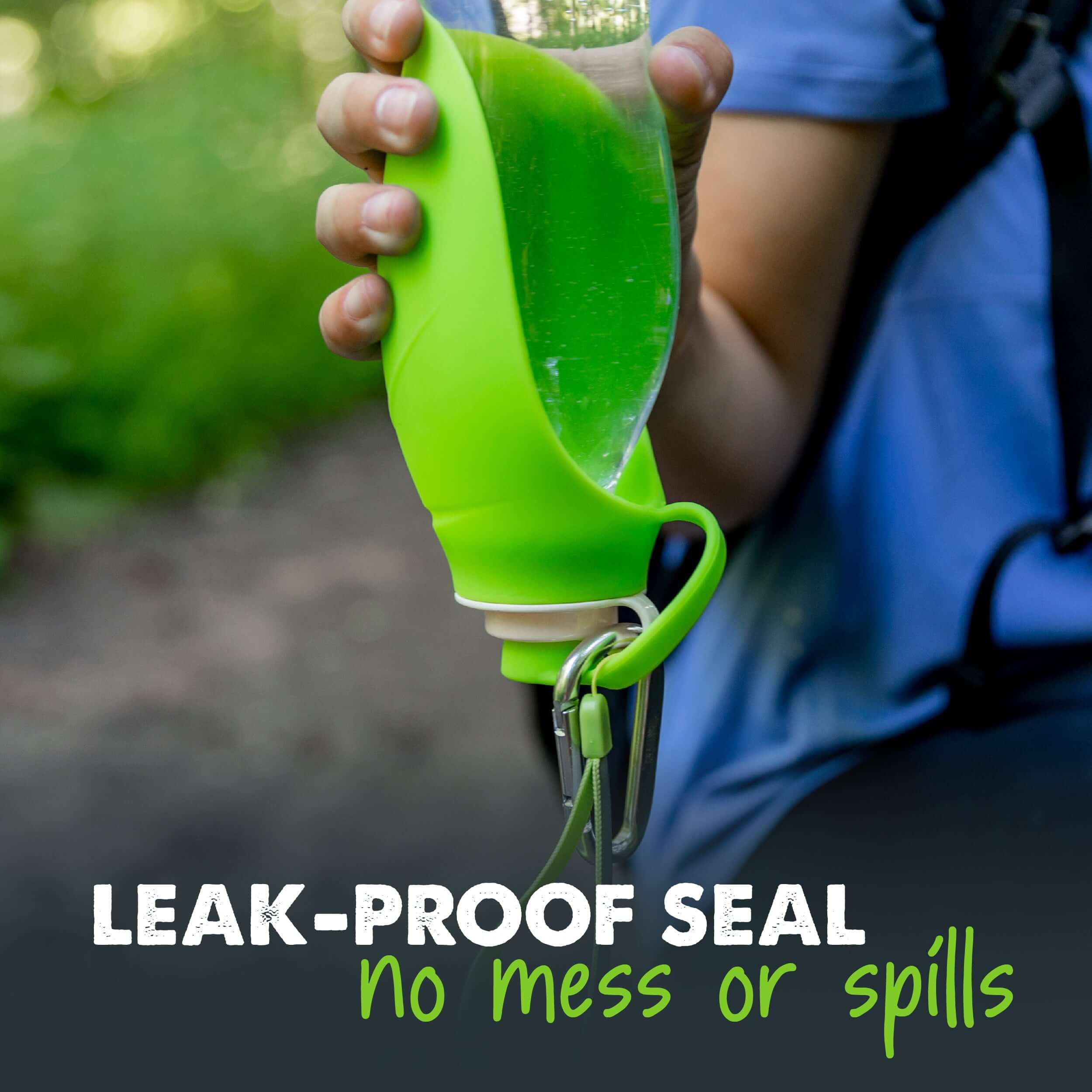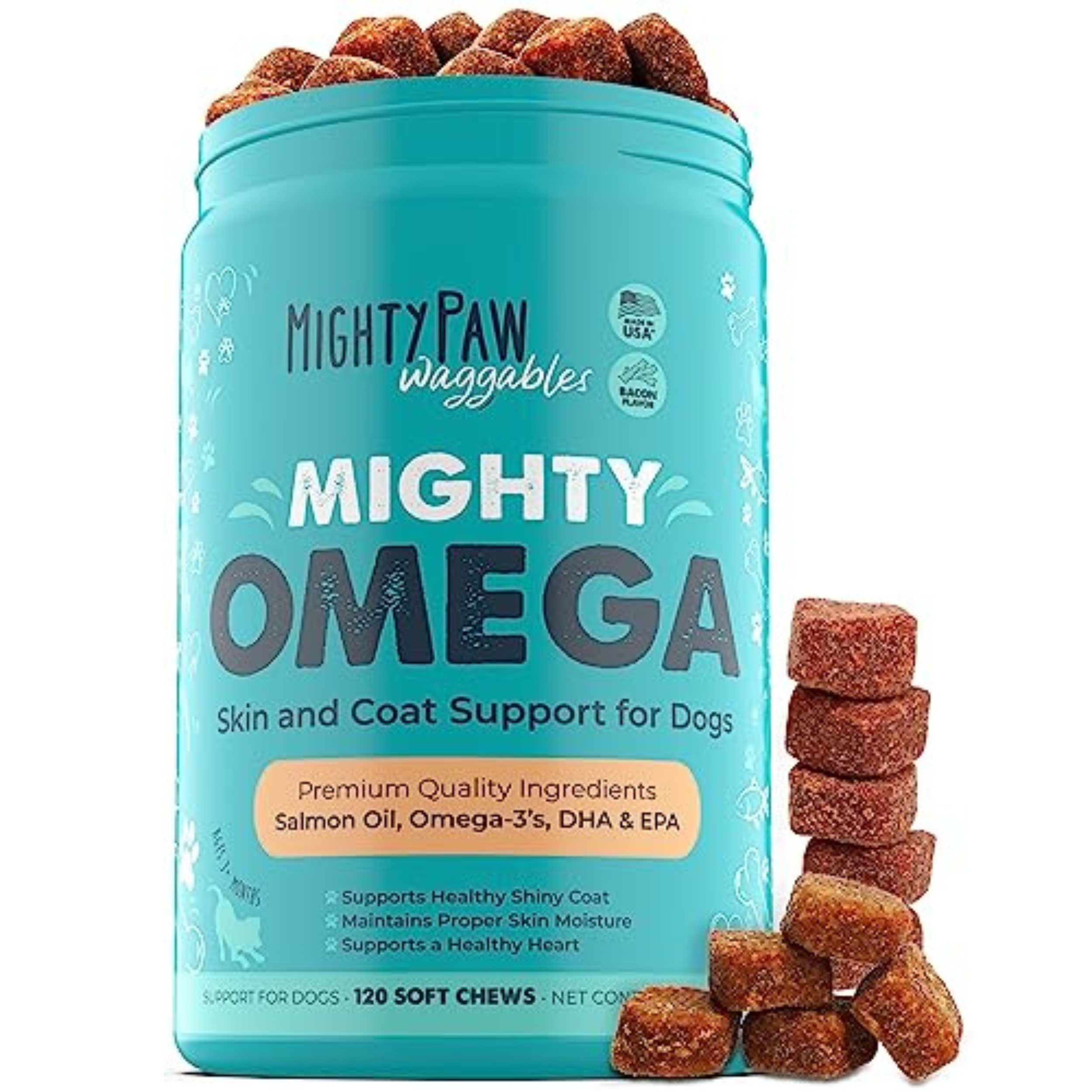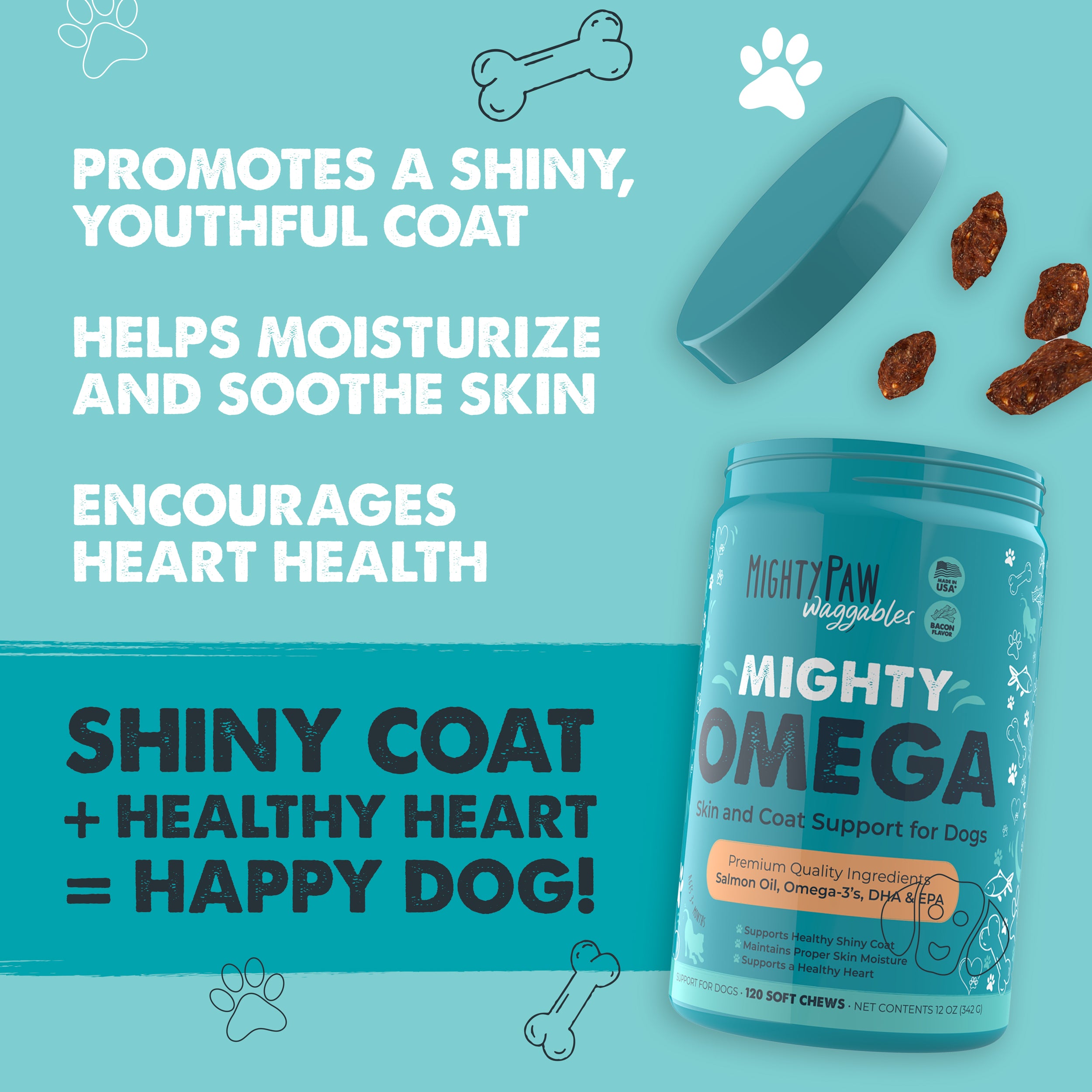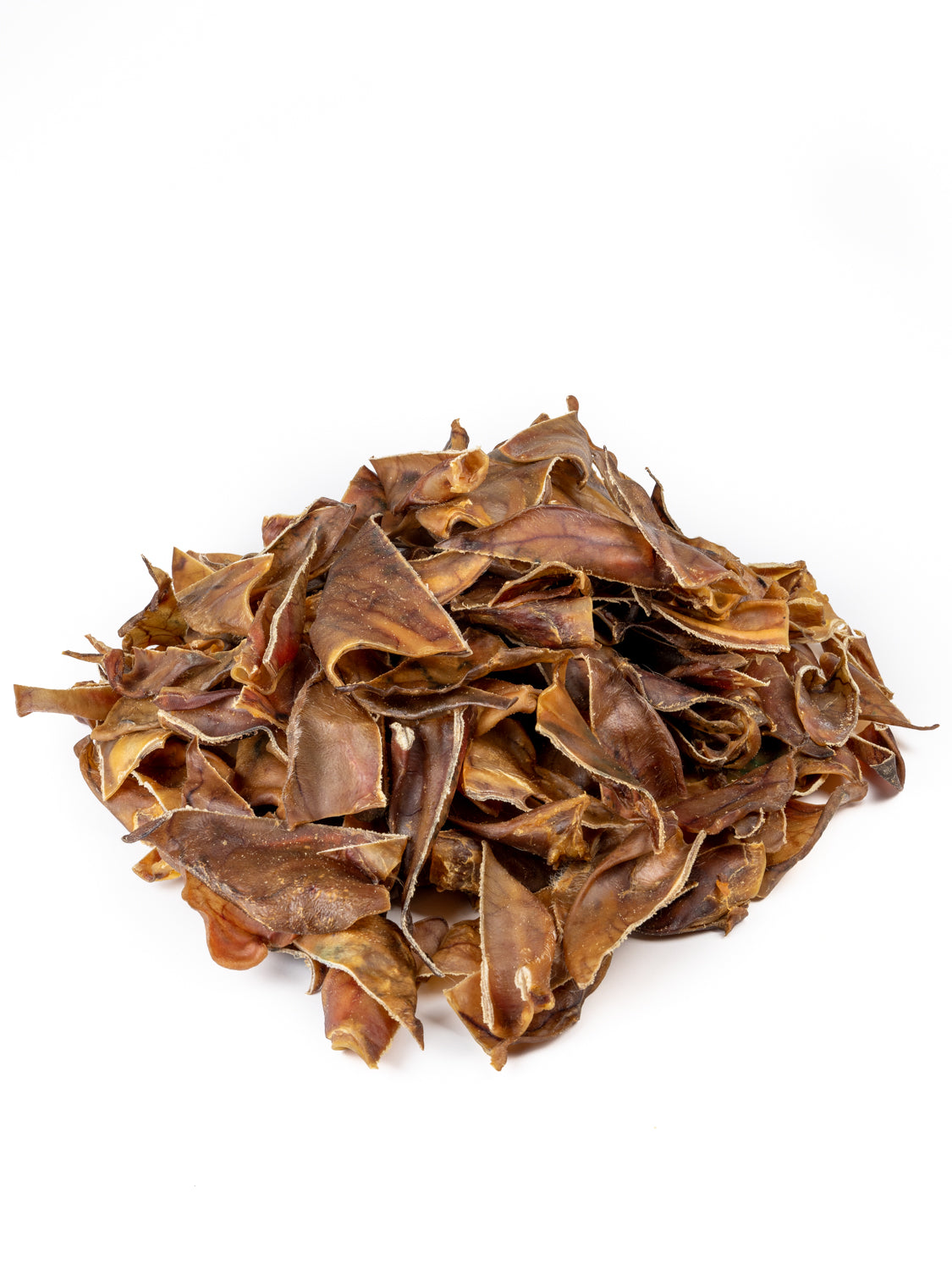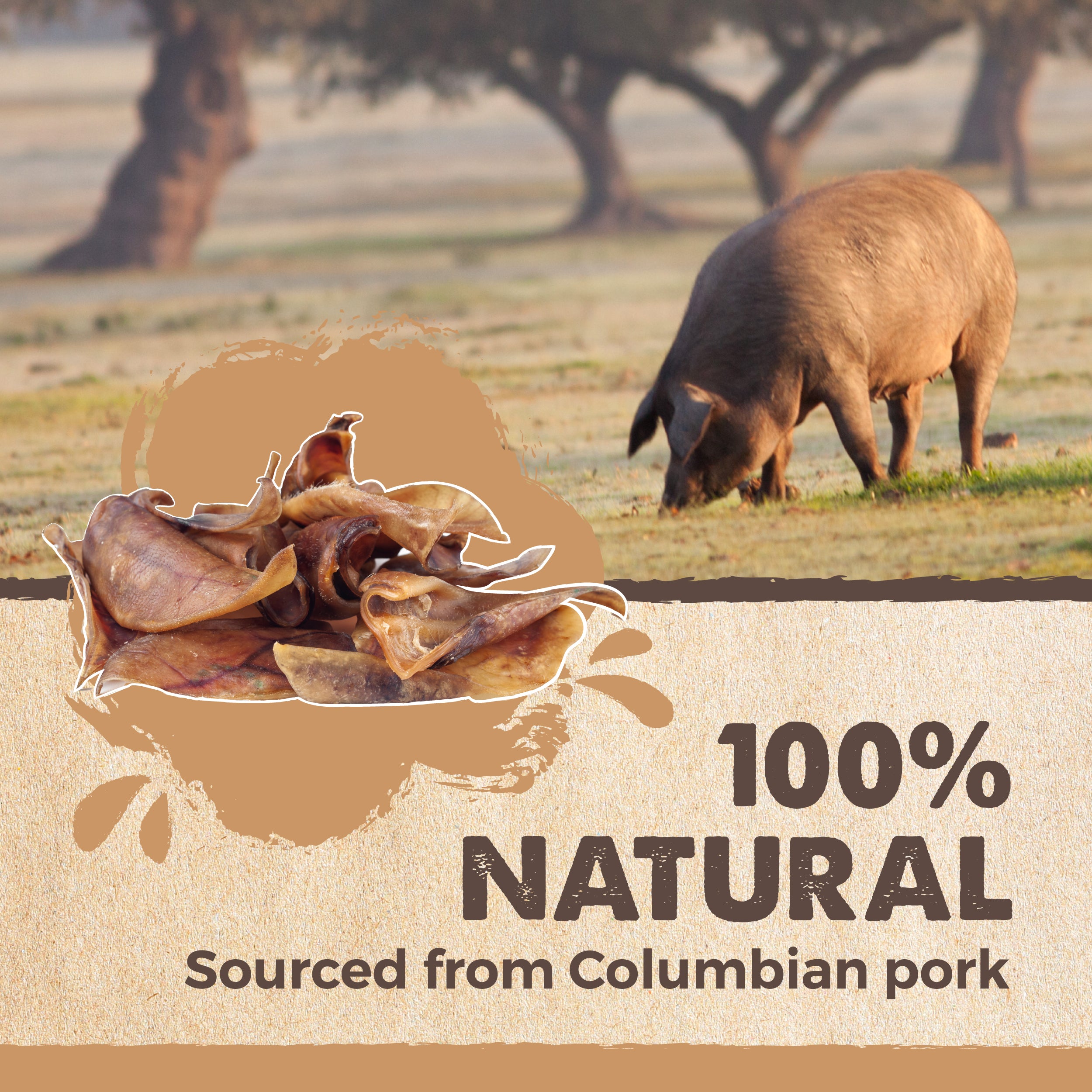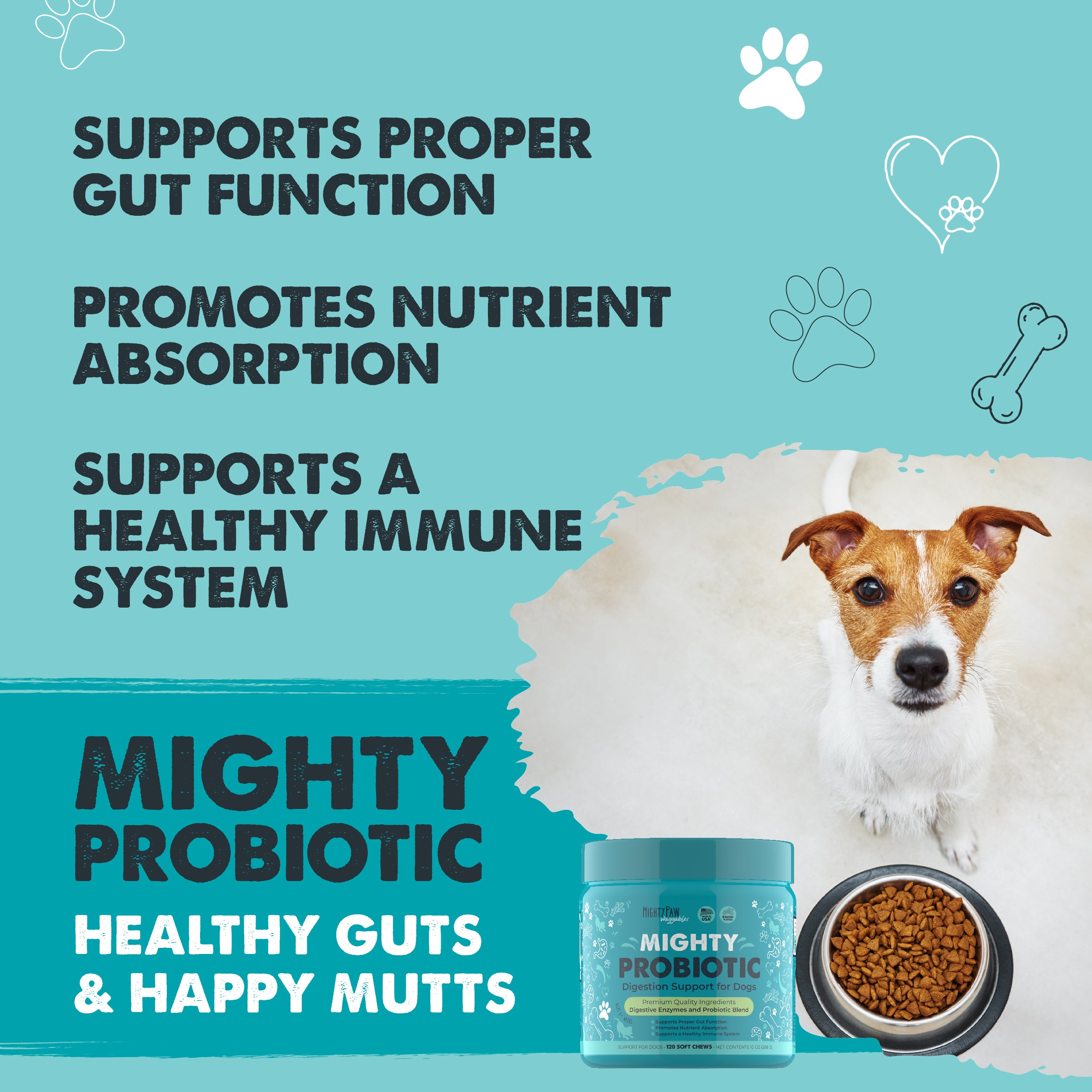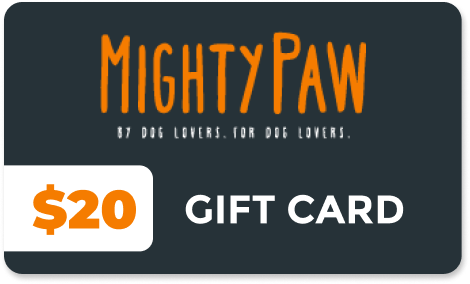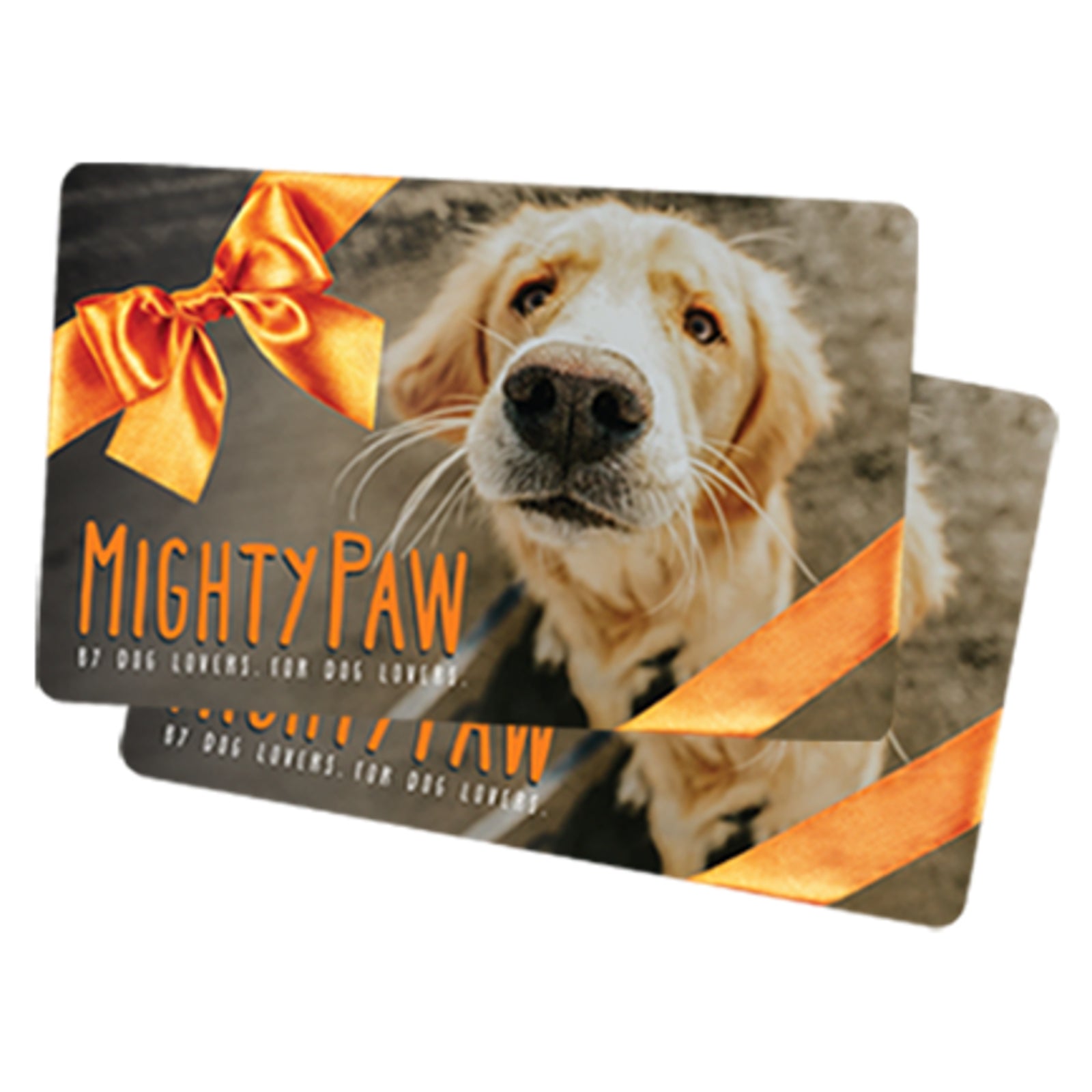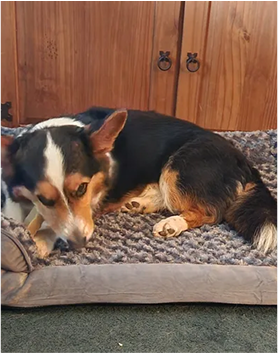7 things your new rescue dog family member wants you to know
What's more exciting than adopting a dog and bringing your new family member home and into your life?!
Your new pup is excited too -- and more than a little overwhelmed with all the unknowns in this wonderful, new forever life.
It's our number one job as new dog parents to make the transition as smooth as possible, to not only make sure our pup is secure but that our pup feels secure. Even the most confident of dogs can become a timid or fearful dog in a completely unfamiliar, unpredictable environment with too much stimuli too soon.
When a dog feels at home, safe, secure, and loved, all things fall into place. So let's jump into what you need to know and do to help your dog settle in and ease happily into your new life together.

1) Give everything time and follow the Rule of 3.
What is the Rule of 3?
The Rule of 3 is a way to remind ourselves to see the world from our dog's eyes. You'll often hear a shelter or rescue group reference the "rule of 3" so we all keep in mind what to expect at any given time after we bring our rescue dog home, to remember our dog needs time and space to decompress and get comfortable.
It's a reminder not to rush it.
Your individual dog may adapt more quickly or more slowly - just keep the rule of 3 in mind, keep your eyes on your dog's body language, and follow your pup's lead.
- What to expect the first 3 days with your rescue dog
The first 3 days your newly adopted dog is home, your pup is justifiably overwhelmed. Many dogs' bodies are almost in shock from the environmental change. Some dogs may settle right in, but for many, it's not uncommon to have dogs who might not eat, might sleep excessively or not at all, and just generally might not be themselves.
This is the time to let a new pet adjust, letting your rescue dog sleep often and as long as needed, and generally decompress and regenerate.
With all your dog may be feeling at first, it's important that you have a patient and understanding attitude every moment with your dog no matter what. You'll be helping your dog realize your home is his/her home -- and building your bond for all that's to come in your lives together.
- What to expect at 3 weeks with your rescue dog
After 3 weeks, your new pup is gradually learning the regular routine of your household, feeling more confident in the surroundings, and realizing this is his/her home too.
- What to expect at 3 months with your rescue dog
At 3 months, you and your dog have built a solid, trusting relationship. Your pup is comfortable knowing this is home and has relaxed into your daily routines.
So remember the Rule of 3 and follow your dog's pace to start off with a solid, healthy foundation!
2) Getting comfortable is more important than training now.
Once your pup is comfortable and you have a good bond of communication and trust, you'll have all the time in the world to work on training. For now in these first few weeks, focus on helping your dog feel safe and confident. That sets both of you up for success for when learning can happen more easily and effectively in your dog's comfort zone.
A new pet's first weeks are a good time to...
- Train you to read your dog's body language. Your dog communicates with you all the time through body signals both subtle and obvious. By learning to read your dog, you can anticipate your pup's needs, understand feelings, and tailor your interactions to keep your dog in his/her comfort zone now and when you're out in the world later.
- Reward your dog generously for any and all good behavior that happens naturally. Your dog may already know basic cues and manners -- or not. Whatever good behaviors your dog knows or does naturally, reward with nutritious treats your dog loves. Get your dog used to rewards for behavior you want to see by celebrating easy wins now. That includes every time your dog goes outside for potty breaks!

3) Create welcoming, "safe stations" for your pup.
You'll want your new dog to feel like an integral part of the family right from the start. Think about where most of your day-to-day activity happens in and around your home and set up cozy "safe stations" in each spot so your pup can settle in, relax, and still feel close to you and part of whatever is happening.
Set up a comfortable dog bed, soft blankets, and a few toys in each spot. A familiar scent, such as a blanket from their previous home or shelter can add a sense of comfort and ease the transition (rescues are happy to send a favorite, familiar toy or blanket home with their rescue dogs whenever possible).
You also always want to keep your dog safe and out of trouble, so consider using see-through baby gates if necessary to keep your dog within sight of family activity without wandering into tempting accidents.
4) Your new dog doesn't need to meet and greet everyone.
Bursting to introduce your dog to friends, extended family members, everyone... and share the joy? We know the feeling! It's a good idea to resist the urge -- at least for a while until your pup is settled and you know your dog well enough to know whether that's something your dog actually wants.
If you have other family dogs, take it slow and don't rush dog introductions.
- Let your dogs get to know each other gradually and keep them separated by some distance so they can get to know each other at their own pace and by choice.
- Try what certified positive dog trainers and rescues often use to help a rescue pet feel comfortable in dog intros: parallel walks. That means both dogs on leash with two walkers, walking parallel with plenty of space in between, gradually reducing the distance as your dogs get comfortable (or not if they show discomfort this go-around). Treat generously and let your dogs set the pace of getting to know each other.
- Never have dogs meet face to face/nose to nose with your new rescue dog or any dog ever; a more low-key, side-to-side approach with an available escape route is less threatening, more comfortable for your dog.

5) Dogs thrive on predictability.
Dogs like to know what to expect. Knowing what's going to happen and when is comforting and grounding for dogs -- whether new or longtime family members. Think about the daily happenings you can keep on predictable routines:
- Set a consistent feeding schedule. You're giving your dog a sense of security knowing when to expect his/her next meal.
- Serving meals at the same time each day also helps regulate post-meal potty breaks and sets your pup up for success in going outside.
- Be consistent with when and where for potty breaks. Stick with a clear, designated potty spot and always reward generously. (Mistakes happen - never reprimand, just show your dog what to do/where and reward for success!)
- Ask your rescue about your pup's likes/dislikes and current foods. If you're changing to new food, you'll want to change partially at first: sometimes when changing a dog's food, sudden dietary issues can pop up if it's totally new and different too quickly.
- Plan for all the play and walks your dog needs to de-stress and regenerate with positive energy.
- Use positive reinforcement always. Remember to make rewards predictable! Your pup will quickly learn that good things happen around you, your home, and with calm, positive behaviors.
6) Help your dog engage and relax with things instinctively dog.
Dogs are instinctively wired to engage their brains and self-soothe at the same time by chewing, licking, and sniffing. Be sure to give your pup plenty of opportunities for mental stimulation and to relax and settle in with all three:
- Try spreading a favorite food, coconut oil, or healthful, dog-friendly Bark'n Butter Peanut Butter on a lick pad for calming and nutritious licking.
- Give your pup long-lasting, single or limited ingredient chews to enjoy and relax -- great to share in your dog's "safe stations." A couple healthful favorites: Naturals Yak Cheese Dog Chews and Naturals Bully Sticks .
- Feed your dog's sniffing instinct with regular walks and make them "sniffaris" -- where your dog gets to sniff endlessly, even if it's only in your own back yard to start.

7) Stock up on must-haves in advance, then be present with your pup.
Get ready well in advance with all the equipment, food, and treats you'll need when your dog arrives home. That way your home base will be all set and you can focus on getting to know your dog and a happy settling-in time.
Remember also to have everything you'll need when you pick up your dog to keep your pup safe and content on the way home:
- A car seat belt to keep your pup secure
- A sturdy, comfortable harness - safer and healthier for your dog on walks, in the car, and for staying more naturally in sync with you on leash
- A regular-length leash - a dual handle leash is a nice option for control in different situations
- Plenty of healthful, high-value treats to ease the transition - you may also want to have calming treats handy to help ease any anxiety in the car and at home.
Giving your dog all the time, space, and understanding to feel at home in the first few days and weeks not only helps your pup settle in, you're building your bond for years of love and adventures to come!
Happy first day and weeks of the rest of your life together!
At Mighty Paw, we believe in helping keep all our dogs at their healthiest, happiest, and most connected with us. That's why we're dedicated to finding ways to help you bring more wellness and fun to your dog's life and a lifetime of adventures together.
We're committed to providing high-quality products that are safe, durable, and practical for everything you need to keep your pup healthy, happy, and enjoying every moment by your side.

